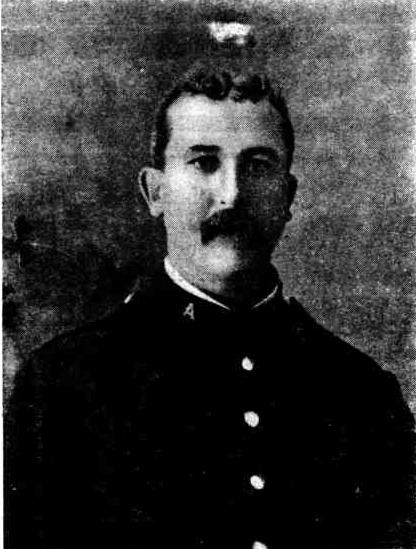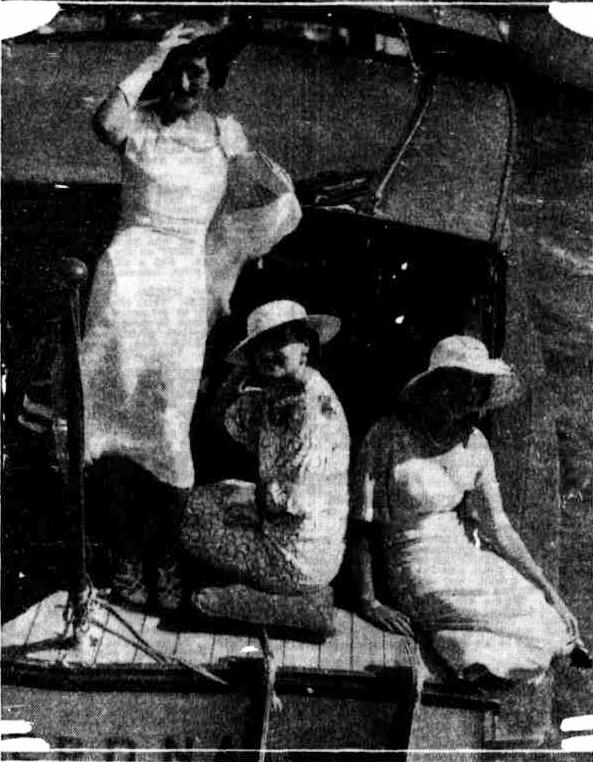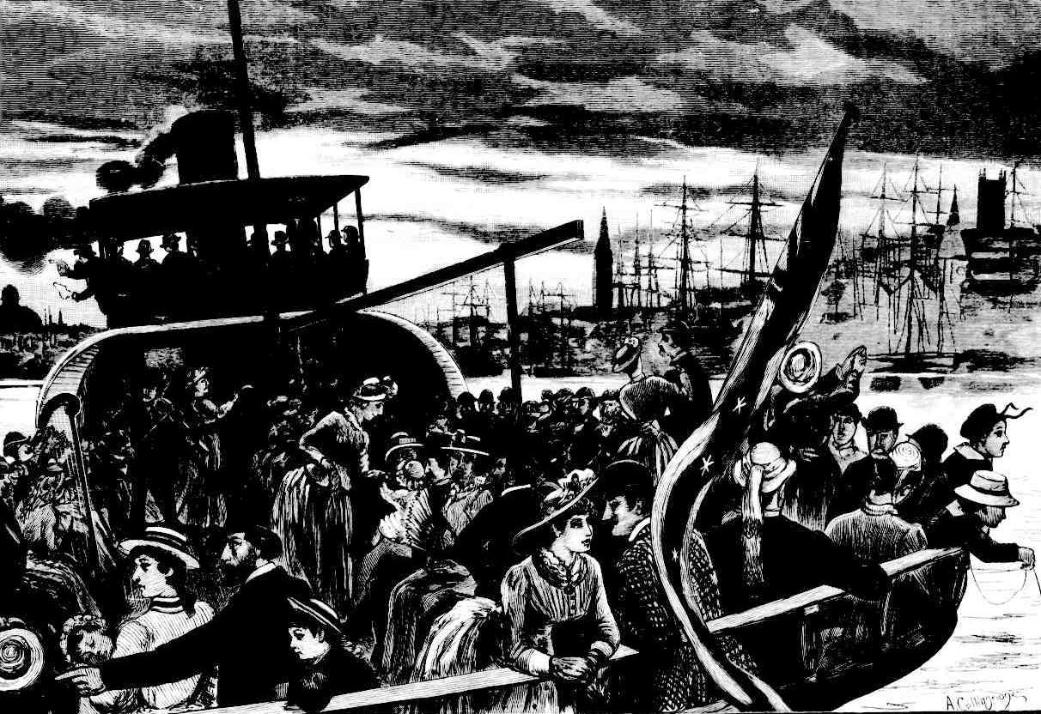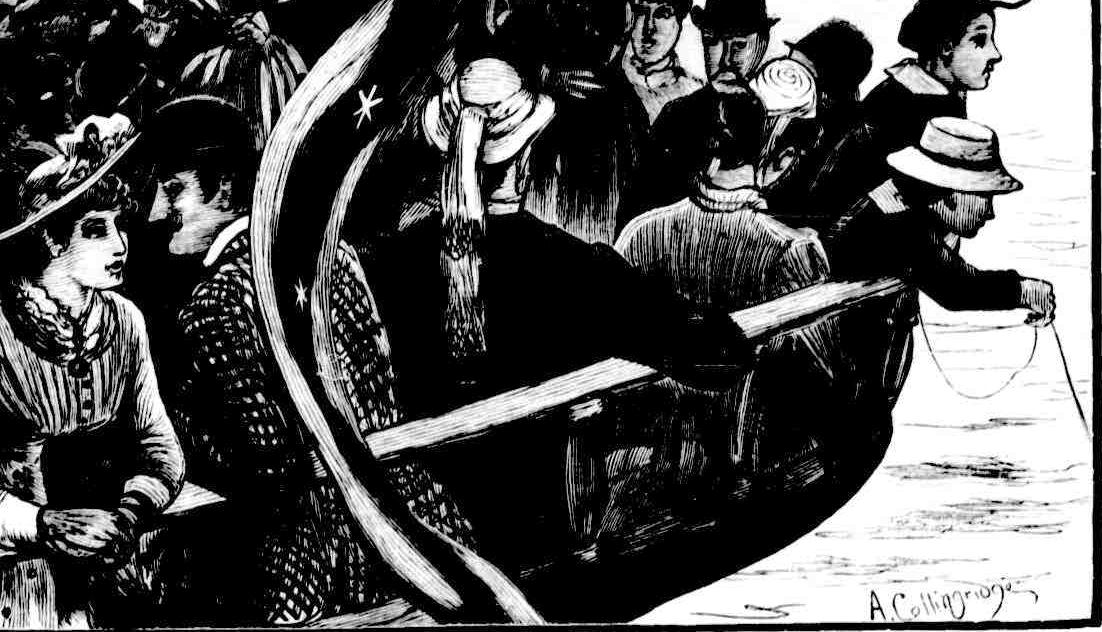Extras and References
1. Samuel T. Pees. Oil History. Whale - Sperm Oil. 2004. Retrieved from http://www.petroleumhistory.org/OilHistory/pages/Whale/sperm_oil.html
2. Sperm whale. (2017, March 27). In Wikipedia, The Free Encyclopedia. Retrieved from https://en.wikipedia.org/w/index.php?title=Sperm_whale&oldid=772480299
Agricultural Society - 1828
We here subjoin a list of the officers and corresponding and subscribing members of the Agricultural Society.
The gentlemen designated as officers, are His Excellency Lieutenant-General Darling, Governor in chief, the Patron Vice-Patron.— The Honorable Alex. McLeay, F. R. S. and L. S., Colonial Secretary, and Member of the Executive and Legislative Councils.
Honorary Members.— The Hon. Captain Rous, R. N.; Thomas Fowell Buxton, Esq., M.P.; their Honors Chief Justice Forbes, and Mr. Justice Stephen ; Edward Barnard, Esq., Colonial Agent; Thomas Andrew Knight, Esq., President of the Horticultural Society, London; Robert Brown, Esq., Vice-President of the Linnean Society; John Barrow, Esq., F. R. S., Secretary to the Admiralty.
President.— Sir John Jamison, Knight, and K. G.V. Vice-Presidents.—The Rev. Samuel Marsden ; Hannibal McArthur ; and John Blaxland, Esquires. Treasurers.— Messrs. Jones and Walker. Secretaries.— George Thomas Palmer and A. B. Spark, Esquires.
Corresponding Members.—Messrs. J. Hugler, President of the Agricultural and Horticultural Society, Utenhage, Cape of Good Hope ; E. C. Emmett, Honorary Secretary to ditto ; (Dr.) Hooker, Professor of Botany, Glasgow ; Joseph Sabine, Secretary to the Horticultural Society, London ; Charles Telfair, Mauritius; C. R. Princeps, Calcutta; (Dr.) Wallack, Superintendent of the Botanic Gardens, Calcutta ; Robert Barclay, London; Allan Cunningham, King's Botanist, New South Wales; and Charles Fraser, associate.
The subscribing members are 154 in number— and comprise Messrs. Andrew Allan, George Allen, Edward Aspinall, James Atkinson, William Balcombe, A. M. Baxter, Henry Bayly, Willoughby Bean, Archibald Bell, (hon.) Alexander Berry, J. B. Bettington, John Bingle, John Black, Wm. Bland, John Blaxland, John Blaxland, junior, Gregory Blaxland, Gregory Blaxland, junior, Wm. Bowman, William Bradley, Wm. Bradley, junior, Richard Brooks, Henry Brooks, William Broughton, William Brown, John Brown, W. J. Brown, G. D. Brown, (Captain) Bunker, Geo. Bunn, J. T. Campbell, Wm. Carter, Phillip Cavenagh, James Chandler, James Chisholm, Win. Cordeaux, Wm. Cox, Wm. Cox, junior,. George Cox, Robt. Craw-ford, T. Cumming, J. B. L. de Arrietta, (Major) D'Arcy, P. de Mestre, John Dickson, John Dight, (Major) Druitt, Lesslie Duguid, Henry Dumaresq, Wm. Dunn, W. F. Faithful, Robert Fitz, (Hon. Chief Justice) Forbes, George Forbes, William Foster, (Rev.) Henry Fulton, Frederick Garling, J. T. Goodsir, John Harris, J. S. Harrison, (Rev.) Thomas Hassall, Samuel Hassall, Jonathan Has-sal, James Hassall, T. F. Hawkins, F. A. Hely, Patrick Hill, Matthew Hindson, John Hook, John Horsley, Wm. H. Hovell, Wm. Howe, J.G. Howe, Robert Howe, Charles Howard, ———— Howey, Thomas Horton James, Sir John Jamison, Thomas Icely, George Innes, Richard Jones, E. J. Keith, (Captain, R. N.) King, James Laidley, Wm. Law- son, Wm. Lawson, junior, John Lawson, Nelson Lawson, Wm. Lethbridge, Wm. Lithgow, Francis Little, Edmund Lockyer, Robert Lowe, Hannibal McArthur, John McDougall, Andrew McDougall, James McDougall, John McHenry; John Macka- ness, P. McIntyre, A. K. Mackenzie, (hon. Alex ) McLeay, Donald McLeod, A. McLeod, John Mac-laren, Thomas McVitie, (Rev.) S. Marsden, Charles Marsden, David Maziere, (Rev.) G. A. Middleton, Thomas Moore, W. H. Moore, J. J. Moore, James Norton, Nathaniel Norton, Henry O'Brien, John Palmer, John Palmer, junior, G. T. Palmer, Geo. Panton, James Phillips, John Piper, Thos. Raine, David Ramsay, George Rankin, (Rev.) Thomas Reddall, Edward Riley, James Robertson, John Robson, T. B. R...., S. S...., G.T. Savage, Ellis M. Scott, W. Simpson, A. B. Spark, (hon.) John Stephen, John Stephen, Francis Stephen, John Street, George Suttor, Charles Throsby, F. W. Unwin, William Walker, (Rev.) W. Walker, (Dr.) Robert Wardell, J. P. Webber, (Major) West, (Rev.)——— Wilton, T. W. M. Winder, Edward Wollstonecraft, and John Wood. OUTRAGES. (1828, September 26). The Australian (Sydney, NSW : 1824 - 1848), p. 3. Retrieved from http://nla.gov.au/nla.news-article36867849
Order. 24--Lady Wellingaton (brig), 196 tons, Cliff master, from London via Hobart Town,-- agent; 10 casks ruin, 1 box books, 1 box Stationery, 1 box ink, 8 casks blacking, I box sauces, 9 kegs mustard, 2 boxes oilmuan's wares, 1 cask glue, 6 barrels rosin, 12 kegs paint, 3 cases tin ware, I cask rotten stone, I cask filfrve oil, 1cask jspanned goodls, I nmat lamp cotton, 1 case cottons, 2 cases hate, 2 boxes artificial flowers, E. Parker; I case piano forte, I case slates, J, Orton; 25 bags saltpetre, 3 casks wrought iron, 33 boxes 3 casks I bundle ironmongery, 2 casks blocks, I cask furniture, I case baize, W. Walker & Co.; 5 cases hats, I bag - - R. Uther I blhd. rum, I lhhd. brandy, 1 hlhld. Generl, 50) or.saks beer, 6 tierces wine, 2 kegs unils, 3 tri-pots, 2 copper coolers, 2 anchors, 39 bundles iron b ops, 2 iron hoops, I bWick Iron, 2 bundles paws and )hovels, 1 cask I bundle tin ware, 1 bundle copper, I shedt lead, 6 grindstnes, 30 barrels gunpowder. 5 cases muskets, I case rifles, I case gsartouch boxes and belts, I cask fishing-tackle, 2 cases cutlery, 2 cases harlpoons, I carse saddlery, 6 Sbalesslops, I-cask bats, 2 bapes clothl, I casestuffs, I case haberdashery, 6 cases I bale cottons, I cask refined augar, I bug coffee, 4 chests tea, 3 bags sugar,. I barrel cocoa nuts, I barrel raisins, 9 packages apples, 80 ash oars, E. FI. Cliffe. Shipped, at Hobart Town,-1l ease straw bonnets, 2 cases Leghorn bonnets, 2 cases lits, 1 trunk shoes, 1 bale woollens, 2 bales blankets, 2 packages nails, 2 copper coolers, 80 bags sugar, 12 cases bottled fruit, 10 pipes brandy, 20 baskets tobacco. SYDNEY GENERAL TRADE LIST. (
1832, June 2).
The Sydney Monitor (NSW : 1828 - 1838), p. 3 (AFTERNOON). Retrieved from
http://nla.gov.au/nla.news-article32141319
THIS DAY, a Match for One Hundred Pounds, will take place between Seven Whale Boats, which has created considerable interest among the amateurs of Aquatic Sports.
The following are their names and Colours:
NAMES. - CAPTAINS. FLAGS.
{Death's Head & "Rubicon," DANIEL, } Marrow Bones.
" Woodlark," GRIMES, Green.
"Lady Wellington," CLIFF, Red Cross.
" Lady Rowena," RUSSELL, White Cross.
" Noormuhul," TABOR, Red & white.
" Elizabeth," 'FINNIS, Blue.
" Sir Wm. Wallace" Carter, Green & white
They are to start from Slaughter House Point, Dawes' battery, precisely at 3 o'clock, and to round a Flag Boat moored off Bradley's Head, and back ; the first boat to receive two-thirds of the Stakes, the second the remainder.
The race will afford considerable amusement, as there is great competition between the parties, some backing the Colonial-built Whale Boats, three of which are entered, and others preferring the English. The boats are the best in the Colony, and the Crews are first raters. The Sydney Herald. (1832, July 30). The Sydney Herald (NSW : 1831 - 1842), p. 2. Retrieved from http://nla.gov.au/nla.news-article28654102
Sporting Intelligence.
BOAT RACE.—A beautiful rowing match took place on Monday, between seven whale boats, be-longing to the whalers now in port, starting from the Slaughter House Point round Shark Island, a distance of about ten miles, for a sweepstakes of £15 a boat, the first boat to receive two-thirds of the money, and the second boat the remaining third. Shortly before three the various boats took their stations, and at three o'clock a signal gun being fired from the Rubicon, away they started in fine order, the Woodlark's taking the lead, but for a very short distance, the Lady Rowena's and Rubicon's shooting ahead of her, bow and bow, and it appeared that the struggle would be left to be de-cided by these two boats, the crews of both showing they understood how to handle their oars in masterly style ; but after rounding Shark Island, the Wallace's and Elizabeth's began to draw ahead of the Rubicon's, who appeared from the arduous struggle to have become exhausted, and began to drop astern ; the Lady Rowena's still kept ahead. A gun fired from the Rubicon announced the arrival at the starting place of the first boat, and they came in, in the following order ;
Lady Rowena, 1 , Sir William Wallace, 2 ; Elizabeth, 3 ; Rubicon, 4 ; Normuhul, 5 ; Lady Wellington, 6 ; Woodlark, 7.
The first boat was not only built, but manned and steered by native youths, who appeared in high glee on the occasion. Captain M'Murdo, of the Zebra, undertook the whole of the arrangements, so that every thing went off with the utmost regula-rity. In the evening the Captains of the various vessels, to whom the boats belonged, partook of a dinner at the Royal Hotel.
REGATTA.—The lovers of Aquatic Sports will receive a high treat this morning, by paying a visit at noon to any of the Promontory's overlooking that splendid piece of water called Port Jackson.The gentlemen commanding the various Whalers, and other vessels in harbour, have determined not to proceed to sea without trying the respective merits of their Boats and Crews, at pulling, and the following Matches and Races have resulted
therefrom—
1st. A match for £50, between Captain RUSSELL'S boat, " Currency Lass," colour White, and Captain CARTER'S boat, " Erin go Bragh," Green
and White.
2nd. A Race for a Purse of 40 Guineas, be-tween 8 Whale Boats, belonging to vessels in harbour, to be manned by Crews belonging to any
vessel.
OWNER'S NAMES. BOATS NAMES. COLOR.
Capt. DANIEL'S, Dan Devil, Death's Head &c.
" CARTER'S, Erin go Bragh, Green & White. Shamrock, White & Green.
" TABOR'S, I'm Coming, ' Red & White.
" FINNIS'S. Blue eyed Maid, Blue.
" TAYLOR'S, Australian, Blue White Cross.
" GRIMES', Currency Lad, Green.
" RUSSELL'S Currency Lass, White.
3rd. A Sweepstakes for 30 Guineas, for Gigs of all classes, and Whale Boats, pulling five oars and under.
Capt. DANIEL'S Secret, Black.
" WIGHT'S Beef Boat, Red White & Blue.
4th. A Sweepstakes for 30 guineas.
Capt. M'Murdo, R. N. Zebra, Red Ensign.
Mr. KENNEDY'S Water Witch, Blue & White.
Capt. WIGHT'S, Tasmanian, Red White & Blue.
Ditto, Medway, White.
Mr. JONES'S Ncwha, Red.
Capt. DANIEL'S, Wanderer, Black.
5th. A Purse of £10 for Boats not exceeding 18 feet in length.
Capt. DANIEL'S, Whim.
" WIGHT'S, Harlequin.
And four other boats not named.
6th. A Sweepstakes of £10. for Licensed Water-men's Boats, with a pair of sculls each.
HUBBARD'S Mary Ann, Red.
MOULTER'S, Mary, Blue.
DODD'S, Ann, White.
PHILLIP'S Blue eyed Maid, Red & White.
LYONS'S, Hit or Miss, Blue & Red.
CHAPMAN'S, Bother'em, Blue & White.
ATKIN'S, Fire Fly, Blue White & Red
BROWN'S, Monarch, White & Red.
The 1st race to start from H. M. S. Zebra, Capt. M'Murdo, this day, at noon.
Two other Matches are expected to take place, which are not yet arranged. The three first races will be round Shark Island, and back to the station boat-the others as may be agreed upon. The signal gun will be fired from the Rubicon, at noon precisely, when the first boats will start.
Those desirous of entering their boats are to apply to Captain Daniel's before 11 o'clock.
All boats to be alongside the station boat, at Dawes' battery, by 1/3-past 11 o'clock, and report themselves to the Umpires.
UMPIRES.-Captains M'Murdo and Daniel.
STEWARDS.-Messrs. Kennedy and Oliver, and Captains Cliffe and Russell.
REFEREE.-G. Bunn, Esq.
TREASURER.-J. Campbell jun., Esq.
The Fair Jane, manned by four gentlemen amateurs, we understand, is ready to be matched for £50, to row with any boat in the harbour, with the same number of oars. DOMESTIC INTELLIGENCE. (
1832, August 2).
The Sydney Herald (NSW : 1831 - 1842), p. 2. Retrieved from
http://nla.gov.au/nla.news-article12844966
A MOSMAN HOME OF HISTORIC INTEREST - Disappearance of 'The Nest'
Mosman's Bay has just lost a very old landmark in ' The Nest,' the demolition of which has deprived the popular waterside suburb of its oldest home.
BUILT in the early thirties of the last.century by Archibald Mosman, after whom the bay was named, 'The Nest,' though it was not so called until after the late Mr. Richard Harnett acquired it towards the end of 1859, originally stood in 30 acres of ground, and, in the architectural language of the day, was what was known as a cottage orne, an appellation by which all middle-sized dwellings with verandahs and French windows were then designated. Situated on the eastern hillside, immediately overlooking the bay, and with its orchard, vineyard, kitchen and flower .gardens, and other attractive features, it was truly an ideal home. The house was built by convict labour, and the extraordinary thickness of its walls and other indications of the security that was obviously aimed at in its construction, seemed to suggest that the intention was to make it capable of withstanding anything in the way of an attack on the part of the convicts when employed about the place.
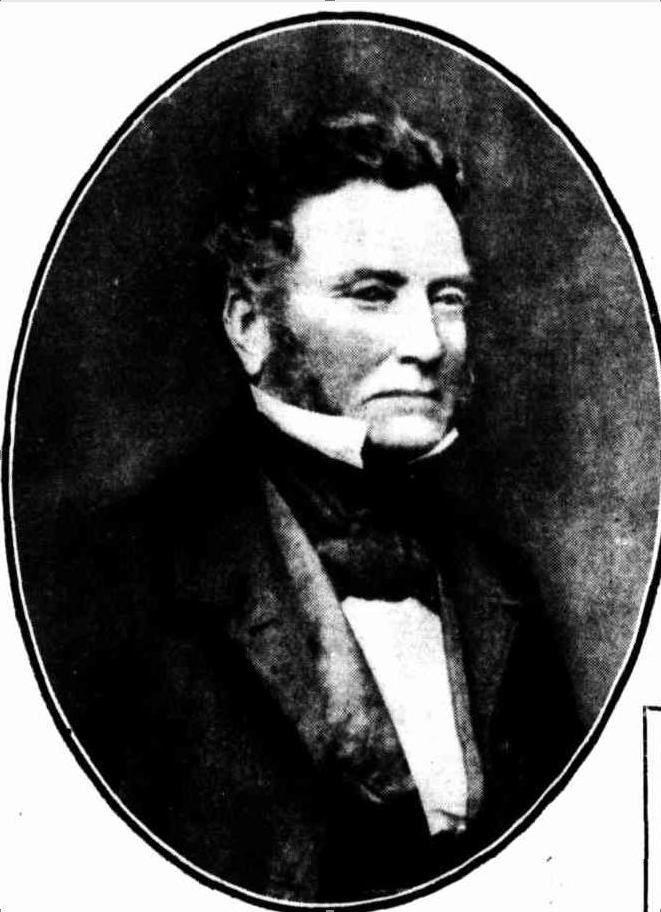
ARCHIBALD MOSMAN, After whom Mosman's Bay was named.
ANOTHER feature of the house, which for upwards of thirty years past had been in the occupation of the family of the late Professor Charles Bad ham, wras the flagged courtyard in the centre of the building, round which rooms were built. This alteration was effected by a much earlier tenant, Mr. John Stirling, after the plan of houses he had seen in the south of Spain. Mr. Stirling was a very well-known man in his day in Sydney. He was for many years chairman of that ill-fated institution, the Bank of Australia, and was Chief Inspector of Distilleries from 1847 to 1859. Mr. Stirling went to live at 'The Nest'' in 1844, and remained there 14 years, during which time he had the control of the heaving down establishment in the bay.
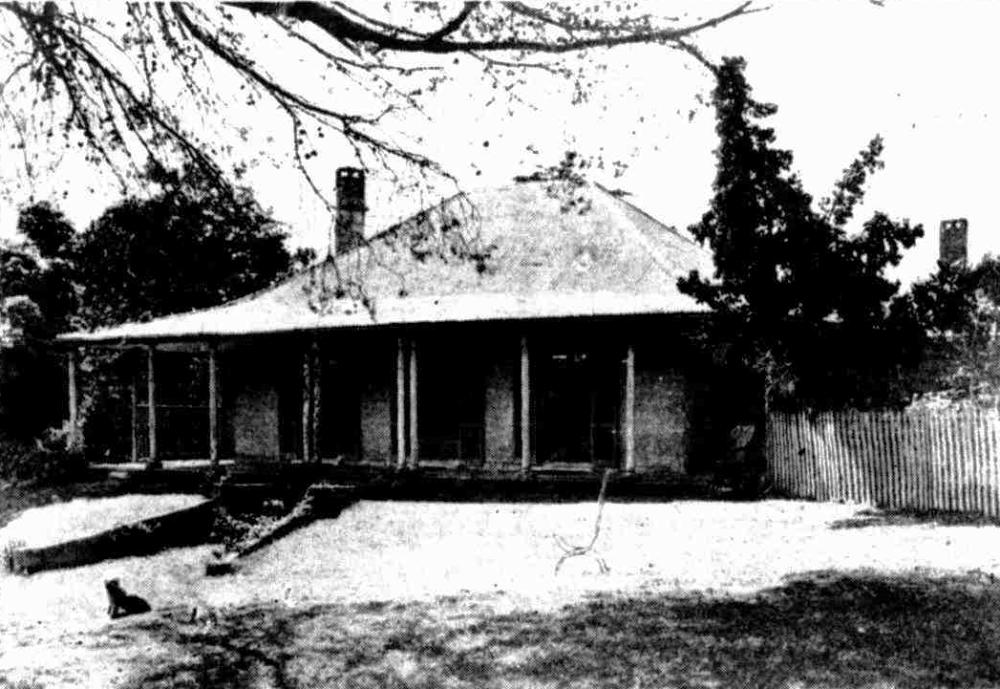
'THE NEST,' WHICH HAS JUST BEEN DEMOLISHED. Almost completely hidden from view by the trees by which it was surrounded, 'The Nest' stood on the hill overlooking Mosnian's Bay, near the ferry wharf. During its existence of nearly 90 years it was the home of some notable families, including that of Archibald Mosman, who built the house in the early 'thirties, when he established his whaling station in the bay.
A GOOD deal of 'style' was kept up at 'The Nest'' when John Stirling lived there. At this little out-of-the-way home, situated, as it was, in what was practically the bush of North Shore, the Stirlings had their butler, housemaid, parlourmaid, cook, gardener, and other servants. They had two guns in the grounds. of 'The Nest.' in the late 'fifties, and it was the. custom to welcome visitors from Sydney with a salute. The late Mr. Charles Gordon (afterwards Sir Charles Gordon, Bt.), was living there then, and the only other residence at the bay, besides the old stone cottage that stood near the bridge, was 'The Rangers,' at that time in the occupation of Mr. Henry Stuart Russell.
IN the early 'sixties Judge Forbes became the occupant of 'The Nest,' and it was during his residence there that an incident occurred which may explain the mystery surrounding the discovery of a gun that was recovered from the bottom of Mosman' s Bay in December, 1884. It was an old-fashioned weapon, one of the kind that talked so often to the French in Nelson's day, and was found by some workmen who were employed in sinking piles alongside the sea wall on the site of the present wharf. It was said to be an 18-pounder, but it was so corroded with rust as a result of its long submersion that the inscription engraved on it.,' with the exception of the letters 'G,R.,'' could not. be deciphered.
THE mystery about this gun is as to how it got into the bay, and what became of it after its recovery. By many it was thought at the time that it must have fallen overboard from the Sirius when she was careened there in 1789. It is, of course, quite possible that the gun originally belonged to Phillip's flagship, but it is very doubtful whether it got into the bay in the manner described. Much more likely is it that it was one of the two guns with which those salutes at 'Tin-Nest' used to be fired. When Judge Forbes was living there in the early 'sixties, the sons of Stuart Russell, in one of their boyish freaks, toppled one of the guns over the edge of the cliff on which it was standing, and sent it rolling down the hillside, and there is little doubt that it eventually found its way into the water. Mr. J. R. Stuart. Russell, one of the participants in that little frolic, has related that on 'festive occasions' his father- would . hoist the Union Jack on the tower at 'The Rangers,' and that this was the signal to Judge Forbes to fire off the cannon. Nobody seems to know what became of this gun.
OF Archibald Mosman's numerous family the best, known member was the Hon. Hugh Mosman, famous as the leader of the prospecting- expedition that discovered the Charters Towers goldfield, and for many years a member of the Queensland Legislative, Council. This son of the founder of Mosman's Bay was born at 'The Nest.' Two of Mr. Archibald Mosman's daughters married prominent Queensland politicians, Sir Arthur Palmer and Sir Thomas M'llraith, each of whom afterwards became Premier of the northern colony. The grounds in which 'The Nest' stood are now undergoing the subdividing process, and the old home will soon be but a memory. It is a pity; but its fate was inevitable.
A PICNIC AT 'THE NEST' IN 1864.
THE OLD RUSTIC BRIDGE AT THE HEAD OF THE BAY.
In the distance, on the left-hand side of the pictures, will be noticed a building with a spire. This was 'The Rangers, at that time in the occupation of the late Oswald Bloxsome, by whom the house was built in the early forties. It was demolished some years ago. A MOSMAN HOME OF HISTORIC INTEREST (
1921, September 21).
Sydney Mail (NSW : 1912 - 1938), p. 16. Retrieved from
http://nla.gov.au/nla.news-article162033818
NOTICE
IF Mr. JACKSON, of Newcastle, Pilot, does not send for his BOAT within the space of ten days from this date, and pay the amount due to me for repairs, I shall sell the same for my charges against her. JAMES KELL, Chowder Bay. Nov. 23,1837. Classified Advertising (
1837, November 28).
The Sydney Gazette and New South Wales Advertiser (NSW : 1803 - 1842), p. 1. Retrieved from
http://nla.gov.au/nla.news-article2214189
WRECK OF THE DUNBAR.
[From the Sydney papers.]
RESCUE OF ONE OF SEAMEN.
The miraculous rescue of one of the seamen of the ill-fated Dunbar, the sole survivor from the wreck, has been the means of removing a portion of the mystery which previously shrouded this awful tragedy. As soon as it became known in Sydney that a man had been saved, we directed enquiries to be made of the circumstances. It appeared that in the course of the forenoon of Saturday a boy on the rocks near the Gap saw a man on a ledge of rock below, making signals by waving some object. He immediately ran for assistance, which was quickly on the spot. Ropes were obtained, and a lad named Antonio Williska, a native of Iceland, volunteered to be let down. The man was then hauled up, and on reaching the top was immediately attended by Inspector Mortimer, in charge of the police, and by Sergeant Healy. He stated his name to be James Johnson, and that he belonged to the wrecked vessel. Some spirits were given him, and he was enabled to walk with slight assistance to the Marine Hotel, where he was placed under the care of Dr. West. Dr. Duigan was also subsequently in attendance. Johnson was immediately placed in bed, and of course carefully attended; but it is remarkable that, though he had been exposed for forty-six or forty-seven hours without food, yet he was but little exhausted. He had received very little injury, and in a few hours appeared to have almost entirely re-covered. He is a strong, hearty-looking man, between twenty and thirty years of age, and is, we believe, a native of Drogheda, in Ireland.
The courageous lad who was lowered to the assistance of the seaman was of course soon brought up after the rescue of the man; and in reward for his exertions a subscription was at once got up amongst the persons present, and the lad was sent home with fresh clothing, and some £10 or £11 in his pocket.-Sydney Empire.
EXAMINATION OF THE SCENE OF THE WRECK.
Shortly after daylight on Saturday, the Circular Quay became thronged with persons desirous of going down to the Heads by the Washington and o' her steamer reported to have been chartered to visit the locality where the wreck took place. A feeling of intense melancholy appeared to pervade the whole of those present, and the numerous coffins sent down to the wharf, to receive such bodies as might be picked up, added to the general gloom. It was a painful sight to witness the agonizing feelings of many who were there, either cognizant of the feet that their friends or relatives were passengers by the ill-fated ship, or expecting such to he the case. At about 10 o'clock, one of Mr. Edye Manning's steamers, in charge of Captain Sullivan, came alongside the Circular Quay, and such was the rush to get on board that stringent measures fcad to be adopted to prevent, as much as possible, any persons embarking other than those who were directly interested in the vessel and her passengers, who could perhaps identify any of the bodies, or who claimed a right to go on board as representatives of the press, or as holding some official appointment. The shells for the reception of the bodies having been shipped, the steamer left the wharf with about 60 or 70 persons aboard, among whom were Captain Pockley, the Inspector-General of Police, the Coroner, and several police-officers. The Harbour-Master's boat, with its crew, towed astern. The steamer went close along shore after rounding Bradley's Head, when one of the pilot-boats (Mr. Jenkins's) hailed her, and showed a gangway board, which was immediately identified as belonging to the Dunbar. Taylor Bay was closely searched by those in the Harbour-Master's and the Empire reporter's boat, and this investigation continued with great care until arriving off Hillery's Spit, in Middle Harbour.
The following is the result of the search:-In Taylor Bay nothing but small fragments of the wreck could be seen, but on pulling into Chowder Bay a large piece of the stern frame and quarter was discovered, flung close to the beach. This was all copper fastened with very strong bolts, and appeared to be entirely composed of teak. Washed on the rocks and strewing the beach in this vicinity were large quantities of candles, and several articles of wearing apparel, including coats, waistcoats, and trousers, some of which appeared to have been worn, and others were new. The pockets of these garments were searched, but there was nothing in them which would lead to a knowledge of the owners. On proceeding to the point between George's Head and Chowder, a large portion of the top ides of the ship was met with, apparently the quarter, to which was attached the dead eyes, and part of the mizen rigging. On George's Beach an immense quantity of wreck, planking, ribs, beams, another part of her side, and heaps of small fragments were strewn. Several persons were on shore here, some of whom had succeeded in discovering two bodies (a woman and a child), which were taken charge of by the Harbour Master and put on board the steamer, floating in this locality were a number of kid gloves, braces, and other articles of haberdashery; thence to Middle Head pieces of wreck, broken cases, hats, and clothing were constantly passed; and along the rocks could be discerned timbers,' beams, parts of spars, &R., but owing to the heavy sea rolling in it was impossible to go close enough to the shore to make a minute examination.
The Harbour-Master cruised to the south side of Middle Harbour, while the Empire reporter's boat searched on the opposite side. Masses of wreck and cargo had washed ashore all along this coast, but scarcely anything worth recovering. A lowermast, not much injured, was lying between the "Hole-in-the-wall" and the Big Beach. At Hillier's Spit an appalling scene presented itself. Under the overhanging rocks, from which the water was dripping fast, lay the bodies of 11 unfortunates. The first that was identified was the body of Captain Steane, R.N.; his face was not much disfigured, but his clothing was considerably torn; if the marks upon his linen had not showed who he was, his features could have been recognised. Close to him was the body of Mr. Downey, which had received severe braises upon the face and legs. These two alone amongst the passengers had their clothing on. A young midshipman, recognised as Sir. Williams, and whose linen was marked W, B. W, 24, had received severe contusions on the face, which was much swollen. It was evident that when the ship struck he was on deck upon watch, for he was fully dressed, and had on besides a monkey jacket and comforter; his right foot was broken near the ankle, and his clothing was much torn. A young lady, about 13 years of age, was nest found, who had not suffered much from contusions. Her body was not recognised then, bat she was remarkable for the smallness of her hands and feet. One of the most affecting spectacles was a woman with two children in her arms, and upon whose countenance, even after passing through the horrors of death, there still appeared a smile. A lady was recognised as Mrs. Waller, by her brother-in-law, Mr. J. G. Waller. A girl of 12, who had gold ear-rings, and another body of a female were not recognised. All around this place the space was covered with miscellaneous goods; in a small inlet were two bulls, and at the Spit another.
After leaving the Spit the steamer proceeded to Manly Beach, where four other bodies were taken aboard. Two were Jewish children; one was a sailor, and the other a man of large proportions, whose face was frightfully battered and disfigured, and whose body was also greatly bruised. The steamer subsequently proceeded outside, and coasted along as far as the Lighthouse, examining the rocks with glasses, bat discovering no appearance of any more survivors. One or two bodies, and many portions of bodies, however, having been recovered from the Gap, the steamer proceeded to Watson's Bay, and landed several shells, awaiting the return of the party who were dispatched with them.
Large numbers of persons lined the tops of the rocks, between the South Beef and the Signal-Station, quite up to night, gazing on the terrible spectacle below. As the sea rolled in, the most sickening sights were constantly presented. Several times during the day bodies, both male and female, passed slowly over the rocks, and disappeared again in the surf; while mutilated remains were cast up at almost every wave. In the afternoon, a courageous fellow, named Francis Osborne, was lowered on the flit rocks, over which the remains chiefly passed, and before sunset he had succeeded, at great personal risk, in grasping from the elements many portions of bodies. Many persons examined three mangled remains, but could trace no mark that would lead to identity. The greater portion of the limbs appeared to have belonged to persons of robust stature. The remains were placed in shells, and conveyed on board the steamer, when they returned to Sydney with the whole of the bodies which had been recovered during the day.-Empire.
FURTHER EXAMIATIONS.
The inquest having been postponed, a steamer (the Black Swan), with the Inspector-General of Police and other officials on board, proceeded down the harbour, and entered into every bay between the Cove and the North Head; the police boats, which were being towed, were detached, and a careful search made all round the beaches. Nothing, however, was discovered, until they reached Middle Harbour. There a party of the Water Police, under Inspector Cowell, have been stationed since Friday morning, and have found and landed sundry boxes of boots, casks of beer, boxes of raisins, stationery, and other portions of the cargo. All along the beach were pieces of the wreck, broken sperm candles, legs of chairs, and other pieces of furniture. It would be impossible to convey an accurate idea of the appearance of the beach-it baffles description. From end to end it is strewed with broken portions of the wreck, for the most part in pieces scarcely three inches square. Such has been the violence of the waves that the teak planks that were observed were rounded, as though the corners and edges had been taken off by a carpenter's plane. The peculiar appearance of this beach is considerably increased from there being scat-tered amongst the debris thousands of pieces of composite candles. Here, as elsewhere along the shore, the wreckers have been at work, many of the heavy teak beams having been cut half-through with an axe, and the heavy copper bolts by this means taken out. And here we may remark, that every precaution to pre-vent this sort of thing has been taken by Captain M'Lerie, who has been most energetic in his endeavours since the wreck took place, not only to recover the bodies of the unfortunate people who have come to this untimely end, but also, by stationing police along the shore, to prevent wrecking. Having proceeded as far as Manly Beach, the steamer crossed to Watson's Bay, where they took on board three bodies which had been recovered at the Gap. These bodies were recovered by Charles Bodgers, of the Bowling Alley, Parramatta street, and George Cox, a labourer, living at Waverley. Hopes were attached to the men, who were materially assisted in their praiseworthy efforts by Mr. Pilot Hydes, Mr. Moffitt, solicitor, and Mr. M'Mahon, of the Post-Office. The first body picked up was nearly perfect, and on the fleshy part of the left arm, between the elbow and wrist, the letters H. B. were pricked in. The second body picked up was greatly mutilated, only the trunk and one arm remaining. The third was perfect, and there were the letters G. M, inside an anchor, pricked in on the fleshy part of the right arm, between the wrist and elbow. These lifeless remains were placed in shells, and are now in the dead-house.
At Watson's Bay the steamer took on board Johnson, the recovered seaman, and then returned to Sydney.
_ The appearance of the Gap has now undergone considerable change. On Monday afternoon the fragments of wreck were fast disappearing, and the sea having greatly abated, several boats approached close to the base of the cliffs. George Mulhall, in his skiff, ran the coast down some distance to the south of the Signal Station, but saw no indications of any survivors from the wreck. Nearly abreast of the Flagstaff several spars are to be seen, and as the sea receded portions of the sails became quite visible, clearly showing that a portion of the hull still remained there.
An article of woman's apparel had been picked up, near a body sadly mutilated, marked "J. Logan." Empire.
THE LOCALITY OF THE WRECK.
A slight description of the locality where the late melancholy catastrophe occurred may be interesting to those not acquainted with it. From the South Head, on which the lighthouse stands, to the South Beef, at the entrance of Port Jackson, the distance is about a mile and a half. It is between these two points that the catastrophe occurred. The coast is very high and steep, and, indeed, may be said to be inaccessible. Next to the South Reef is a small bight commonly known as the Gap, and here are large table rocks nearly level with the surface of the water, and as smooth as if cut by the chisel of the mason. Here, perhaps more than any-where else, the breakers roll in with excessive violence. A little further south is another bight terminating in a deep and somewhat remarkable fissure in the racks; and it has been suggested that some chances of saving life might have existed had the unfortunate Dunbar struck here, as persons can go down this opening (and did do so on the day of the wreck) without incurring any risk, and this probably would be greater in the daytime. There is deep water alongside, but the rocks are by no means so steep, and are more easily climbed than in other parts.
The next bay is a very short distance from the Flagstaff at South Head, and is, we are of opinion, the place where the Dunbar struck. In the fearful sea that was running on Thursday night, it is a miracle that a single soul has been saved. We arrive at the conclusion that this was the place where the ship went ashore, as on the morning of the wreck no traces of the ship could be seen further south. When, however, the ebb tide made, this would send the wreck towards the entrance of the port, and the easterly wind and sea, assisted by the subsequent flood-tide, would drift the bodies and floating masses into Middle Harbour, where, indeed, the greater portion of the debris and a number of bodies were drifted.-Empire.
RELICS OF THE WRECK.
At Watson's Bay was picked up an interesting relic-a child's straw hat with a feather in it, which was shown to Johnson (the fortunate survivor), and he identified it as worn by one of the children in the tropics. We have heard that a piece of crochet-work, with the needle stuck in it, and a reel of cotton attached, was picked up at North Harbour. This melancholy relic of the calamity seems as if it were only just laid aside by the fair fingers that but a few moments after were motionless in death. The steamer, after calling at Manly Beach, and sending a boat up North Harbour (which, however, discovered nothing) stretched straight across for Watson's Bay, and received on board the bodies of three men, evidently seamen by the marks on the arms-one, with the exception of the top of the skull, and the loss of part of the left arm, was entirely whole, and seems to have been a fine man. The other two were only trunks, the mutilated remains of unfortunate sailors.
Mr. P. Cohen, of Manly Beach Hotel, saw two bodies floating, and tried to recover them; but, in consequence of the number of sharks, and the ferocity with which they fought for their prey, he was unable to do so. Mr. Moffat and a pilot are, we believe, the persons under whose directions the three bodies were taken from the Gap.-Harold.
THE INQUEST OF THE RECOVERED BODIES.
On Monday, at 11 o'clock a.m., an inquest was held at the King's Arms.
The first witness examined was James Johnson, who made oath on the Holy Gospel, and deposed-I am a seaman belonging to the ship Dunbar, commanded by Captain Green. I do not know the captain's Christian name. We sailed from Plymouth on the 31st of May last. I cannot tell the "tonnage of the ship. She was a large ship-a first-class ship. We left Plymouth on the 31st of May, with a large cargo. I am not able to state exactly the number of passengers. I know they were composed of men, women, and children. There were males and females in the steerage as well as in the cabin. There were no servants in the steerage. I am positive as to the date of sailing, and recollect well that it was on a Sunday morning. There were 59 seamen on the ship's articles, including myself; or, rather, including officers and all on board in the capacity of sea-men. The chief officer's name was Struthers.
We had a prosperous voyage up to the time of the wreck; in fact no accident or mishap had occurred during the previous part of the voyage. The vessel was not a leaky one. I noticed nothing particular on the voyage until we made King's Island, and that was on last Sunday week, August 16. It was blowing fresh that day, and the wind was "free." We were running on that day under double-reefed topsails-that it, when we made King's Island. We kept a look-out for that island the night before we made it. We made the island, according to the expectations of the captain, on the day first named. On such occasions a proper look-out is always kept by the ship's officers. We made the island under double-reefed topsails. I am quite positive that it was on the 10th instant that we made King's Island, and likewise that was the island we kept a look-out for on a night before. We made it according to the ship's reckoning, and we could see it very plainly. The wind was then from the westward. After sighting the island we shaped our course for Bass's Straits. The weather was very hazy from the time we made the land until we got free of the Straits. The sail was shortened from the stress of weather. Two reefs had oftreathe?l'wntf°|,SaI'S from nothing else but stress ehZlf ^: expecting to meet the land the captain shaped his course for the Straits. He was steering about east and by north; but I am not exactly certain ahrnit f'nVWb1"16^ Straits that night, or, rather, about 3 o'clock in the morning. We saw a light on the land. We kept our course straight on. The light was on the port bow. I cannot say what distance the was from us. There was no light; Change in the sea
S ^ 13» u,lU1 wc had Passed through the Straits. We made two boards on that day,
C'^r of the "'ani X have been to Melbourne before but not to Sydney. I am an able seaman, and have been II years at sea. I served my apprenticeship on the coast of England. I was employed la., 5. i~e between England and Ireland. I never ?rCJ Dunbar before this voyage. We next passed Kent-s Group, and made the light at Cape Howe. I do not know the light myself, but that is the name I heard it called on board. I kept no log. It was at night or in the evening, when we passed this light. I do not 2Ti?\li 1? ? 3 was ehia^ed after sighting that light; but I do know that we were running under double-reefed topsails along- the coast at Cape Howe.
It was however, raining, and very hazy and misty weather. We could see the coast sometimes. There was not a very heavy sea on. A correct look-out was kept but there was no person keeping a look-out aloft, neither was it customary to do so. The look-out was kept only from the forecastle. I believe a look-oat Is sometimes kept aloft in some vessels on nearing the coast. That night passed away very well. Next day we carried on more sail, and continued to do so until we sighted land off Botany. It was on Thursday evening we sighted the land on Botany; all hands distinctly saw the laud. There could be no mistake. After doing so we closereefed our topsails, and were close-hauled upon a bowline. The wind was about east and by north, and we were lying along the coast. When we made the land we were about 10 or 13 miles off. The starboard tacks were on board, and we were close-hauled on a bowline. We were close-hauled Mid running under easy sail. We shortened sail after making the land off Botany. There were three reels in the main topsail, and the fore topsail was closereefed. The mizen topsail was stowed. The spanker was brailed up. We took the second jib in, and also the main topmast staysail. The weather was squally accompanied with rain. From the time of sighting Botany the captain was on deck, and the chief officer was on deck. When we made the land about Botany it was about 6 or 7 o'clock on the evening of Thursday lit. After sighting Botany we kept on our course with our bearings. I saw the light at the lighthouse on the South Head shortly after 7 o'clock that evening. I swear positively it was shortly after 7 o'clock on Thursday evening last I saw the light of the Sydney lighthouse. The vessel was then laying her course about north-east and by north. She had not plenty of room for she was making too much lee-way. I knew she was making lee-way, and I believe it was because she had not enough of sail upon her.
Captain Green was all this time standing upon the poop. The sails at this time were not shaking; they were full. The captain was not saying " luff," "starboard," or " port." The captain and chief officer were on the deck from 8 to 12 o'clock that night. The watch went below by orders aud were relieved at 8 o'clock. At that time it was raining hard. The light at the lighthouse was seen only at intervals, but when seen it was distinctly seen. It is a revolving light I am sure. I remained on deck because I belonged to the chief officer's watch. The captain remained on deck notwithstanding that the wateh was relieved, and he gave the orders as usual Everything was properly attended to as usual. All orders were strictly obeyed, and there was nothing whatever to show that there was any dissatisfaction or disobedience on the part of the crew. We then stood along the coast until wc fetched the lighthouse. The light was upon our lee mizon rigging. Tile ship was not labouring heavily She obeyed her helm readily. There was one man at the wheel until the orders were given by the captain to "square away." On the port side was the lee-mizenrigging. The captain was walking upon the weatherside of the poop when all hands were called. When the light was seen on the mizen-rigging all hands were piped by the boatswain, and all hands immediately obeyed the call. All hands were called to "wear ship." Those were the orders given by the captain and the words were passed from the lips of the boatswain himself. The orders in the first instance had been given by the captain to the chief mate, and by the latter to the boatswain. We did not "wear ship" after all hands came on deck. When all hands came on deck the order was given to "square away." When we got the yards squared the order was given to haul the foresail up. The order was immediately obeyed, and the yards were squared. The ship was then kept away before the wind. The light was distinctly visible; but only at times. To the best of my belief when the word was given to 'square the yards," the light had just previously been seen. I swear the light had been seen immediately before the order was given to "square away." When the yards were squared away the vessel was running on a top sail, and it was blowing very fresh. It was about 11 o clock when the hands were called. Perhaps a few minutes past 11 o'clock.
There was a look-out upon the forecastle. An able seaman had been placed there for the purpose of keeping a look-out for the land. The second and third mate had also been sent to keep a look-out on the forecastle. After sending the second mate forward, the captain called out, "Do you see anything of the North Head?" The mate said "No" When I saw the light she had it a bit upon the port bow. The captain then again called out, "Can you see anything of the North Head?" The forecastle watch cried out "No." The captain then said to the man at the wheel, "Keep your luff a bit." No order was given to brace the yards at that time. I heard distinctly the words " Keep your luff."
The position of the ship was then changed a small bit. Shortly after that the second mate called out, "Breakers ahead." The captain then called out to the man at the wheel " fort your helm." We were hauling in the port braces when the captain told us to haul the yards round. When he told us to haul on the port braces we heard the cry of breakers ahead. He then called ont, "Brace the yards sharp up." The order was quickly obeyed. There were 13 able seamen in each watch. There was no want of hands to work the ship. We could see the light at this time. The light was right over us. A few minutes after we hauled the yards round.
When the captain saw the light he did not give orders to alter the position of the yards; and about two minutes afterwards we bumped upon the rocks. The ship went broadside on to the rocks. At the time of striking we were endeavouring to stretch out to the eastward. Her head was lying to the northward, and she was drifting with the rise and fall of the sea. At this time the passengers had come from between decks, and were running about the maindeck imploring mercy, and uttering piercing and heartrending cries for succour. The ship was lying broadside on in the heavy surf. The captain was standing upon the poop, cool and collected. I could hear no orders given after the ship struck.
There was great cou when the word was given that the ship struck. With the first bump the three topmasts went overboard. The first sea that breached over the vessel staved the quarter boats. There was no boat lowered from the vessel. The mizenmast went first by the board. The foremast stood a long time. She was in the surf about five minutes before she began breaking up, and then went with a great crash. I was on deck, standing on the poop. The first sea that breached over the vessel knocked me down, and I immediately got up and took hold of a rope. I then ran down into the cabin where I found one of the skylights open. I saw nothing of the captain after this. The sea was breaking over the vessel when she struck. We made only one signal. We sent up a blue light. It was the steward who set the blue light oft, at the captain's order. The light went over the land. It was visible upon the port shore for three or four minutes. The light was discharged just before the vessel struck. I got into the cabin, and out of one of the skylights. I then got on the weather-side and crept in to the mizen mains. The vessel kept continually breaking up aft, Finding the vessel breaking up aft, I moved forwards into the main chains, and subsequently into the fore chains, where I found the captain. This portion of the vessel also broke up, and I found myself upon four planks. The next sea which came washed me up among a lot of broken timber. We saw no vessels in the evening. We did not stand off the land at any time. I did not hear the captain say at any time, “If I stand off the land I shall be driven to the northward." If the captain had seen my danger he could not have laid further off the land than he did. The captain did all in his power to save the vessel, and neglected nothing so far as I saw. I think when the captain gave the order to square away he was under the impression that he was entering the Heads until he heard the second mate cry out "Breakers ahead;" but that is only my own surmise. The officers did not tell him that they saw North Head. Nor did any one else say so, because it was not to be seen. There was no opening to be seen that I could detect ; in fact, I could see nothing ahead at all. I was n«t apprehensive of danger; and just before we struck I thought we were going straight Into the harbour. It was the second mate who gave the alarm of "Breakers ahead." It was somewhere about the port bow we struck the rocks first. As she bumped she fell over, and then it was impossible to lower a boat. The sea did not make a clear breach over at first. : We had four boats, two upon each side. There is not the least truth in the report that the longboat had been branched, or that any passengers had got into it. I am quite sure that all the men were sober and steady. We were allowed only one glass of grog daily. Great many of the crew were working their passages out at a shilling a-month. After I found myself upon the rock my senses returned, but I could hear nothing except the noise of the sea. The first thing I saw in the morning was the dead bodies floating in the sea. I saw that I was the only person there I was about 10 yards above the level of the sea. The sprays washed the rock upon which I was sitting, but it was not at all slippery. I was not in danger of being swept away. I had a blue shirt on, a singlet, and a pair of drawers. I have met with only one injury a mere bit of a scratch upon my knee. I am quite positive about seeing the light just before we went ashore. It was only a few minutes before the yards were squared away. There was no such person on board the ship as Oliver George Jones. There was no person of the name of William Cousens on board.
By the Foreman-The ship was not altered after sighting Botany from 7 till 11 p.m. The vessel was going close-hauled, going about three knots an hour. I cannot say bow far the ship was off the land when we saw Sydney light. When we squared away we brought the light on the port bow. It was not more than half an hour from the time of squaring away till she struck Both anchors were ready. The captain and all officers were on deck.
By the Coroner-I am not aware that any soundings were taken.
By the Foreman-When the yards were squared, and the vessel put before the wind, she run about five or six knots an hour.
By the Coroner-The vessel was not pressed.
By Mr. Raphael-There might have been time to have let go the anchors after she struck, but she would have veered on. I identify the bodies of the following persons:-Young Mr. Williams, midshipman: Charles Sappy, I be here formerly in the water-police here: the boatswain; also, John Givaren, seaman; a servant-girl of Mr. Waller, one of the cabin passengers; also Mr. Waller's eldest daughter, and I think one of Mr. Myers's children, a girl. Among the passengers, X knew an old captain of the Navy, Captain Stearne; I have identified his body. I have never been into this harbour before. Miss Logan was a passenger. She was about 20 or 21 years of age. Also, two Masters Logan: they used to dress in a kind of French uniform. There were about 65 passengers. Mr. Waller and Mrs. Waller, and either five or six children, were among the passengers. The boats were not lowered, but everything was in readiness to lower them. Tire weather was too hazy on Thursday to take an observation. Mr. and Mrs. Peek were passengers. They came on board at Plymouth; also Miss Logan and her brothers. The vessel was fully laden, drawing about 18 feet. There were not any deaths or births during the voyage. The crew and passengers were all healthy. There was a Master Weiss on board. He was an apprentice. Doctor Baine was the doctor of the ship; and the third officer's name was Fascoe. The second officer's name was Spence. One of the midshipmen was named De Verd. There were six midshipmen on board. The captain's steward's name was Ward. We had four life-buoys on board. The chief cuddy steward was named Sam. We had four bulls and two milch cows, some sheep, and pigs on board. There were three Finlanders among the able seamen, and about eight Dutchmen. The men in my watch were Alexander Munro, William Miller, John Lewis, Thomas Chapman, John Douglass, John Colestou, Geo. iemar, Harry Cummings, Jolui Guy. These men were all in the starboard watch. The following were some of the men in the port watch. William Horn and
»n. Were three apprentices, Horn, McGuffy, and Allen. Among the steerage passengers I knew Mr. and Mrs. Healy and three children Mrs. Brown and one child, Mr. Clarke, wife, and two children; also a Mr Bynon, whose wife I think I heard was out here. Mr. Bynon, I think, went home in the Dunbar last voyage. The ship was fully manned and in trood discipline. We found the ship always work well, and kept good headway in stays. There was a gentleman on board in the habit of reading prayers to passengers and crew. I think it was Mr. Waller. There was a Mr. Troaghton among the passengers. This Mr. Tronghton told me during the voyage that he had a brother drowned off Cape Horn. The captain was universally respected in the ship.
Other evidence was taken, and the Coroner briefly summed up. After a discussion of about three quarters of an hour, the Jury returned the following verdict:" The Jury find that the bodies viewed are- those of some of the passengers and crew of the ship Dunbar, out of London, commanded by Captain Green, and bound :o this port, and that the said ship Dunbar was wrecked outside of the Sydney Heads, close to the Gap, on the night of Thursday, the 20th August, causing the death of the said parties. There may have been an error of judgment in the vessel being so close to the shore at night in such bad weather, but the Jury do not attach any blame to Captain Green or his officers for the loss of the Dunbar."
The Jury also appended to this the following rider:" The Jury consider it their duty to put on record their opinion that the present pilot arrangements for this port are most inadequate, and desire to draw the attention of the Government to this matter."
The inquest concluded shortly before 11 o'clock.-. Empire.
THE FUNERAL
The interment of those bodies which have been recovered from the wreck of the Dunbar took place on Monday. The public offices were all closed at 2 o'clock, and shortly after that hour business in the city was entirely suspended, and almost all the shops, including a. large number of the public houses, were closed. The flags on the ships in the harbour were all half-mast high, and the city wore a most dismal aspect.
The footway of George-street was lined from end to end with men, women, and children, all of whom seemed deeply affected with the melancholy spectacle they were assembled to witness. Shortly after 6 o'clock about a hundred private carriages had drawn up in Lower George-street, as seven hearses had arrived at the deadhouse, Circular Quay. In one of these hearses, the panels of which were open, was placed the coffin, covered with the Union Jack, containing the body of Captain Stearne, R.N. In the remaining six were placed coffins, the contents of which were as follows
One, C. Sapple, a seaman of the Dunbar, formerly a man-of-war's man, and who was about eighteen months ago employed in the Sydney Water Police force; two, a boy aged about three or four years, name unknown; three, parts of human bodies picked up at the Heads on Sunday by Mr. MoSUtt and Mr. M'Mahon; four, trunk of a female, unknown; five, a young female, unknown; six, John Gaven, a seaman of the Dunbar, formerly a man-of-war's man; seven, the boatswain of the Duabar; eight, a female, unknown; nine, a bey, supposed to be Master Healey; ten, parts of human body; eleven, male, unknown; twelve, female unknown; thirteen, portions of human bodies; fourteen, trunk of a boy, unknown; fifteen, portions of human bodies; sixteen, supposed to be the body of Mr. Struthers, chief officer.
The procession was then formed in the following order:
Advanced body of Mounted Police.
Band of the Royal Artillery.
The seven Hearses, the last one containing Captain Steame's body.
Officers and seamen of H.M.S. Herald.
Chief Mourners, in mourning coaches; James Johnson, the Water Police Magistrate, the Port-Master, and the Inspector-General of Police.
Several mourning coaches.
The Royal Artillerymen, accompanied by their Officers, and Captain Scott. The City Police. The Carriages of the Members of the present Ministry, and about 70 private carriages.
Each hearse was flanked by two mounted policemen, and the entire procession was flanked by the City police.
The cortege moved from the Circular Quay towards the Cemetery about 6 o'clock, and arrived at Camperdown about 7. The bodies were lowered into a large grave, and the funeral service read by the Rev. D. C. Kemp, by candlelight. A very large number of persons had assembled at the Cemetery to witness the ceremony. The bodies having been duly interred with the usual solemnities, the procession returned to Sydney. The undertakers engaged were Messrs. Stewart and Dixon; and the Cemetery Company generously gave the ground without any charge whatever.
Mrs. Waller and her servant were buried privately; a large number of citizens following them to the grave.
BODIES RECOVERED AND IDENTIFIED BY THEIR FRIENDS.
Mrs Waller, identified by Mr. J. G. Waller.
Master Myers, identified by Mr. Jacobs, and supposed to be three years and a half old.
Master Myers, supposed to be 12 years old, identified by Mr. Jacobs.
Mr. J. P. Downey, recently an architect in this city, identified by his father.
Capt. Stearne, R.N., identified by the sailor Johnson.
A female servant of Mrs. Waller, name unknown, identified by Johnson.
Body of a young lady, supposed to be Miss Waller, and identified as such by Mr. J. G. Waller; but decided by the medical witness to be the body of a married woman. Body of the boatswain, name unknown, identified by Johnson. Body of a man, identified as that of a seaman known as Sappy or Sappo. Mr. Williams, a midshipman; about 18 years of age, first voyage, light hair.John Gaven, a seaman.
Master Healy, a little boy, three years old.-Empire.
THE LATE WRECK.-
The body of another female was recovered on Monday, under the following circumstances:-Mr. Graham, of the firm of Donaldson, Graham, & Co., started in the steamer Premier, to explore the shores of the harbour, and went in her all round the North Side. The body now in question was brought to the steamer in the boat of Mr. Collier, tide surveyor, and was conveyed by the steamer to the deadhouse. The body was that of a female, and had been picked up off the rocks opposite the hospital ship Harmony, in Spring Cove. Deceased was a young woman, from 25 to 30 years of age. She was measured, and was found to be 5 feet 6 inches high. She is a beautifully formed woman, with remarkably small hands and feet; and the body is perfect, with the exception of the scalp being carried away. She had a wedding-ring on her linger, with a plain keeper. These rings bear the initials W. D., and are in the possession of Mr. Miller, of the firm of Muriel & Miller, at whose place they can be seen. Three books have also been found, two of them having the name of J. Webb written on them. Herald. WRECK OF THE DUNBAR. (
1857, September 12).
Adelaide Observer (SA : 1843 - 1904), p. 5. Retrieved from
http://nla.gov.au/nla.news-article158115356
THE DUNBAR.
(From the Illustrated London News, December 24th, 1853.)
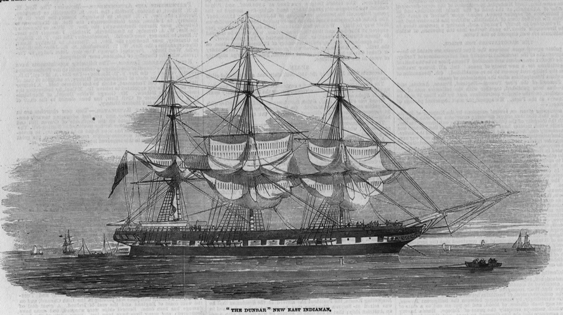 The Dunbar, which is the property of Duncan Dunbar, Esq, of London, is the. largest ship by nearly 300 tons that has ever been built at Sunderland, where she was launched on the 30th ultimo. She was constructed at the building-yard of Mr. James Laing, by whom a large portion of Mr. Dunbar's splendid fleet, amounting now to nearly 35,000 tons, has been built. A few years ago the building of a ship of nearly 2001) tons burthen on the Wear, would have been considered a dream, and that the feat has now been accomplished is a proof of the mastery which science, capital, and perseverance have obtained over natural obstacles in these go-a head days of Free Trade and stimulating competition.
The Dunbar, which is the property of Duncan Dunbar, Esq, of London, is the. largest ship by nearly 300 tons that has ever been built at Sunderland, where she was launched on the 30th ultimo. She was constructed at the building-yard of Mr. James Laing, by whom a large portion of Mr. Dunbar's splendid fleet, amounting now to nearly 35,000 tons, has been built. A few years ago the building of a ship of nearly 2001) tons burthen on the Wear, would have been considered a dream, and that the feat has now been accomplished is a proof of the mastery which science, capital, and perseverance have obtained over natural obstacles in these go-a head days of Free Trade and stimulating competition.
The dimensions of the Dunbar are : — Length of keel for measurement, 201 feet 9 inches; extreme breadth, 35 feet; depth of hold, 22 feet 7 inches ; height between decks, 7 feet 3 inches. She is 1080 tons burthen ; her register tonnage being 1321. Her timbers are of British oak, and she is planked and decked with East India teak. She is built for strength, stowage, and durability, yet withal is a graceful model. She is extra copper-fastened throughout, and her iron knees and other fastenings areof enormous strength. Tlie masts of the Dunbar are. in keeping with the rest of the ponderous structure; they are built of leak. The mainmast weighs nine tons ; the foremast eight tons, nnd the mizen in proportion. The poop is eighty-two feet in length, and seven feet in height; it is tastefully panelled in front, and ornament-ed with a row of pillars of polished teak, and it will be flitted up with all tbe elegances of modern upholstery for the enjoyment of first-class passengers. Great attention has been paid to ventilation in all parts of the vessel. The between decks has the appearance of a large hall, each berth being separately lighted. The Dunbar has been carefully inspect-ted by many of the first shipping authorities, who have unanimously declared her to be the finest merchant ship afloat ; and in strength, quality of material, and work-manship, nil] bear comparison with the best productions of the dock-yards of this or of any other country in the world. THE DUNBAR. (
1857, September 9).
Bathurst Free Press and Mining Journal (NSW : 1851 - 1904), p. 4. Retrieved from
http://nla.gov.au/nla.news-article62047741
'The magnificent clipper ship Dunbar, 1321 tons register, 2500 tons burden, Captain James Green, sailed from Plymouth on Sunday morning for Sydney direct. The Dunbar is one of the fine fleet of Mr. Duncan Dunbar, of Limehouse, engaged in the Australian trade, carrying first class cabin passengers and a very limited number of second class. The vessels on this line are despatched monthly from London, and call at Plymouth for the convenience of embarking passengers-the dispatch of the ships from Plymouth being placed in the hands of Mr. Wilcocks. - Ibid. [New Zealand Gazette, June 6] SHIPPING RECORD (
1857, August 21).
Empire (Sydney, NSW : 1850 - 1875), p. 5. Retrieved from
http://nla.gov.au/nla.news-article64983962
JOHNSON, THE DUNBAR SURVIVOR.
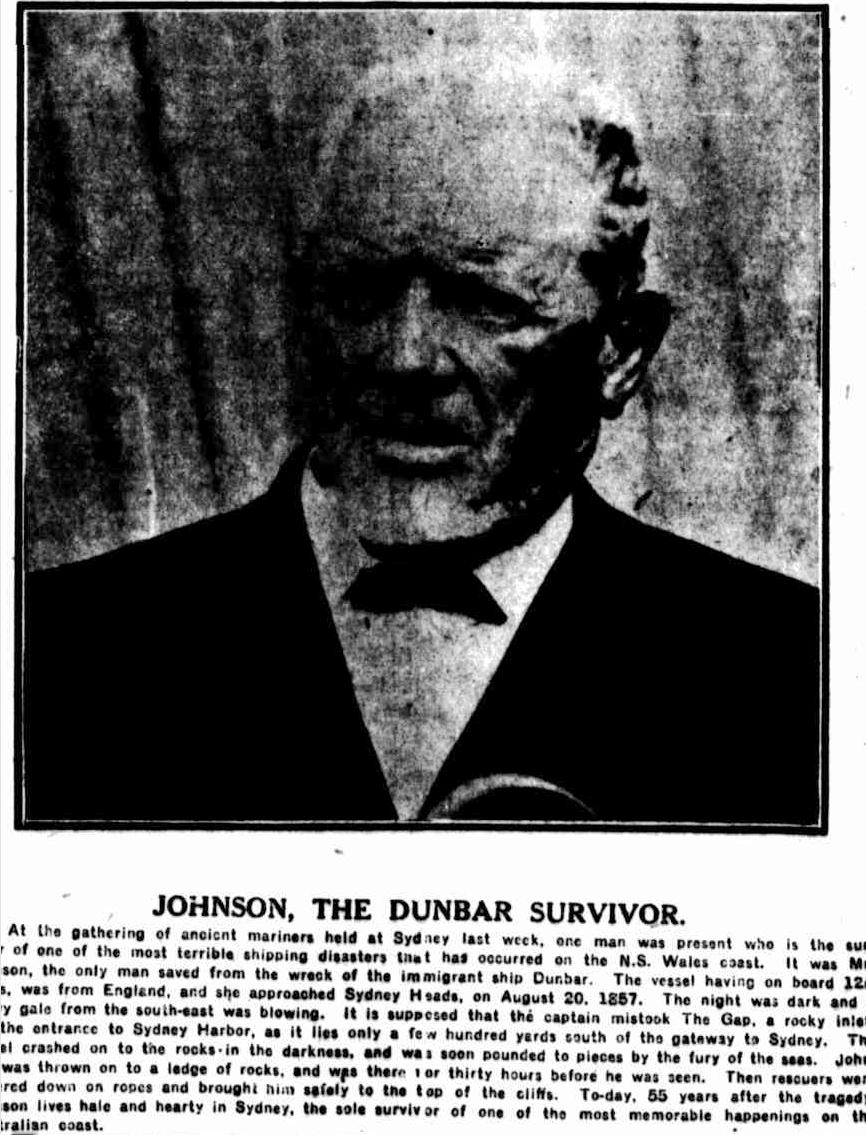
BIBLE FROM THE DUNBAR
By G. A. KING
THE ship's Bible salvaged from the Dunbar, which was wrecked near Sydney Heads 97 years ago to-day will be used at the annual commemoration of the dis-aster at Camperdown Cemetery to-day. The Bible has been in the possession of the Whealey family, of Manly, since it was picked up at what is now known as Forty Baskets Beach on the day of the wreck of the Dunbar—August 21, 1857.
The Bible has been handed to the Rector of St. Stephen's Church, Newtown, because of the association of Camperdown Cemetery, in which the Church stands, with the wreck.
Many of the victims of the Dunbar disaster are buried in the cemetery. It is likely that the Bible will be passed to the cemetery trustees for preservation with other relics of the Dunbar. Accompanying the Bible was a statement by the Whealey family, recording the story of the recovery of the volume.
It is stated that much wreckage from the Dunbar was cast upon the Forty Baskets Beach, near the home of John and Jane Whealey. Their sons, Daniel and William, searched the wreckage. Among the debris was the Bible.
One hundred and twenty passengers and members of the crew lost their lives in the wreck. There was only one survivor, James Johnson, a seaman. For many years after the wreck he was stationed at Nobbys (Newcastle) lighthouse, and died in 1915.
THE Bible is slightly water stained, but its otherwise good condition is probably due to its having been kept in a box, perhaps a watertight case similar to the tin or steel deed boxes then in general use. A few of the pages, including the title page, are missing.
The Commonwealth Secretary of the British and Foreign Bible Society, the Rev. H. M. Arrowsmith, closely examined the Bible. He found the date "1838" at the beginning of the New Testament.
Mr. Arrowsmith said the volume is one of the editions printed at the Pitt Press, Cambridge, by John William Parker, printer to the Cambridge University.
On the inside of the Bible is the name of Daniel Whealey, and the date "August 21, 1857"—the day on which the Dunbar was wrecked.
Underneath the name of Daniel Whealey is a quotation from Proverbs: "A good name is rather to be chosen than great riches, and loving favour rather than silver and gold. The rich and the poor meet together: the Lord is the maker of them all."
There is pasted in the Bible a membership certificate of the Juvenile Temperance Association of New South Wales in the name of William Whealey, dated September 19, 1869. This society was founded earlier in that year. BIBLE FROM THE DUNBAR (
1954, August 21).
The Sydney Morning Herald (NSW : 1842 - 1954), p. 10. Retrieved from
http://nla.gov.au/nla.news-article18423642
C F Hemmington - Notes
To the Editors of the Sydney Morning Herald
Gentlemen -On Saturday, the 11th instant, I noticed in your paper a letter from the Turon, signed by W. H. G., casting certain reflections on myself, but knowing that if must emanate from some vindictive or envious feeling, I felt at first disposed to treat them with silent contempt however, on reflection, feeling more interest for the cause in which I am engaged than for any personal attack, I deemed it justice to the diggers to answer that mischievous production, more particularly, as two of the gentlemen are now fortunately in Sydney, who took an active part in getting up the Address which Mr W. H. G. basely assent to be my own composition. As far as that part sou, I shall leave the author to answer for himself Mr W H C also states that I was closely ensconced in my store at Oskey Creek at the time that danger was apprehended, when at the same time I was in the midst of the crowd conversing with Mr. St Julien, the special reporter for the Sydney Morning Herald, which that gentleman perfectly recollects A all 1 more remarkable occurrence took place tending to establish the fallacy of that statement, I called at the commissioner’s quarters and was conversing with the commissioner^ Messrs Green and M'Lain, respecting the working of Thompson a Bar, on leaving there I received a fall, when Mr Green and Mr. Johnson most kindly led me back to Mr M'Lam a room until I recovered In the next place Mr W H G states that I endeavoured to take upon myself tho merits due to the Rev Messrs Palmer and Piddington, in answer to which I would beg to my that I have long since held the two reverend gentlemen in very high esteem, which was much enhanced by their exertions on that day, consequently I should feel some pleasure in adding one gem to the laurel than in plucking one leaf from the wreath they on that occasion so richly earned.
The circumstance which I alluded to respecting Mr Green was not on this day or even at Sofala on the evening of the first day on which the new regulations were put in force trooper Hutchison was sitting in my office when a person came to my store to ask for balls or lead sod at the same time evincing great anger when he was gone Hutchison remarked to me that mischief was intended I said yes much violent excitement was provoked by the measures of that day and numerous plots were contemplated but which I still hoped as the foaling subsided we should be able to prevent If Mr. WHC will take the trouble to ask trooper Hutchison that question he will doubtless soon be satisfied on that point I recollect when Mr Maxwell came to Sydney on behalf of the diggers a letter appeared in thE Empire stating that he was not recognised by the general body at the same t me a subscript on was made up amongst them to defray his expenses Mr W H G answered that letter through the Bathurst Free Press and gave it as his opinion that the writer of the former was evidently one of the disappointed.
Mr. W H G may now I think; apply that epithet to himself and I should wish no bettor satisfaction than to see him engaged in the arduous task that I have undertaken after witnessing a display of his abilities at Bathurst. The honourable member for that county, who i» now taking a lively interest in our cause will doubtless recollect that at a meeting; of his consitluents at Mr Whitton's, Mr W H G e mt forward and wished to say something on behalf of the diggers when Mr Samuels justly observed that the meeting. was called for a different purpose however, a general ia brest being felt for the interest of the diggers and expoating (which they did) something Important ifcoy made no objection to his addressing the meeting In the mean time this self important orator. feeling overcharged with his imagined ability, reminded me of the mountain in labour, and when he obtained permission to vent his eloquence, the event was much the same, a managed to splutter oat a littler something which in reality amounted to nothing, si d shortly finding himself stuck fast, Mr. Samuels asked him if he had any thing more to say, when he answered in the negative, or d left the table, evidently blasting at his own imprudence So much for my envious friend is labouring (which I really do) in the present cause, I labour not for praise or public fame
I have endeavoured to set right a misguided Council, by just and substantial facts, which I defy to be denied, I have endeavoured to serve the diggers because they merit it, I have endeavoured to induce the Government to meet the wiahoi of the diggers, because in so doing they will advance their own interests and the interest of the public at large To unite the different bodies, and to prevent contention, is alone my aim, and should my humble efforts tend to promote the general public good, the height of my ambition is at ones attained Trusting you will do me the favour to give this insertion
I have the honour to be, Gentlemen,
Your very humble obedient servant,
C. F. HEMMINGTON. To the Editors of the Sydney Morning Herald. (1853, June 25). The Sydney Morning Herald (NSW : 1842 - 1954), p. 5. Retrieved from http://nla.gov.au/nla.news-article28644458
Charles Hemmington – 1842 – unclaimed letters
W PENDRAY. Senior, begs respectfully to inform his numerous friends and the public at large, that he has resigned his business as Merchant Tailor and Draper, into the hands of his son, and returns many thanks for past favors. W. Pendray, junior, begs leave to say, that the business, will continue to be con-ducted with such punctuality and diligence as will, it is trusted, merit public confidence.
W. Pendray, Senior, further begs leave to inform the Public generally that he has appointed and duly authorised .Mr. C. F. Hemmington, to receive and settle all his outstanding debts to the 31 st of December, lilli, whose receipt will be a sufficient discharge thereof. Mr. P. therefore requests all (lioso whose accounts are un-settled lodoso without’ delay; also, all claims against him to be sent in as be is about to leave for England,
N. B. All over due Bills and Warrants of Attorney, to be settled forthwith. Letters of business addressed to Mr. C. F. Hemmington, 9 George and Jamieson-streets. Classified Advertising (1842, February 8).The Sydney Gazette and New South Wales Advertiser (NSW : 1803 - 1842), p. 1. Retrieved from http://nla.gov.au/nla.news-article2555704
ROYAL PANTECHNICON,
PARRAMATTA-STREET.
Under the patronage of His Excellency Sir Charles and Lady Mary Fitz Roy, His Excellency Sir Maurice and Lady O'Connell, and most of the Elite of Sydney.
HIS Excellency the Governor has appointed Friday (this day), the 1st January, when he will open the Pantechnicon.
His Excellency and Lady Mary will be present in the forenoon, and the doors will open at ten o'clock, A.M. precisely, and continue open.
During the day, various pleasing amusements will be provided, and for the entertainment of visitors, the band of the 99th regiment, (who, by the kind permission of Colonel Despard, will be present) will afford that pleasure they are so well able to do. In addition, the services of some of the first-rate musical and vocal talent of the colony are secured for the occasion. And at night, a grand display of fireworks, such as are not known and were never seen in this colony, will be exhibited. These fireworks, which will be very beautiful, have been purchased at a great expense, and cannot fail to afford ample amusement.
Attached to the Pantechnicon is a large dam of water of eight acres, where boats will be in readiness for those who may so please to amuse themselves. Refreshments are provided in abundance, both day and night, and all who visit the Pantechnicon on the opening day cannot fail to be gratified.
The tickets for admission will be, single, 3s, double, 5s.
This will include day and night.
Tickets to be had of Mr. Aldis. George-street, and at the Pantechnicon, Parramatta- -
By order of the Committee,
C. F. HEMMINGTON,
Manager.
Advertising (1847, January 1). The Sydney Morning Herald (NSW : 1842 - 1954), p. 3. Retrieved from http://nla.gov.au/nla.news-article28649060
Pantechnicon The word "Pantechnicon" is an invented one, formed from the Greek pan ("all") and techne ("art"). It was originally the name of a large establishment in Motcomb Street, Belgrave Square, London, opened around 1830. It combined a picture gallery, a furniture shop, and the sale of carriages, while its southern half was a sizable warehouse for storing furniture and other items. The Seth Smith brothers, originally from Wiltshire, were builders in the early 19th century, and constructed much of the new housing in Belgravia, then a country area. Their clients required storage facilities and this was built with a Greek style Doric column façade, and called Pantechnicon, Greek for "pertaining to all the arts or crafts". Subsequently, special wagons were designed with sloping ramps to more easily load furniture, with the building name on the side.
MANLY BEACH.
Yesterday, Boxing- day, the people of Sydney left I their homes en masse, and shaking off from their feet the dust of the city, hied them as swiftly as steam would carry them to the sea shore. The great crowd ', numbering, we should say, some ten thousand, flocked towards Manly Beach, and the carrying capacities of the dozen steamers employed were severely tested. We missed on this occasion, when it was most needed, the presence of the band, whose members, if they had exercised forethought, might have reaped a splendid harvest. But though lacking harmonious strains, there was animation enough aboard the steamers, every one of which was literally crammed with passengers, so crammed, indeed, that the speed of the vessels was very materially reduced. But nothing whatever occurred from this over-crowding, and we must commend those in charge of the boats for using due precautions that no accident happened. Manly itself throughout the day was alive with holiday seekers, who dotted the sea-shore, ascended the rocks leading to the fairy bower, wandered hither and thither laughingly around and about and through the maze, clambered up to the camera tower, where a magnificent landscape lay glorious before them, and lingered about Grocotts Pier Hotel, where there was no lack of good things for sustenance and refreshment. Some of the more lusty among the people hurled quoits, whilst not a few played at a game in which the chances were twenty to one in favour of the individual who promoted the sport. The game was simple, but calculated to fill the pockets of the ancient mariner, who perpetually sang out, " Three halfcrowns for a shilling," and -who uttered now and again, sarcastic phrases, which inflamed the weak-minded, and tempted them to spend more shillings in the fruitless endeavour to gam half-crowns. The game is called "Three Sticks a Penny ; " but this cunning old man, as it was holiday time, charged a shilling for three sticks-and certainly, he circumvented the vernal rustics in a marvellous manner.
He was only playing upon the gambling propensities of his supporters, some of whom, we believe, could ' not pay their passage back to Sydney. But wisdom , must be bought. As the Manly Beach donkies have become rather notorious of late, owing to the illustrious personages who have bestraddlcd them, we wish to say a word in their behalf. We all know that donkies have skins of perdurable toughness, and are of slow and uncertain pace, but the Manly Beach donkies ought to refuse work altogether. We saw some of them cruelly used yesterday, so badly and abominably treated as to ex-cite angry comments from passers-by. The half-starved animals, for they have no flesh, and their bones preach how innutritious is the salt bush, were loaded with boys, and were kicked, cuffed, and thrashed in a shameful manner. The owners of these donkies, if they have bowels of compassion, ought to prevent these abuses, for they are flagrant and patent, and are a disgrace to Manly. There was no music at Manly, an omission much to be regretted, and probably a bond could not be obtained. MANLY BEACH. (
1859, December 27).
The Sydney Morning Herald (NSW : 1842 - 1954), p. 4. Retrieved from
http://nla.gov.au/nla.news-article13034926
A large concourse of the citizens and ladies of Sydney, together with a great many visitors to the city from the country, flocked on board, the steamers belonging to the Illawarra Steam Company, on purpose to enjoy their holiday, hold in honour of the anniversary of her Majesty, QUEEN VICTORIA OF ENGLAND, yesterday.
The vast majority of the ships in the splendid harbour of Port Jackson were decorated gaily with flags of all nations. -
' The star-spangled banner' of that most glorious off-shoot of the British name and nation, floated at the mizzen peak of every American vessel in the harbour.
The tri colored flags, of France and of Holland, were displayed upon the vessels belong to either nation. :
Mr. Manning, the principal of the Illawarra Steam Company, made the most liberal and extensive arrangements possible for providing accommodation for all who wished to spend-their, holiday at Manly Beach. The steamers laid on for the occasion, comprised the " Pelican," the " Black Swan," the " Emu," the " Kiama," the " Williams," and the " Hunter."
The last mentioned vessel is the largest of the group, and was commanded by Captain Sullivan, as courteous, skilful, and complaisant a commander, as ever carried a vessel on the broad, beautiful waters of Port Jackson.
There were between 600 and 700 passengers on board of the Hunter steamer, and during the-day between 12,000 and 13,000 persons visited the beautiful indentation in Sydney Harbour known as Manly Bench.
The Hunter steamer left the Phoenix Wharf shortly after eleven o'clock ,in the forenoon, and the passengers had a most interesting opportunity of beholding all the most lovely spots and promontories of this splendid harbour. The wind was southerly and westerly, very slight at first, but becoming more turbulent as the entrance to the Heads became apparent. The Phoenix passed rapidly by Pyrmont and Balmain, thence through a fleet of vessels, decorated with the flags of all nations. Thence past Goat Island, Danes' Battery, the lovely promontory of St. Leonard's, with the Artillery Barracks on the opposite side ; past the European-(formerly a mail steamer) lying in the stream ¡ past the Queen's men-of-war Iris and Cordelia, at anchor off Fort Denison ; past Kirribilli Point and Fort Denison, Neutral Bay, Macquarie Fort-allowing to the passengers a splendid view of Government House and the surrounding scenery past the masked battery at Lady Macquarie's chair; past Woolloomooloo Bay, Rushcutters Bay, Cyrus Cove, Clarke's Island, and Bose Bay, where the splendid mansion of Sir Daniel Cooper is visible, and thence leaving Bradley's 'Head, on the starboard side, passing Milk Beach, George's Head, entering into view of the light-houses-the old one, called "Macquarie’s," and the new one, termed "Hornby's light ; " past the Sow and Pigs, so dangerous even to friendly mariners, and so, fatal, if proper precaution be not adopted, to foreign invaders.
It would be too great an amount of trespass upon our space to describe further the immense and numerous beautiful views of Sydney harbour. One ought to feel a sentiment of combined gratitude and pride at being an Australian by birth or by adoption, when regarding it from the prow or bulwarks of a swiftly-gliding vessel.
Inspector Quirke, of the District Police, was on board the Hunter, steamer, with a portion bf the force under his command, and materially assisted in preventing in-jury to person or property; by the hasty endeavours of passengers by the numerous steamers to land. .They arranged many of those disputes which some how or other unavoidably arise in so large a congregation of visitors to a previously "terra incognita".
All the land about Manley Beach is laid out in a most interesting manner. After passing Mr. George Birch's, New Brighton Hotel, the visitor is shown, by the courtesy of the police officer residing in the neighbourhood, up Constitution-hill, past a labyrinth, or maze, nearly completed, then up to the camera obscura, a tower where Mr. William Bagnall displays to his numerous visitors his extraordinary powers. By means of the use of the camera obsoura, all the motions of vessels and boats in the harbour, even the undulations of the waves, can be distinctly rendered visible (and with more certainty) as by a person watching them out of doors. The boat races of the Manly Beach Regatta were as plainly apparent in the camera obscura, and more so, than to an out-of-door spectator. Mr. Bagnall has fitted up his "tower" in a most amusing style, and it is eminently adapted for the recreation of invalids, or of persons who desire a little relaxation from the ordinary and onerous duties of business routine. Amongst the various other novelties introduced by Mr. Bagnall, is a Russian bagatelle board of a very singular sort, rendering the amusement one most intrinsically of chance. Even with regard to little children's entertainments, Mr. Bagnall has had regard; having fitted up some of the most extraordinary yet perfectly secure swings possible, in the, midst of the natural harbour which surrounds his toner. The views from the highest altitude of the tower on every side are of the most lovely description ; that on the north-west side comprises an immense panorama of ocean view hill and dale. Mr. Bagnall's photographic rooms are first-rate, and he has so ably arranged his machinery as to be competent to take photographic likenesses, particularly those of young children in the most speedy yet concise manner. He has also a cave under a canopy of solid rock commanding a very lovely and extensive view per mere per terras, just under his tower.
There are some very excellent baths kept by Mr. Guest, at Manly Beach, perfectly safe, secret, and commodious, comprising cold, warm, vapour, shower, and others, fitted up with every requisite, and in a style of extraordinary luxury combined with economy, principally with a view to their use by invalids.
Mr. Charles Hemmington's Fairy Bower was well attended throughout the day. It is situated a short distance from the pier of Manly Beach, and is composed of a quantity of refreshment tents, with tables and seats formed from the trees and caves, let to picnic parties at moderate rates.
Amongst the various vessels ran by the Company throughout the day of rejoicing, the Emu, commanded by Captain Ferris, is especially worthy of notice from its swiftness and the kindness of the commander. MANLY BEACH. (
1859, May 25).
Empire (Sydney, NSW : 1850 - 1875), p. 4. Retrieved from
http://nla.gov.au/nla.news-article60402086
This item precedes what would become, in 1871, the establishment of marine reserves for defence along our harbour shores and the restriction of selling lands needed for this. It is included here because it refers to a fear by the writer of Americans being invaders of Sydney during the time they were engaged in the civil war for the abolition of slavery and has kept the first spelling of Chowder Bay, as 'Chouder' intact.
PREPARE FOR ACTION.
THE event which many have for months foreseen is at hand. England is about to be drawn into a contest with the Federalists of North America, and the first news of the rupture will in all probability be brought to our shores by the war vessels of the enemy. The impossibility of the North conquering the South, is now admitted by every one, except the wretched penny-a-liners and pot-house politicians of New York. The low rowdies and braggart raga-muffins who, under the name of the great Re-public, hoped by the power of a vast confederacy to overawe, bully, and ultimately trample under foot all the order and respectability of the world, have seen their evil hopes vanish into thin air. The wings of the American eagle have been clipped, and, like baffled fiends, the, owners of that bird, desire to do us much mischief as possible before their final defeat. No country do they hate-no country have they ever hated, as much as England. They hate it for its aristocracy, for its conservatism, for its wealth, for its respectability, for its virtue, for his integrity, and lastly, and above all, FOR ITS FREEDOM While vainly indulging in empty boasts of their monopoly of that commodity, they have been compelled themselves to see, and to let the whole world also see, by one more example in addition to the thousands with which history teems, that FREEDOM cannot exist under the control of a mob.
The well-regulated order which the glorious and time-honoured Constitution of England, has enabled her to preserve amidst the utter collapse of the American democracy, is gall and wormwood to those who sought to invert the natural laws of humanity, and place power exclusively in the hands of persons destitute of that intelligence and prudence, without which all powers un-checked, must sooner or later become intolerable. The abolition of slavery has nothing to do with the American contest. The Yankees of Boston, and the drab-coloured men of Pennsylvania would aid the South to bind the slave in triple bonds, if their fatal principles of unbridled democracy could, by such means, be made to prevail. The worthy log-splitter, Lincoln, who, to his own discomfort and the disgrace of those who placed him in the position, is now the Dictator of the North, has not concealed the fact, that he and his party are contending, not for the freedom of the slave but for the reconstruction of the Union, and the power which an unlettered and uncontrolled mob at all times desire to possess, for the purpose of menacing those who are wiser and better than themselves. The piratical instinct is the natural growth of such principles as those which have placed such an utter nobody as Lincoln at the head of thirty millions of men. It is that instinct which will drive the men of Washington into a war with England.
By the invasion of Canada, and the fitting out of hundreds of privateers, they can put England to enormous cost and do great damage to her shipping and her commerce. Their speedy defeat and signal chastisement are certain, but their object will be accomplished if they can inflict on England some portion of the misery under which they are now prostrated. Their discomfiture in such a contest, about which they themselves can hardly entertain a doubt, will, the more readily pave the way for that gigantic act of repudiation by which, and by which alone, the national debt which they have with such unexampled rapidity and prodigality created, can be discharged. Split up into fragments, the nation which issued the "green-backs" will disappear, and the individual members of the dissevered corporation will commence afresh, equally destitute of character and obligations.
These speculations may or may not be entirely realised, but one thing is certain, and that is, that it is our duty at once to prepare for action. Not an hour is to be lost.
We have men and material enough if properly handled to guard effectually against an attack, not merely of a few Yankee pirates, but of any force which they could send to our shores. We have somewhere about sixty serviceable guns in our various forts, and four Armstrong guns (forty pounders), with travelling carriages, arrived a few days since. There can be little doubt that not one of our guns is placed where it ought to be.
From Chouder Bay, Rose Bay, Double Bay, and the East of Garden Island, any vessel could destroy Sydney with the most complete impunity at the present moment, and no risk would be incurred in getting into any of those positions. If Sir William Denison had taken the utmost pains to establish his utter incapacity as a military engineer, he could not have succeeded more completely than he has done in the planning of our present fortifications. They are, perhaps, the most discredit able military failures ever witnessed, and it has always been a matter of surprise that they have not been long since dismantled.
Our fortifications should be where Sir John Burgoyne recommended them to be placed-at the Heads. Unless we are prepared to arm every point and island in the harbour as far as the Cove, the enemy should be kept below the Sow and Pigs shoal. Nature has given us every facility to accomplish that object. The eastern channel is narrow and impracticable for large vessels, and the western channel can be approached only, in such a manner as to expose an enemy to a concentrated fire, for a time sufficient to prevent any vessel passing, if the batteries were aided by a few obstructions which could be readily placed to impede the navigation. The extreme point of Middle Head has been already prepared for the reception of eight guns, and the southern side of it for four more. George's Head could in a week be prepared as an earthwork for eight others. We should thus have twenty guns, every one of which would do effective service upon any vessel from the moment she came abreast of the South Reef.
A heavy 10-inch gun on a traversing platform, on the high bluff immediately to the south-east of the new light house, and a similar gun on the point at the south end of Camp Cove would complete the fortifications. Those two guns, well handled would prove formidable to any enemy. The four Armstrong guns placed in the first instance on the point at the west end of Shark beach, to which a road already exists, and where a platform for the guns with an earthern breastwork could be constructed in a few hours, would aid all the other guns ; and, in the event of the lower batteries being passed, they could be removed to Darling Point, or the point at the east end of Elizabeth Bay, to which a road could be made without much difficulty or delay. Half dozen old unserviceable vessels could be moored as fireships between the south end of the Sow and Pigs' shoal and George's Head, and fitted with the means of ignition by galvanic battery from the shore. The steam-tug Washington might be plated with iron an placed in the hands of our Naval Brigade, to be used either as a ram or for the purpose , of carrying one large gun at the bow. For all the guns abovementioned our thirty regular, and 200 volunteer artillery, assisted perhaps by 100 men from the garrison, would be sufficient, leaving our rifle volunteers to take such positions according to circumstances, as might enable them most effectually to pick off the enemy. The plan here sketched is, I submit, one worthy of consideration, and it is put before the public in the hope that it may contain some suggestions which, if acted upon in time, will save us from the disgrace of being surprised by a contemptible section of that buckram fleet which the British-built and British-manned Alabama has for more than a year been able to set at defiance.
Department of Lands,
Sydney, 7th February, 1871.
RESERVES FROM SALE.
HIS Excellency the Governor, with, the advice of the Executive Council, directs it to be notified, that in pursuance of the provisions of the 4th section of the Crown Lands Alienation Act of 1861, the lands specified in the schedule appended hereto shall be reserved from sale for Harbour Defences.
J. BOWIE WILSON.
No. 6. County of Cumberland, parish of Manly Cove, at Dobroyd Hill, between North and Middle Harbours, Port Jackson, containing 250 acres. The Crown Lands within the following boundaries : Commencing near Grotto Point at the southern extremity of the east boundary-line of Win. Clarke's 20 acres; and bounded on the west and south by the east and north boundaries of that 20 acres northerly 7 chains and westerly 18 chains; thence by the east and north boundary of Charles Heasley's 20 acres northerly 17 chains westerly 17 chains to the east boundary of Win. Yates' 20 acres; thence by the east and north boundary of that land northerly 10 chains and westerly 11 chains to its north-west corner; and thence by a line west 1 chain to the east boundary of T. Jones' 60 acres ; and thence by the east boundary of that land bearing north 25 chains to the south boundary of Thos. Ellis' 11 acres and perches; thence on the north by part of the south boundary of that land and part of the south boundary of T. H. Lewis' 10 acres and 25 perches easterly to the north-west corner of T. H. Lewis' western portion of 10 acres thence by the west boundary of that land bearing south 10 chains; thence by the south boundary of that land and its easterly prolongation, forming partly the south boundary of T. H. Lewis’ eastern 10 acres, being in all a line bearing east 21 chains thence by the east boundary of the last-mentioned 10 acres bearing north 10 chains to the south boundary of Thos. Lewis' 10 acres 3 roods and 32 perches thence by the south boundary of that portion and its easterly prolongation, being in all a line bearing cast 11 chains and 78 links to the west boundary of John Whaley's 20 acres thence by that boundary bearing south 19 chains to its south-west corner; and thence by the south boundary of. that land and F. A. Hely's 20 acres, being in all a line bearing east 34 chains 20 links to the waters of Port Jackson; and thence on the south-east by the waters of Port Jackson south-westerly, to the point of commencement. [71-158 Ms.]
No. 7. County of Cumberland, parish of Willoughby, at George's Head, about 86 acres 2 roods. The Crown Lands within the following boundaries: Commencing at the northeast corner of Jas. King's 150 acres and bounded thence on the north by a road 1 chain wide dividing it from C. Nathan's 18 acres and C. Beilby's 20 acres and 21 acres bearing east 26 degrees 21 minutes north about 12 chains and east 29 chains 20 links to the west boundary of C. Beilby's 10 acres; on the east by part of that boundary and by the east boundary of a reserve at George's Head bearing south in all 20 chains; on part of the south by a line west 1 chain to the north-east corner of F. Bellamy's 5 acres 2 roods ; thence by the north boundary of that land bearing west 10 chains; and thence by a line west 1 chain to the east boundary of J. W. Hunter's 5 acres 2 roods; on part of the west by that boundary bearing north 4 chains ; again on the south by the north boundary of J. W. Hunter's 5 acres aforesaid bearing west 7 chains ; again on the east by the west boundary of that land bearing south to a creek flowing into Chowder Bay; on the remainder of the south by that creek dividing it from T. Graham's 15 acres westerly to the east boundary of James King's 150 acres aforesaid s and on the remainder of the west by that boundary bearing north, to the point of commencement. [71-158 Ms.]
No. 8. County of Cumberland, parish of Willoughby, at Long Bay, Middle Harbour, containing 18 acres 3 roods. The Crown Lands within the following boundaries: Commencing on Long Bay at the south-east corner of Richard Hawkins' 16 acres and 30 perches; and bounded thence on the west by part of the east boundary of that land bearing north 10 chains; on the north by a line bearing east about 22 chains to the west boundary of a reserve of 7 acres ; on the east by part of the west boundary of that reserve bearing southerly to Long Bay aforesaid; and on the south by that bay westerly, to the point of commencement. RESERVES FROM SALE. (
1871, February 7).
New South Wales Government Gazette (Sydney, NSW : 1832 - 1900), p. 308. Retrieved from
http://nla.gov.au/nla.news-article224330227
The other factor that had saved lives in Chowder Bay, as in the case of the Princess accident by the Sub Marine gentleman, was ensuring the defence and training of defence staff adjacent to the waters of the harbour was developed.
Department of Home Affairs,
Melbourne, 27th October, 1909.
PURCHASE OF LAND FOR DEFENCE PURPOSES AT CHOWDER BAY, NEW SOUTH WALES.
HIS Excellency the Governor-General in Council has approved of authority being granted for the purchase, for Defence purposes, from Messrs. Herbert Edmond Rae, Frederick George Rae, and William Allwood Rae, for the sum of Nine hundred and twenty-five pounds (£925), of certain land at Chowder Bay, in the State of New South Wales, as described in the Schedule hereunder.
GEORGE W. FULLER,
B.09/11201. Minister of State for Home Affairs.
Schedule.
All that piece of land at Chowder Bay, in the Borough of Mosman, Parish of Willoughby, County of Cumberland, State of New South Wales, Commonwealth of Australia, being portion 10 delineated in the public map of the said parish, deposited in the Department of Lands, originally granted to John William Hunter by Crown grant dated the fourth day of July, 1859, containing an area of five acres and two roods or thereabouts, as shown by portion hatched on plan hereunder :—
PURCHASE OF LAND FOR DEFENCE PURPOSES AT CHOWDER BAY, NEW SOUTH WALES. (
1909, October 30).
Commonwealth of Australia Gazette (National : 1901 - 1973), p. 1663. Retrieved from
http://nla.gov.au/nla.news-article232364771
Commonwealth of Australia.
Department of Home Affairs,
Melbourne, 13th September, 1912.
TENDERS FOR REPAIRS TO BOAT SLIP AT SUBMARINE MINING DEPOT, CHOWDER BAY.
TENDERS will be received until Noon on Monday, the ..th September, 1912. for repairs to Boat Slip at Submarine Mining Depot, Chowder Bay, Port Jackson.
Specification may be seen at the office of the Works "Director for New South "Wales. Customs House (4th floor), Sydney, to whom tenders, indorsed as above, should be addressed.
The lowest or any tender not necessarily accepted.
KING O'MALLEY,
Minister of State for Home Affairs. TENDERS FOR REPAIRS TO BOAT SLIP AT SUBMARINE MINING DEPOT, CHOWDER BAY. (
1912, September 21).
Commonwealth of Australia Gazette (National : 1901 - 1973), p. 1610. Retrieved from
http://nla.gov.au/nla.news-article232445948
ACQUISITION BY AGREEMENT OF LAND FOR DEFENCE
PURPOSES AT CHOWDER BAY, NEW SOUTH WALES.
HIS Excellency the Governor-General in Council, pursuant to section 6 of the Lands Acquisition Act 1906-1934, has agreed with the Governor of the State of New South Wales for the purchase for Defence purposes of the State Crown lands described in the schedule hereunder.— (C.L.I 127.)
J. A. J. HUNTER
for Minister of State for the Interior.
Schedule.
All those pieces of land containing an aggregate area of 1 acre more or less being unalienated Crown lands of the State of New South Wales situate at Chowder Bay, Municipality of Mosman, Parish of Willoughby, County of Cumberland as shown hachured on plan hereunder. ACQUISITION BY AGREEMENT OF LAND FOR DEFENCE PURPOSES AT CHOWDER BAY, NEW SOUTH WALES. (
1936, November 5).
Commonwealth of Australia Gazette (National : 1901 - 1973), p. 2028. Retrieved from
http://nla.gov.au/nla.news-article232668362
One of the Kembla's visit's to Pittwater
HARBOUR EXCURSIONS.
It would be a curious holiday in Sydney if the harbour, the pride of all New South Welshmen, were not visited by a large proportion of the inhabitants of the city when deter-mined upon obtaining a day's outing. Yesterday was no exception to the general rule, all the favourite spots of interest being well patronised. The Manly Beach steamers were running nt half-hourly intervals during the whole of the day, and they were filled to the utmost of their capacity; while the steamers to Watson's Bay, Clontarf, Athol Gardens, Mossman'» Bay, &c, all received more than usual patronage. Messrs. G. and B. Nicoll's steamer Australian took a large crowd of excursionists to Sandringham and Sans Souci, returning at an early hour in the evening. The Truganini, on her trip to the Hawkesbury, was well patronized. So far as we have been able to ascertain, no accident of any consequence took place. The members of the Australian Holy Catholic Guild held their annual picnic at Chowder Bay, and, as has always been the case, it was numerically, and indeed in every other respect, a great success. There could not have been fewer than 2500 on the ground. The usual sports and amusements were indulged in with the earnestness characteristic of these outings ; they included dancing, football, rounders, &c. The Imperial Band was present, and rendered the necessary dance music. A feature in the proceedings was the Irish dancing in the smaller pavilion facing the hotel, on the top of the eminence overlooking the beach. The party were all lauded in safety at the Circular Quay shortly after dusk, after spending a very pleasant day. Pearl Bay was the scene of the excursion under the auspices of the Young Men's Christian Association, and was visited by about 700 or 800 people. The delightful weather enabled almost everybody to join in the various games. A most enjoyable day was spent, and no accident of any kind occurred to mar the day's pleasure.
One of the most successful excursions that has taken place during the season was that which was held yesterday to Pittwater and the Hawkesbury River. The glorious scenery of this matchless river doubtless had the effect of inducing so large u number of persons to assemble on board the good ship Kembla, which was lying at the Circular Quay yesterday morning, ready to convey intending excursionists. At a quarter to 10 precisely the Kembla cast off her moorings and steamed away, having on board at least 800 people. The weather was magnificent, and the trip a most enjoyable one to most of those on board, though some were to be met with suffering from mal de mer. Barrenjuey was rounded about 12, and the glorious scenery which burst upon the view of the excursionists, and which was seen for the first time by most of them, excited universal admiration.
At a quarter to one the Kembla was brought up alongside the wharf at Newport, and the majority of her living freight, after getting ashore, dispersed in various directions. Refreshments were to be had in plenty on board the steamer, and about 150 partook of luncheon in the saloon. At four o'clock, when every spot worth visiting had been thoroughly "done" by most of the excursionists, the party re-embarked. The steamer was then headed down the bay, and after a pleasant run of about three-quarters of an hour Mount Elliott was rounded, Captain Skinner having kindly decided to give his passengers an additional treat by trip up to the entrance to the Hawkesbury. This was looked upon as a great treat, and frequent exclamations of delight were heard as each point of interest and beauty was passed. After going up the estuary about five miles, Captain Skinner turned his vessel's head homewards, and after a pleasant passage the Kembla was brought up alongside her wharf in Darling Harbour. No accident of any kind occurred to mar the day's enjoyment, and the almost universal verdict was that tie excursion was about the most successful, in every respect, that has been held this season. HARBOUR EXCURSIONS. (
1880, May 25).
The Sydney Morning Herald (NSW : 1842 - 1954), p. 3. Retrieved from
http://nla.gov.au/nla.news-article13460708
BARQUE. EARL OF DUNMORE,
ON FIRE IN SYDNEY HARBOUR.
SYDNEY, Friday.
The four masted barque Earl of Dunmore, which arrived from London on Sunday last with a valuable cargo of general merchandise and anchored in Chowder Bay, was, shortly after 1 o clock this morning discovered to be on fire the outbreak must have been smouldering for a considerable time for the smoke which burst through the forehold, was immediately followed by sheets of flame, indicating that a fire was raging below
Captain Meueke ordered distress signals to ho sent up. Before this,could be done, however, the flames had attracted the attention of the authorities at South Head, who telephoned to Captain Baird, the harbour Master at Goat Island, and he sent the steamer Pluvius to render assistance The Pilot steamer Captain Cook also made for the burning ship. The crew attacked the flames with great determination, but they could do but little to stay the spread of the fire In the forehold was stored a large quantity of lnflammable material, such as oils, tar, and turpentine, and a dense and pungent smoke to a great extent hampered the efforts of the fire fighters thee seriousness- of the situation was realised by the officers of the vessel, who, while directing operations for keeping the fire under, devoted some attention to get ting, the boats in rediness should it be found necessary to make a hurried departure.
Meanwhile Mrs Meueke and her child were taken on board the Captain Cook. The Pulvis on arrival got a hose on board the Earl of Dunmore, and under the direction of Captain Beard the powerful pumps were soon sending two thousand gallons per minute into the hold till the fire made rapid headway and the pumps of the Captain Cook and the tug Hero were also called into recquisition. It shortly became apparent that mastery of the fire would be a matter of great difficulty. The flames continued to get a firmer hold, and shooting higher and higher, set the rigging ablaze. The deck began to get terribly hot and the work of casting overboard that portion of the deck cargo which had caught fire was hampered by a fresh wind, which swept the flames and choking smoke across the ship.
The Earl of Dunmore - on fire on Sydney Harbour, August 14, 1903. Image courtesy State Library of South Australia - A D Edwardes Collection.
An attempt was made to cut away the deck, but the under lining of steel prevented the seat of fire being reached. Operations in the vicinity of the forehold were called on at considerable risk but the crew succeeded in clearing the deck of all movable obstacles, and thus facilitated the endeavours of those fighting the fire and enabled them to confine the iii mes to the fore part of the barque.
The ship Kensington entered the heads during the early hours of the morning and a boat's crew was sent from her to the Earl of Dunmore, and rendered valuable assistance At a quarter to 4 o'cIock the fire was raging as fiercely as ever and it was decided, as the work of fighting the flames was being attended with more and more danger, and as the bow owing to the quantity of water pumped into the hold was very low to beach the barque
A steel bowser was got aboard the tug Hero, and the Earl of Dunmore was slowly towed across to Rose Bay and run aground on a sandy bottom not far distant from the pier.
The Pluvius and another Harbour Trust steamer the Powerful, kept pumping water into her hold Hie fire was difficult to subdue. At intervals of a few* minutes apart masses of flame shot out from the fore hatch, followed by dense volumes of suffocating smoke
By 10 o clock the fire was completely extinguished It seems unfortunate that it was necessary to run the vessel aground stem first for the vvatei ponied into \o 1 hatch Ins rushed through other lntche thus completeIv soiling the cargo in the hatches Jl id the vessel taken ground stern first, and the portion of the ship on fire been at the lower angle than that untouched by flames, the water would have remained in the forehold, facilitating the subjugation of the fire and keeping the remainig holds com pal itnclj free from water. As yet no estimate of damage can be made but it is feared that the whole of the cargo is practically destroyed while the ship has sustained much damage
Captain Spinks of the Undent nters Association then In 1 threo centrifugal* pumps placed in position capable of throwing out 1000 gallons per minute The whole of her deck from the forecastle to abaft of the foremast was burned out and in places completely burned through The cargo in the foiehold must be completclj destrojed and the three remaining holds although untouched bj fire aro flooded by the water pumped into the forward hatch
The Earl of Dunmore is a steel four masted barque of 2 287 tons gross and 2 205 tons net. She was built in 1891 by Russell and Co of Greenock and classed 100 At at Llovds. She is owned by the Sailing-ship Earlof Dunmore Company Limited (J D Thompson) and her principal dimensions are - Length 227ft 9in, bteadth 42ft 1in and depth 24ft 2in. She is registered at Port Glasgow.
The origin of the outbreak is a mystery. It appears that the whole of the hatches four in number, were sealed down and nobody had been below for several days. It is fortunate that the explosives which arrived in the Earl of Dunmore consisting of 110 tons of dynamite and gunpowder ba-been discharged It had been intended to bring the barque up to the wharf to-day to be discharged.
The following is a copy of her manifest -
300 es K ii 12 qr cks ' hhds wines, S", bis 4 500 cs SOT pkKS 4 **0- cts " 9J0 drums unspecified goods 50 cs 84 qr cks whisky (i__ cs starch 1 200 lif bxs gunpowder 038 es pickles 48 ce ces* ncea _ cs oil 75 es castor oil 110 cn salad oil 47. CB 11 qrcka 11 ocha brandr 130 CB stout .1» es sauce 11 tan!- epsom salts, 72 truck wheels 40 ea eli corj °4 cn c1 eesç 40 c3 lueca oil °1 es erlatinp US bn-js feed 8 i-s 40 Iris s-rtpetre 10 es Coi 1} s fluid °(I ilnima ammonia If keps ullin 10 Iris ink 2. es bbekinir 2j0 rs v estas "1 cs ploies 100 es spirits 1 000 ca teenrva 16 ea arms 42 grinding stones 46 CB magn_ift 40 ca jam "fl es block juice 8. ca cocoa 23 es choco late ü0 es infanta food l8 cs olives 43 es capers 60 cs bathbrick. 25 cs bloater paste M vices, 100 CB infanta food 100 cs 25 . hhda vinegar 21 drums carbolic acid 800 ca coffee essence 57 cs herrings, 93 cn cartridges, 80 cs 35 cks 50 qr cica 5 hilda rum 380 steel rails 100 oven talcs, 29 cs sardines 0" cs stove 21 cs jellies 851 cs Dsh "4 ea meats "5 sinks 6 S slate slalw and sundries. BARQUE EARL OF DUNMORE. (
1903, August 15).
The Argus (Melbourne, Vic. : 1848 - 1957), p. 15. Retrieved from
http://nla.gov.au/nla.news-article9827250
ABORIGINAL LOCAL NAMES.
BY EDWARD DOWLING.
The recent appointment of a committee from Government departments interested in spelling and pronouncing names given to localities by the aborigines should secure a most desirable uniformity in the correct use by the public of the designation of many of our country towns. For the following reasons, however, it would be further desirable that other aboriginal nomenclature in this State should also be used, and an extension in their Inquiries' given to this committee so that appropriate native names may be reverted to. As we have but scant records in Australia, it cannot but be very desirable that any names used by them should be perpetuated when significant, and euphonious. An excellent authority, the late Rev. William Ridley, In his work on the 'Kamilaroi Dialect and other Native Languages,' has dilated on their wonderful inflection, and Rev. Peter MacPherson and Rev. John Fraser have also emphasised the euphonious construction of aboriginal local names. The historic remains of the early aborigines consisted almost wholly of ingenious weapons and carvings on sandstone rocks, but few of the original weapons of the wild aboriginal now remain, and the keys to some of the dialects are lost.
An invaluable collection of anthropological remains made in the early days by the trustees of the Australian Museum was unfortunately destroyed in the Garden Palace fire, and can never be replaced, so that the best use should be made of any records still in existence. Savants in the old world have repeatedly appealed to the Governments of Australia to preserve any relics of the early aboriginal inhabitants, as owing to their isolation in the Antipodes comparatively little is known of them in scientific circles, although their ethnology is both ancient and interesting. The old European pioneers who were brought into first contact with the aborigines in their wild state have now nearly all departed, but sufficient data should be obtained before it is too late from any persons possessed of the knowledge so as to identify every important geographical feature, as originally named by the natives. The late Sir Thomas Mitchell, when Surveyor General, took a great interest in the aborigines, as is evidenced by his invention of .the screw-propeller, whose working was suggested to him by that remarkable aboriginal weapon, the boomerang.
Mr. J. Larmer was one of the best known surveyors employed under him, and that gentleman prepared about 70 years ago a memorandum recording, from extensive personal observation and inquiry, the aboriginal names of many of the principal bays and promontories on the South and North shores of Port Jackson, from which, through the courtesy of the chief draftsman of the Land Department, the following names are extracted, showing the European designation then obtaining placed opposite to the original native names:
— Billy Blue's Point — Waning area; Hulk Bay — Quiberie: Milson's Point— Kiarabilli ; Point East of Milson's— Wudyong; M'Laren's Store — TVurru Birri; Careening Cove Bay— Wete Weye- Point west of Robertson's — Kurraba; Robertson's Point — Wulwarrajevmg; Mosman's Whaling Estate Sirius Cove— Gorambulla gong: Bradley's Head — Burroggy; Chowder Bay — Koree; West Head— Gurugal; Middle Harbour — Warringa; North Harbour — Kunna; Frenchman's North Harbour, or Balgowlah Township— Jilling; Darling Harbour— Tumbu-long; The Spit, Middle Harbour — Burrabru; Point east of Spit — Parriwi; Long Nose Point — Ytrroulbine; Goat Island— Milmil; Jack the Miller's Point — Coodye; Slaughterhouse Point — Tarra; Bennelong Point — Jubughalee; Mrs. Macquarie's Point — Yourong; Elizabeth Point — Jerrowan; Mr. Macleay's Point— Yarrandabby; Point Piper— Willarra; Rocky Point south of Vaucluse — Burrowey; Vaucluse Point — Moring; Siddon's and Watson's— Kutti; Lang's Point— Kubung hana; Sow and Pigs— Birrwi Birra; Shark Island— Boam Billy; Clark Island— Bil-longalolah.
It will be seen on comparison that, since the making of this list by Mr. Larmer in 1837, the names of several of the localities given have been altered, as is evidenced on the map of the County of Cumberland issued from the Lands Department in 1891. For example, Hulk Bay is now called Lavender Bay, although it had also been previously renamed from — Moxham Bay, and thus had three European names given to denote its early use by the hulk Phoenix, and by two sons-in-law of old 'Commodore' Billy Blue, who once resided in the locality. Kirribilli was renamed by the first settlers Milson's Point, but this latter name has been since given to the point west of it, fronting the grant of the late John Campbell of the wharf, whilst the original name of Kirribilli is retained for the eastern headland, where the old fort was erected, now adjoining the residence of the Admiral. The bay, which fronted the store of M'Laren, an early whaling merchant, is now styled Neutral Harbour ; and the designation previously given to it by Governor Phillip, owing to its being devoted by proclamation for the anchorage of foreign vessels, reverted to Mosman's Whaling Estate; Sirius Cove; has been abbieviated to that of Mofeman's, and the work ol another pioneer merchant honoured, but the native name is almost unknown to the lcrge population which has settled there of late years. Tarra, the western headland of Sydney Cove was first renamed; Point Maskolyne, then Slaughter-house Point, and then Dawes Point, after the astronomer who took the first observation there. Jack the Miller's Point has been abbreviated into Miller's Point, although the land has been long alienated from him to other private owners, notwithstanding the claim made about 40 years since by his son on his return after a long absence in foreign parts.
Bennelong Point is still marked as such on the map, although the proper aboriginal local name is Torjegully, and it now is better known as Battery Point. The remarkable career of this early aborigine, Bennelong, is thus attempted to be perpetuated, no doubt, to recall to Australians yet unborn that he was one of the first aborigines taken to Europe, and his other romantic dealings with the early rettlers in Port Jackson. Watson's Bay, on the other side of the harbour, commemorates a well-known early Australian mercantile navigator, but that of his -contemporary Siddons, who, for a long time faithfully kept the light-house, is no longer linked with his in that connection. Ball's Head was named through the landing near it of Lieutenaiit Ball, who was one in command on the First Fleet, and started from the adjacent inlet when he made the first exploration of the Australian Continent, wending his way over the ridge leading to the head of Middle Harbour, and thence down the coastline to Manly Cove, besides, which he had the great honour to be the first man to circumnavigate the Australian continent. The reasons which actuated the first colonists in changing the native names to those of Goat Island, Shark Island, Garden Island, and j Sow and Pigs are not now apparent, although there must have been something which suggested their doing so. One would think that the original titles would now be more appropriate and sound better, and might well be reverted to in order to record their ownership, say by aborigines of the tribe Cadi, whose boundaries extended on the -south side of Port Jackson, from South Head to Long Cove.
The aborigines of the Australian continent have never received direct payment for the lands taken from them, as has been the practice in other British possessions, so that the least that can now be done is to commemorate the extinct tribesmen, who numbered about 1500, and once inhabited tie localities near Port Jackson. In the recent controversies respecting the claim of the Commonwealth or State Government to Goat Island the circumstance had been overlooked that it was the ancestral home of Bennelong, and afterwards used as a place on which were imprisoned unruly aboriginal natives, long before being utilised by the Government for other purposes. Governor Phillip had a happy knack of giving appropriate names to localities, as for example in naming Manly Beach after the courageous blackfellows whom he met when first landing there, but the nomenclature given to some of the bays by other European authorities was not usually appropriate, so that it is a great pity the native names were not retained. Further, owing to this departure from original names, there are two bays called Shell Cove on the northern shores of the harbour. Such duplication is very confusing, for although some distance apart, they lie only on different sides of the promontory separating Middle Harbour from the main channel. At the mouth of the Parramatta River on the west side of Ball's Head there is a bay marked on the map 'Ball's Head Bay', but for many years it was better known as Sugar Works Bay, and subsequently Kerosene Bay through the industries carried on in the vicinity.
These absurd alterations in names are 'not at all exceptional as for far less reason many spots have had their names altered to suit j the whim of those who wished in this way j to hand their friends' names down to posterity. It is no doubt very commendable to honour the early European pioneers in Aus- tralia by calling spots where they resided after them, but there .has been indefensible action in naming other localities from the places in the old country from which the colonists came, as this often leads to ludicrous misconception, as, for example, naming them after historic cities to which they bear not the slightest resemblance, and from their physical features can never be made to do so. True, some of the names given in the early days to localities in Sydney have in course of time become disused, as, for example, that of Bunker's Hill, called after Captain Bunker, and not from the celebrated American battle-field, but its situation at the north end of Cumberland street is known, to few modern Sydneyites. The reason for changing Charlotte-place to Grosvenor-street is not so apparent, even though its origin is disputed, some saying that it was named after Queen Charlotte, and therefore brings to mind the early connection of the Crown with the colonies when George III. was king, and she his consort.
The confusion which obtains at this early period of our history in the names of the localities around the site of the first settlement shows the necessity for some authoritative gazetteer being published giving the reasons for the names allotted to the various spots, so that coming generations may be induced to take a greater interest in their native land, and be as well posted In the history of this southern ' continent as they are in the making of cities of the old world. Notwithstanding the labours of the local Anthropological and Historical societies, many of the records of Australia narrating the experiences of the early explorers have been destroyed, so that there will be now some difficulty in recalling aboriginal names. (To be concluded next week.) THE CONTRIBUTOR (
1905, August 9).
The Sydney Mail and New South Wales Advertiser (NSW : 1871 - 1912), p. 342. Retrieved from
http://nla.gov.au/nla.news-article165003502 

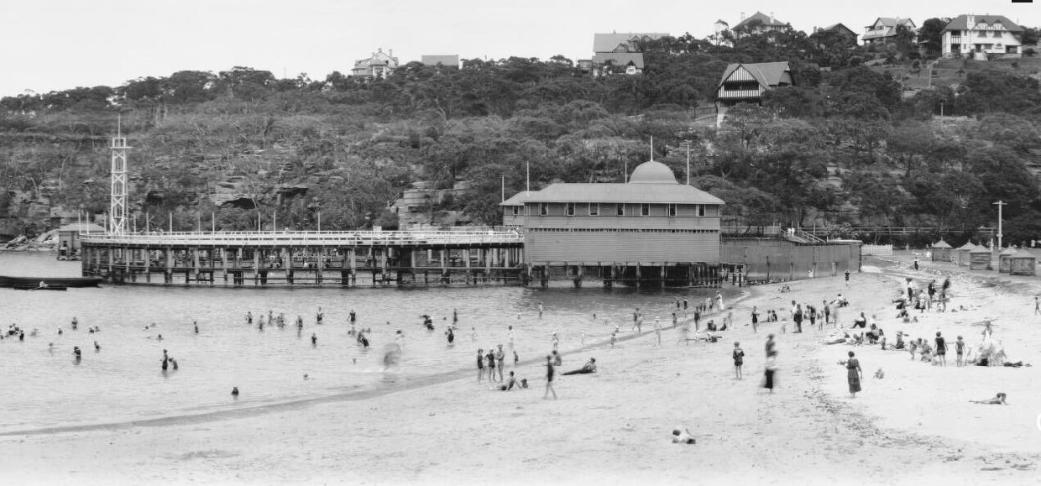
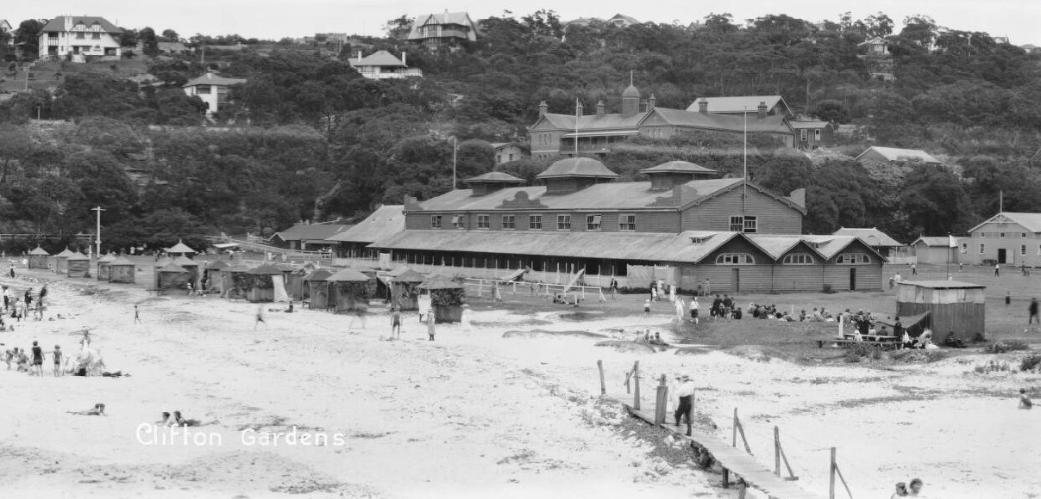
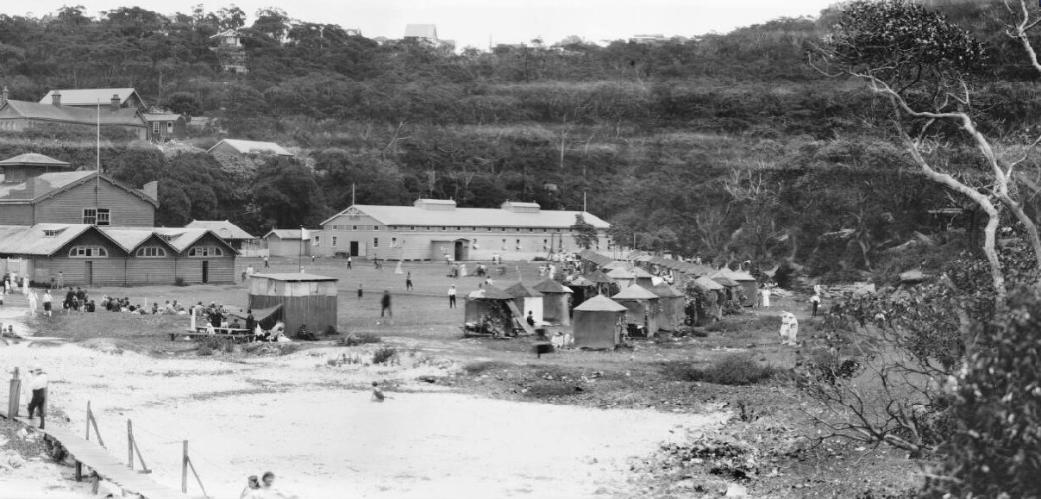
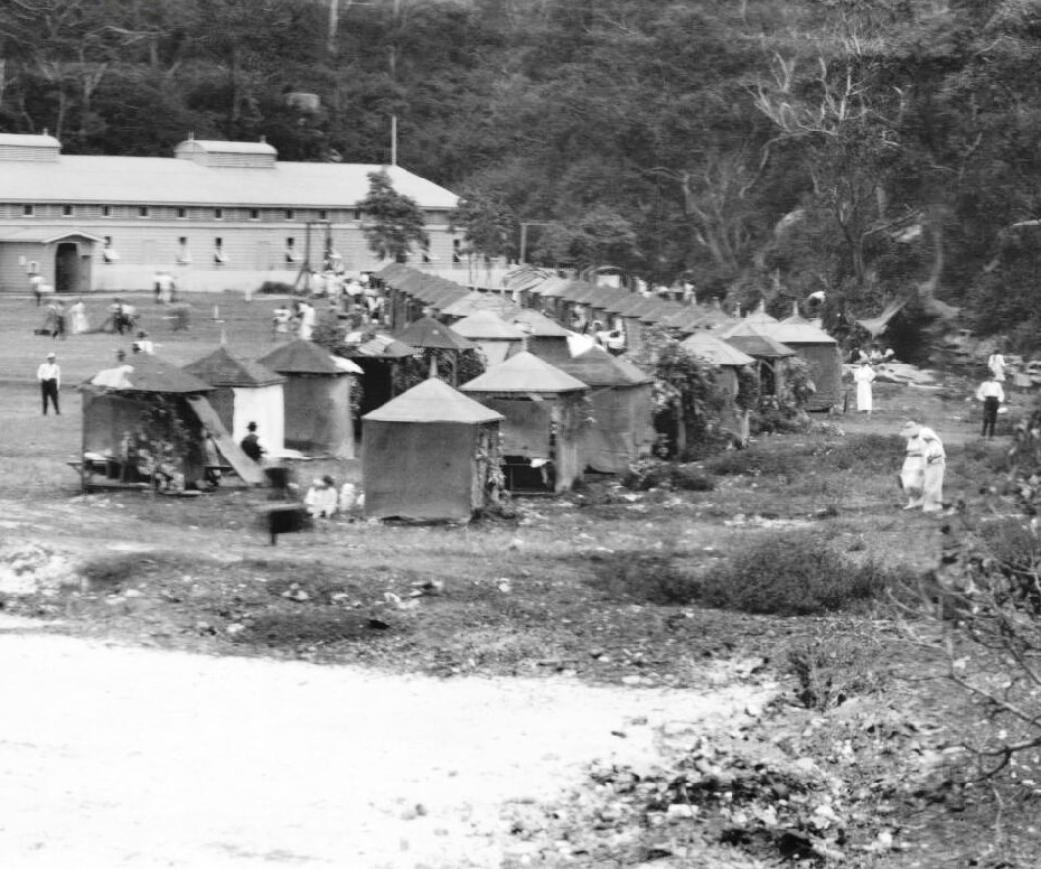
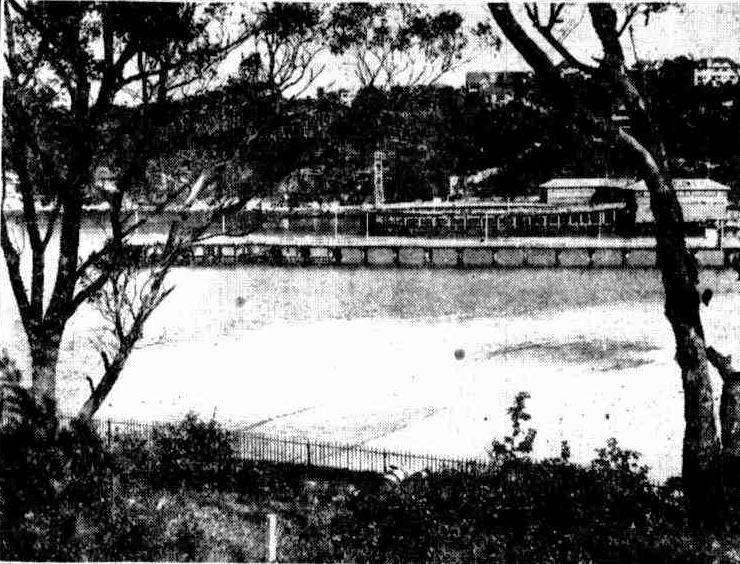
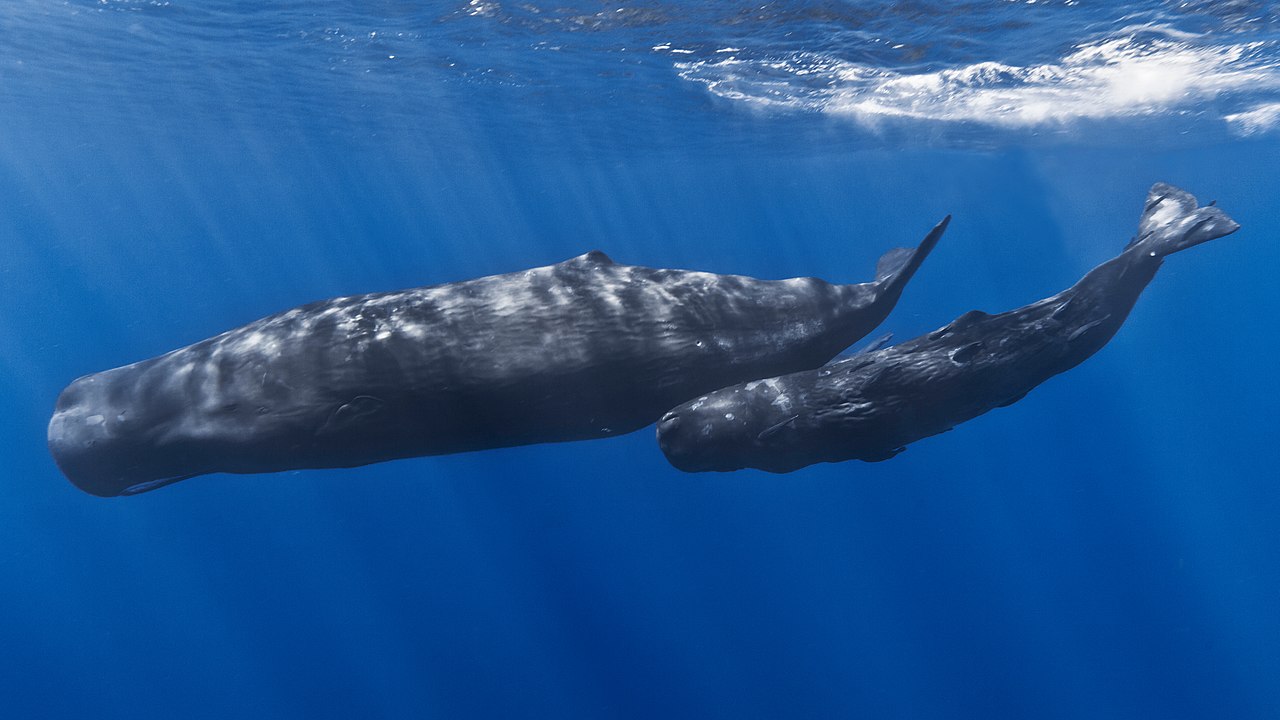
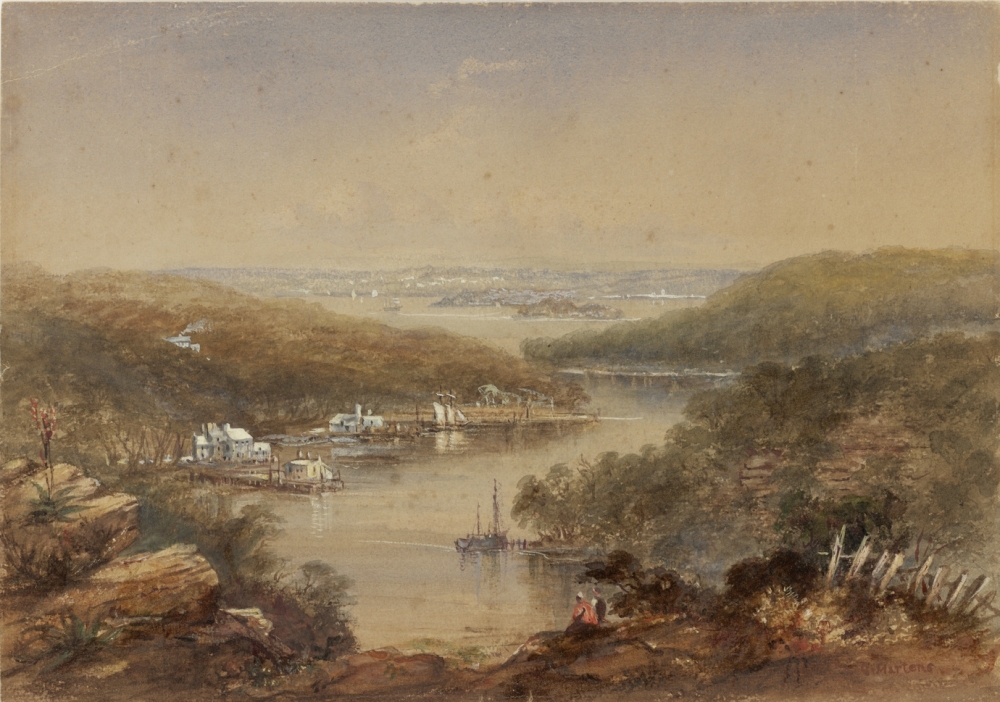
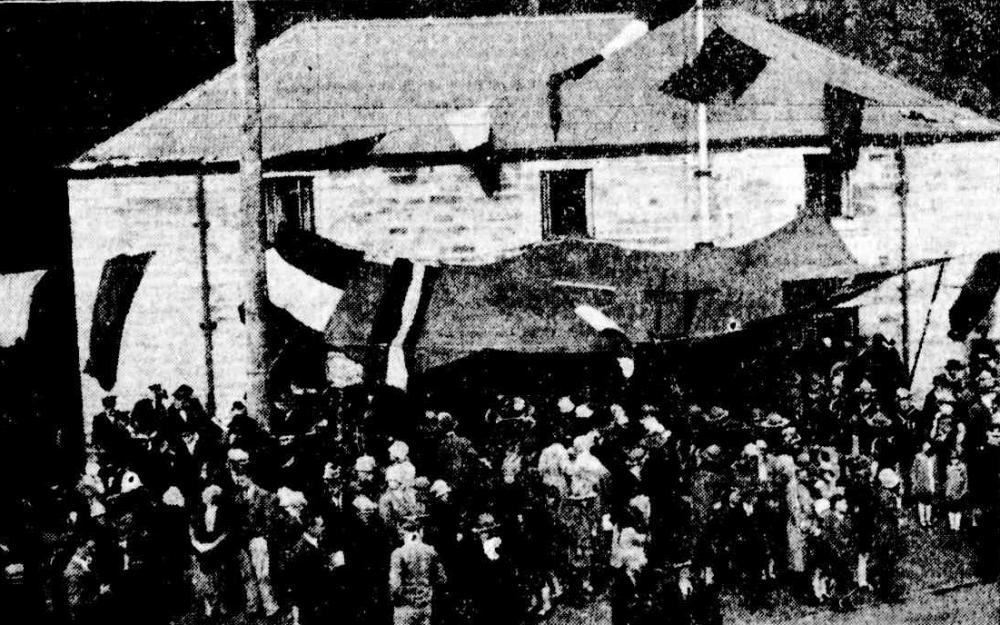
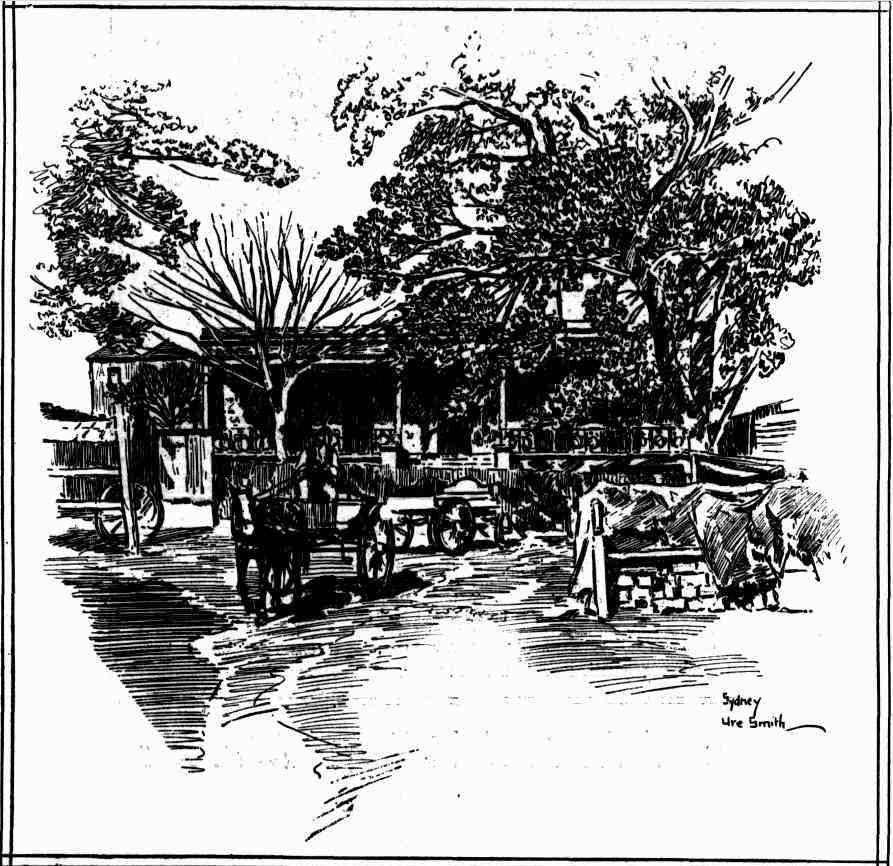
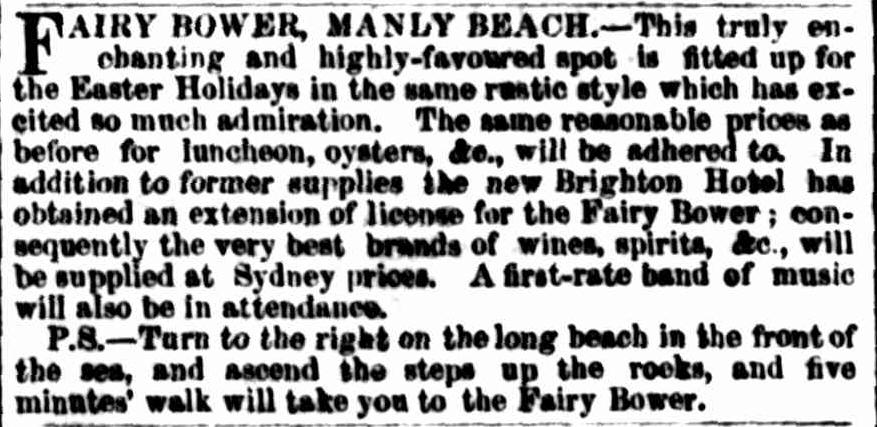
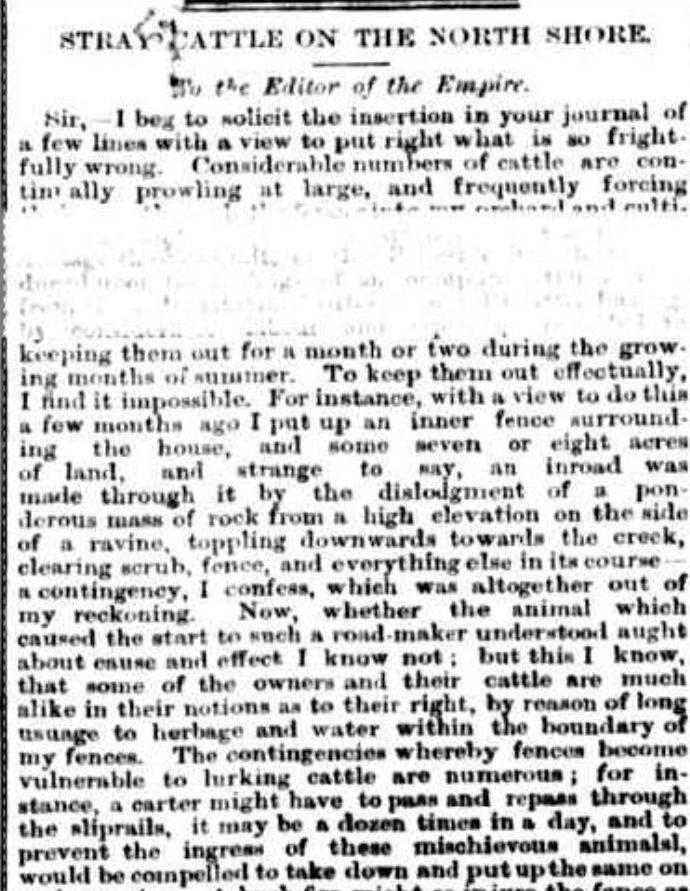
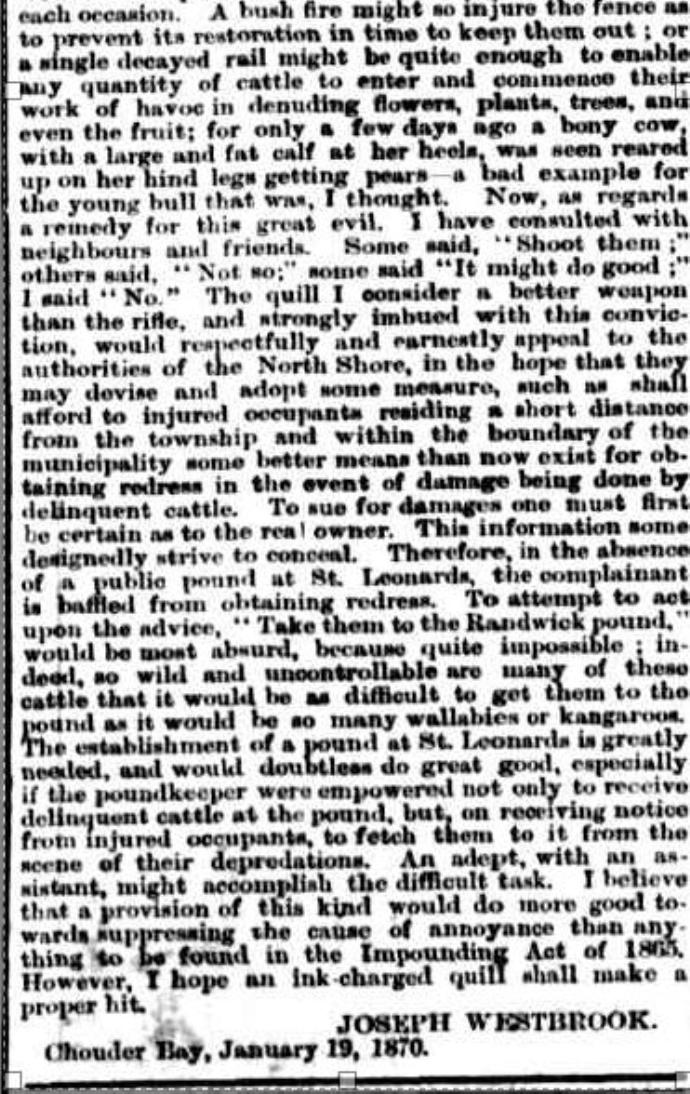
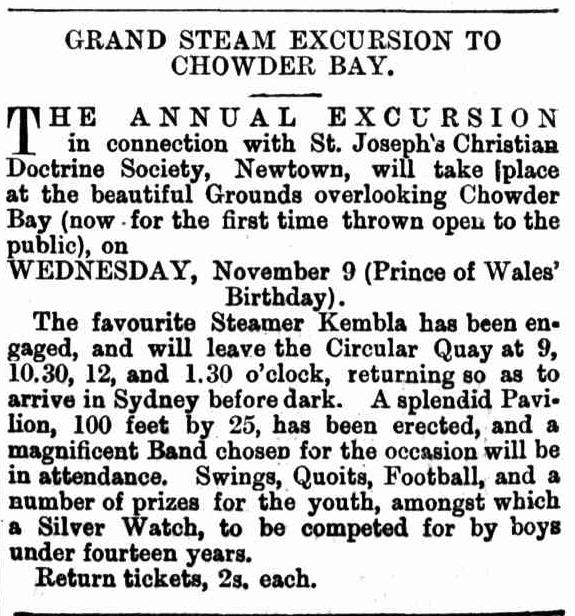
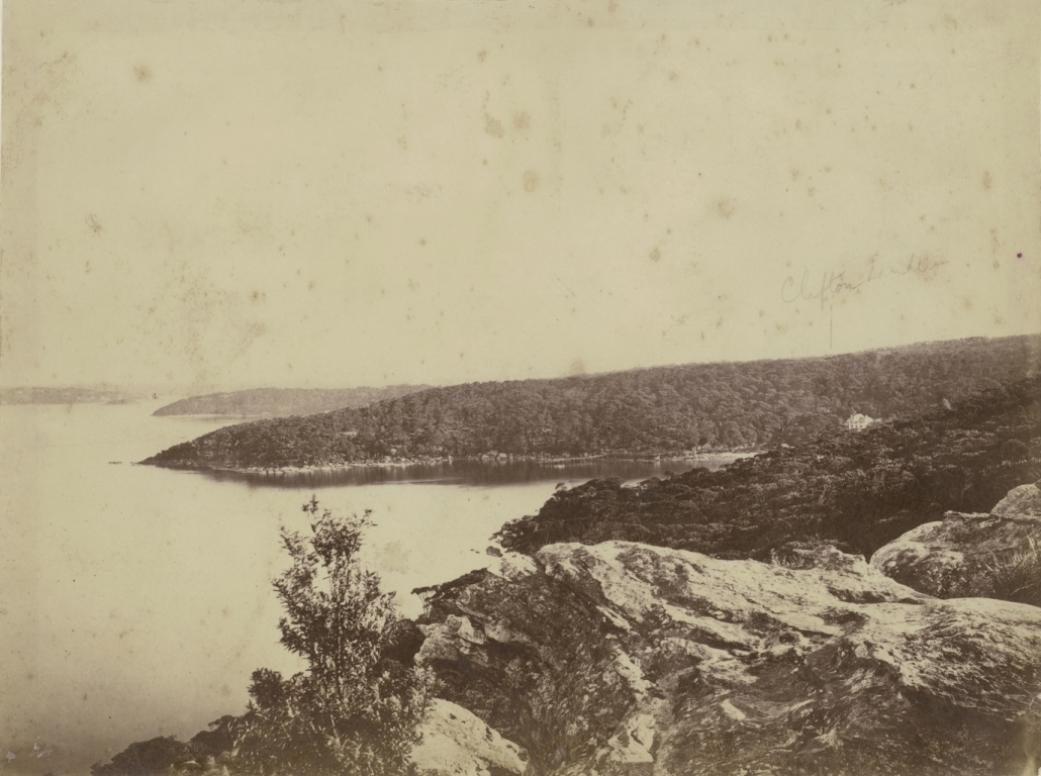
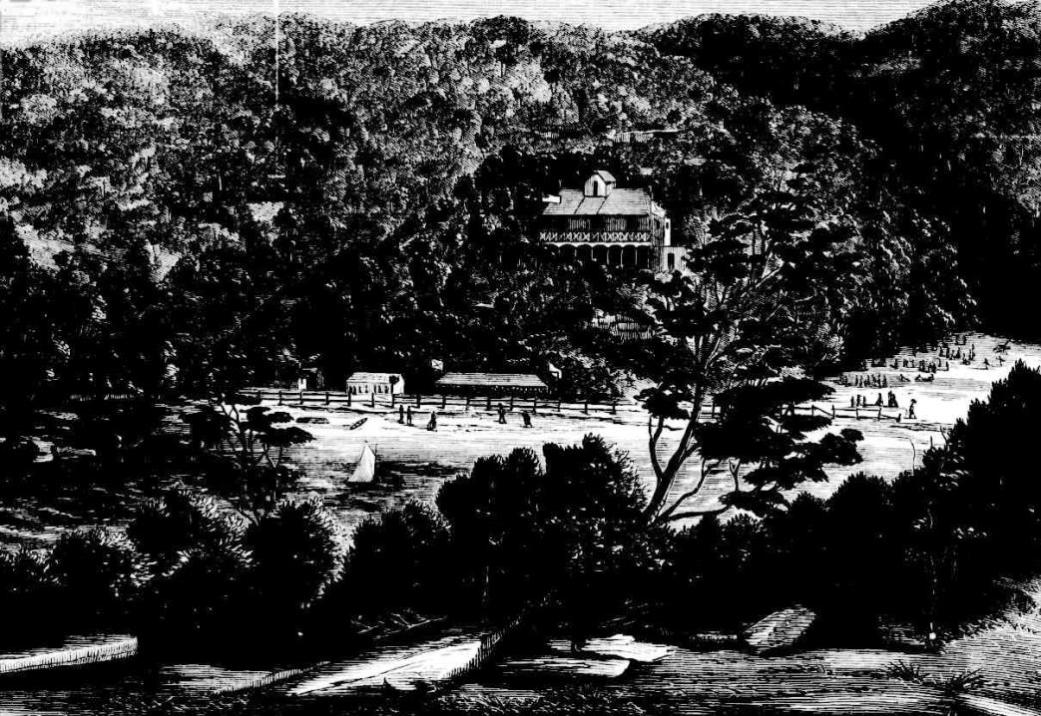

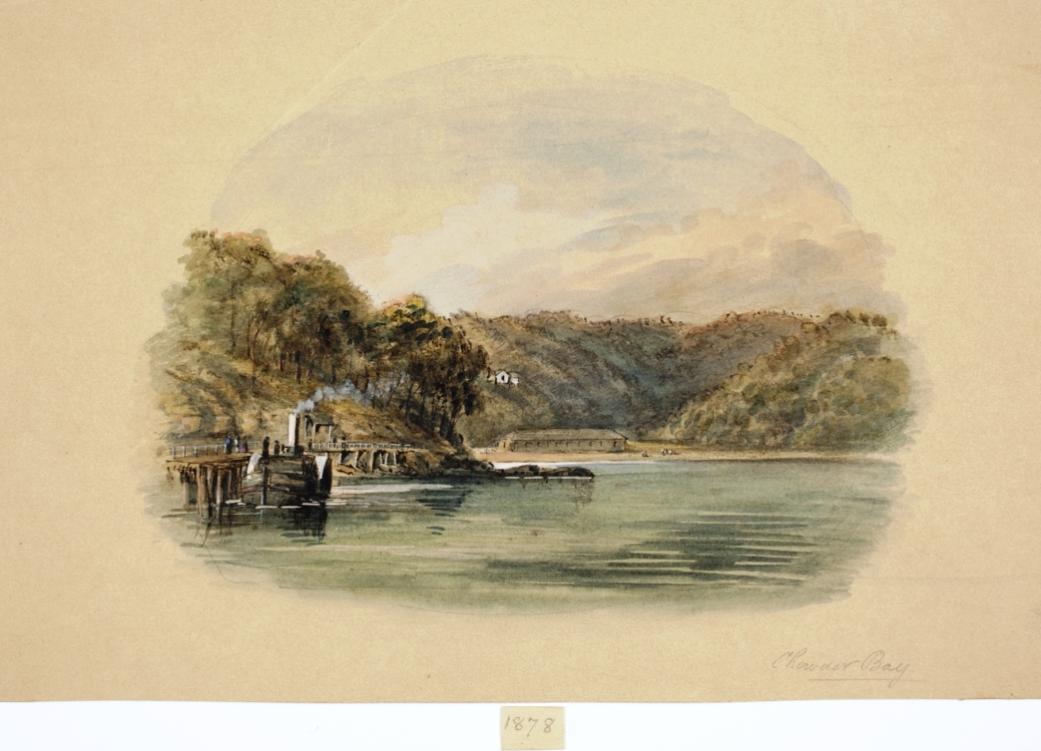
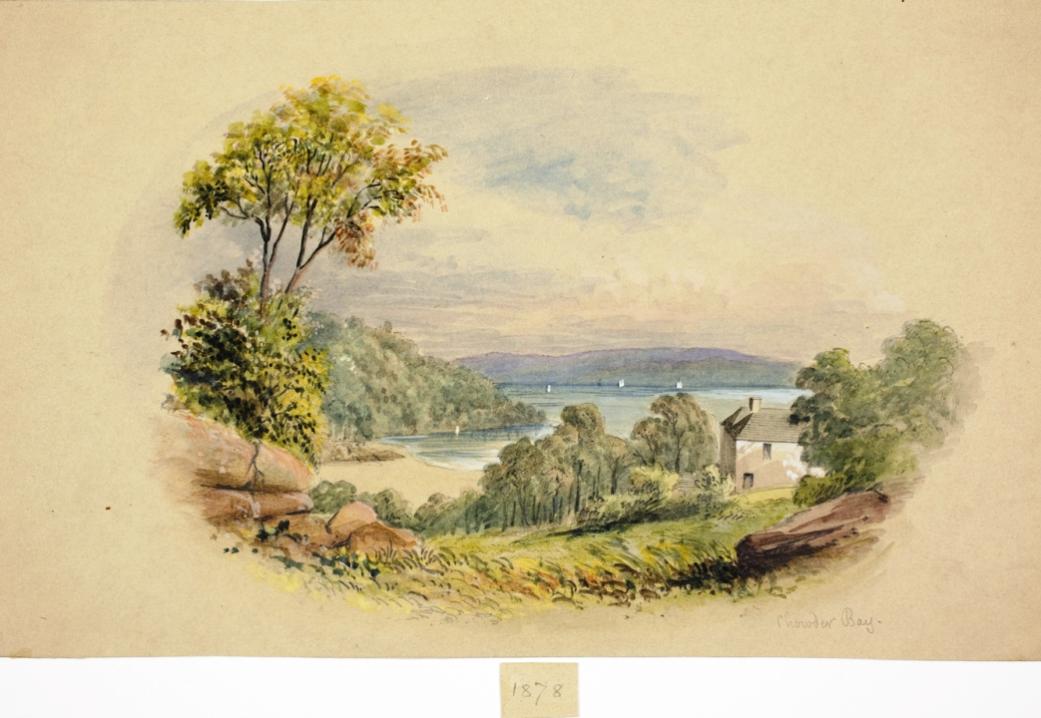
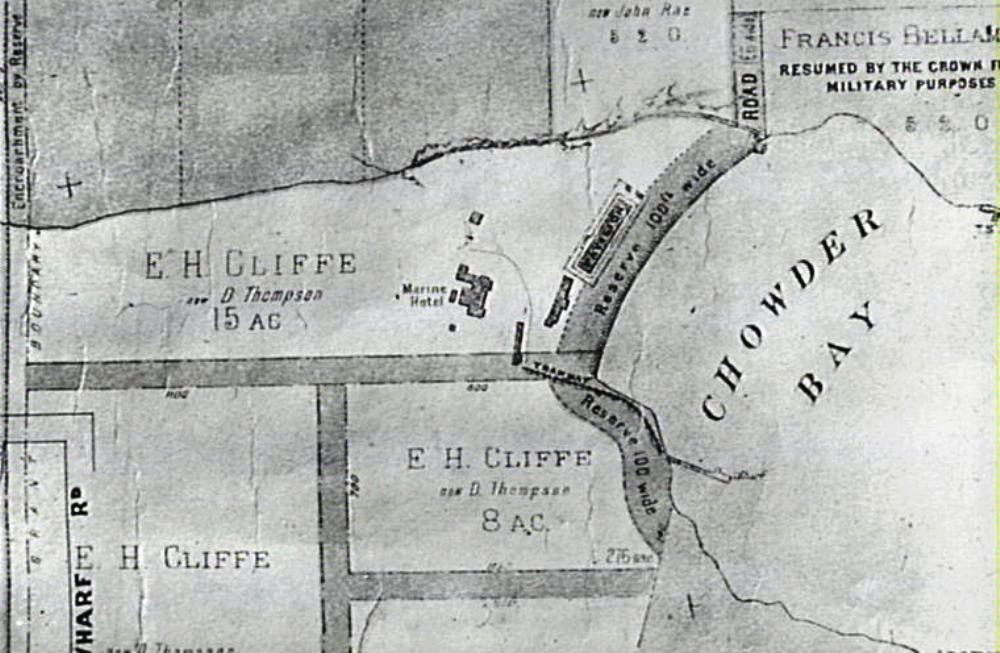
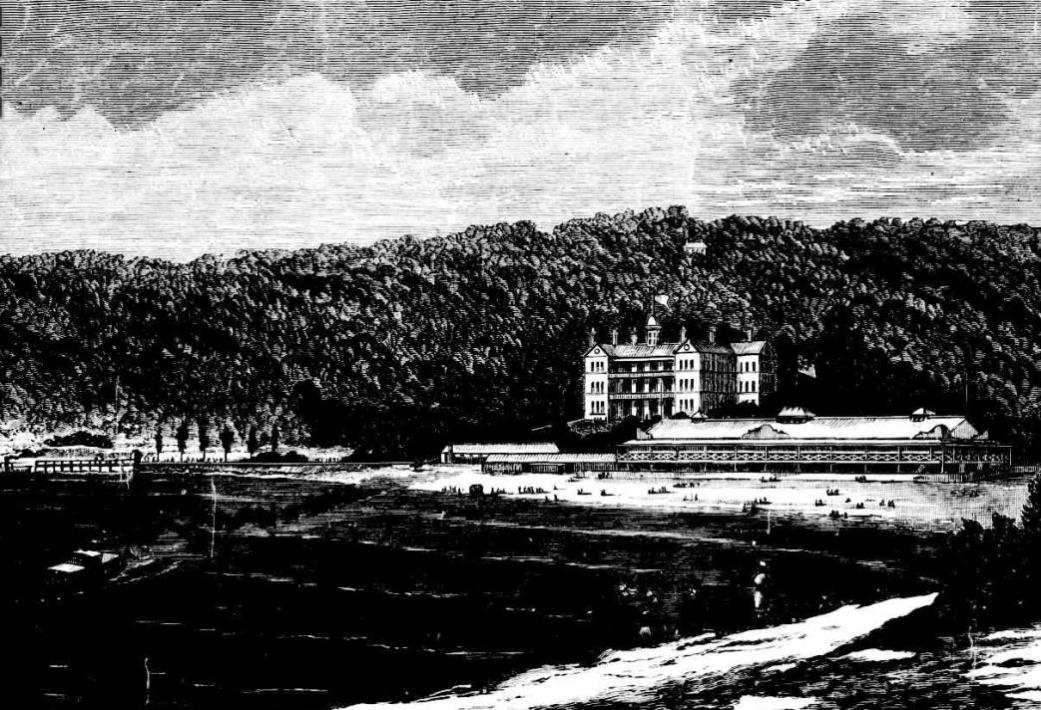
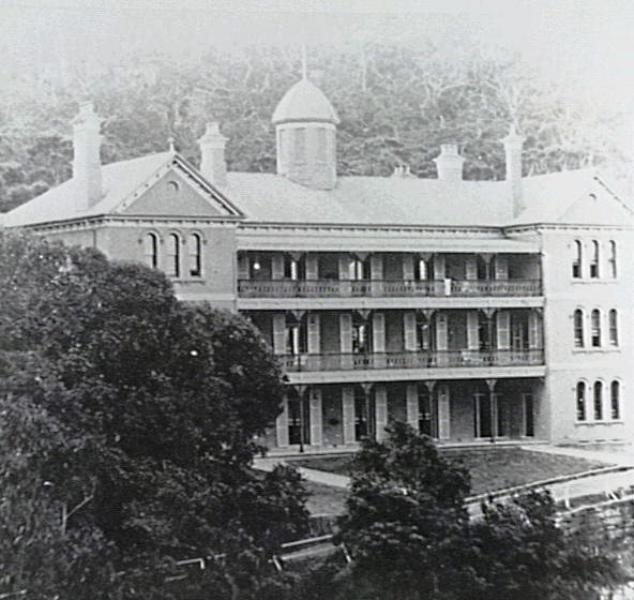
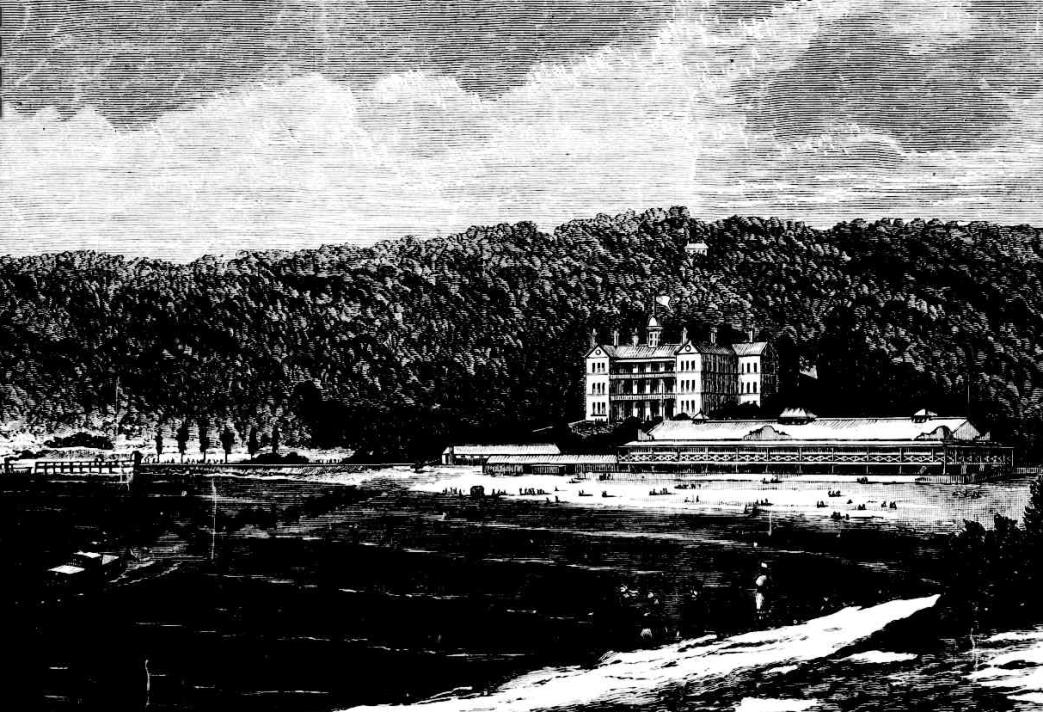
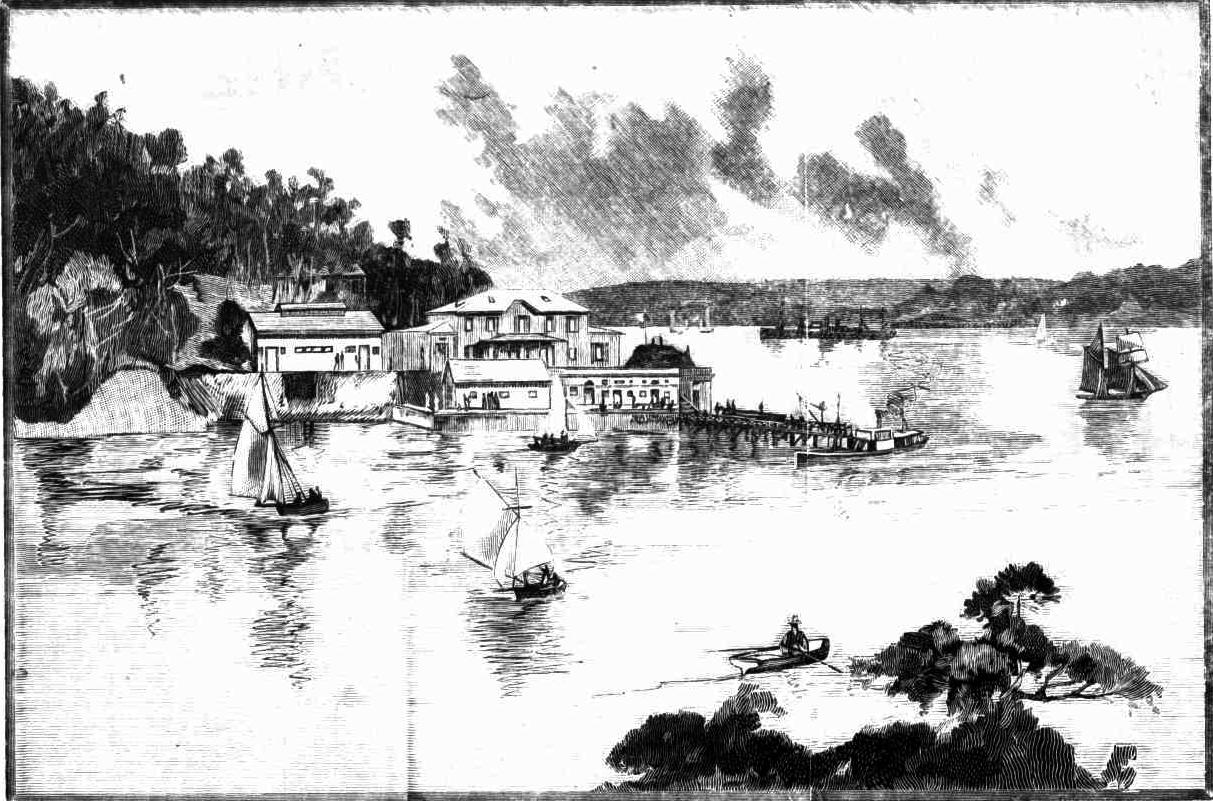
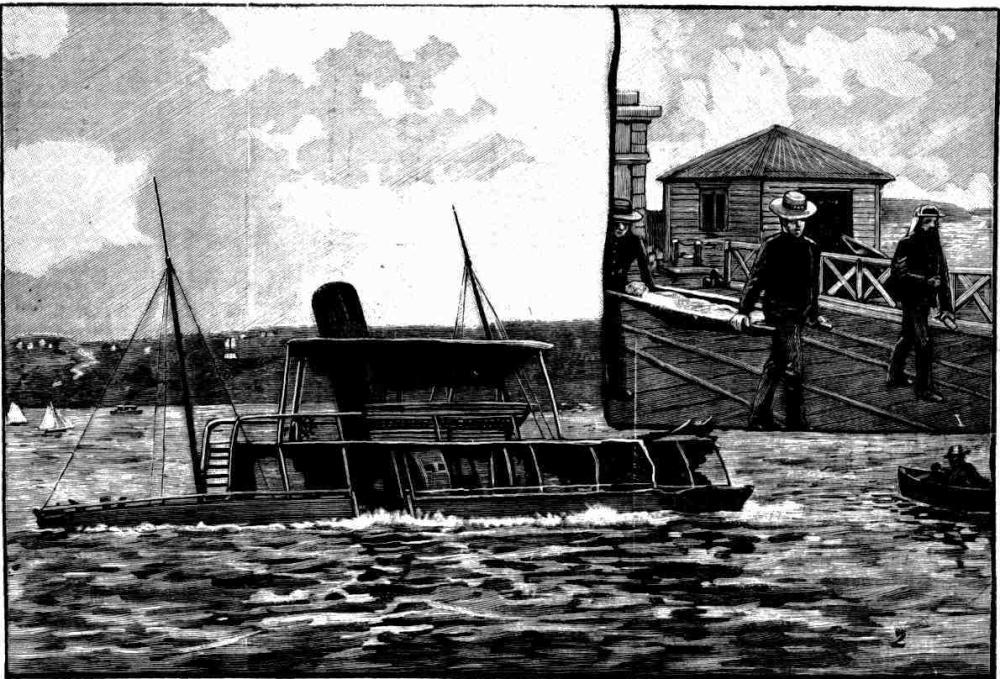
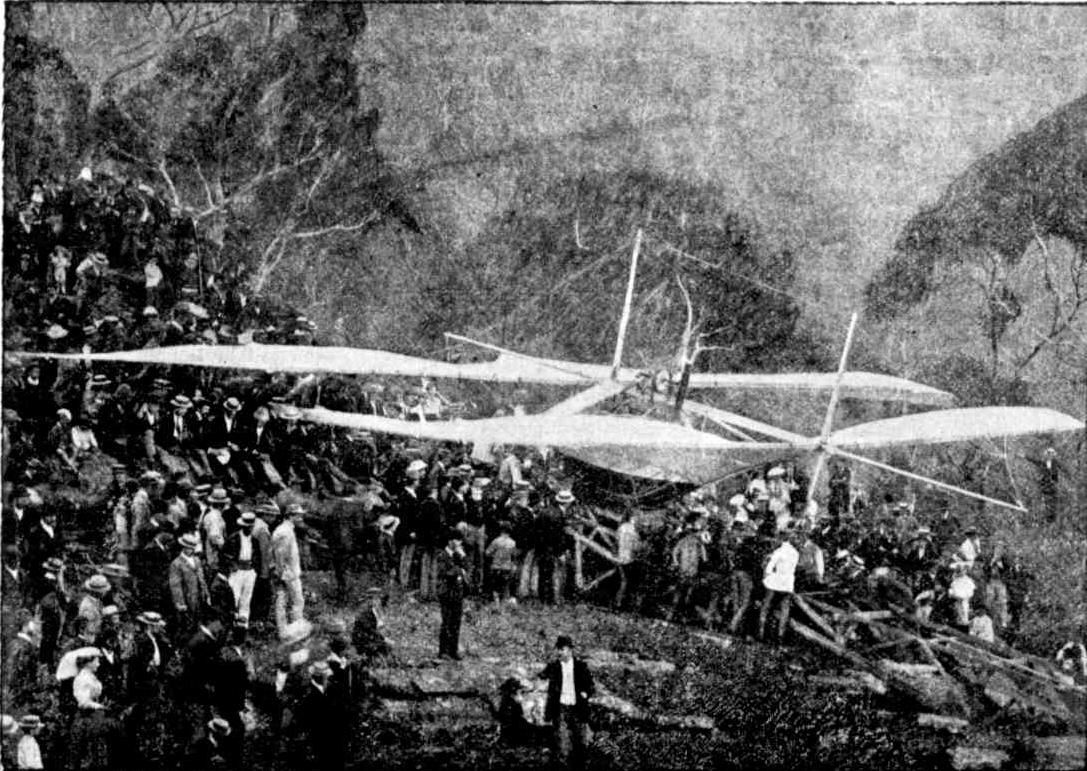
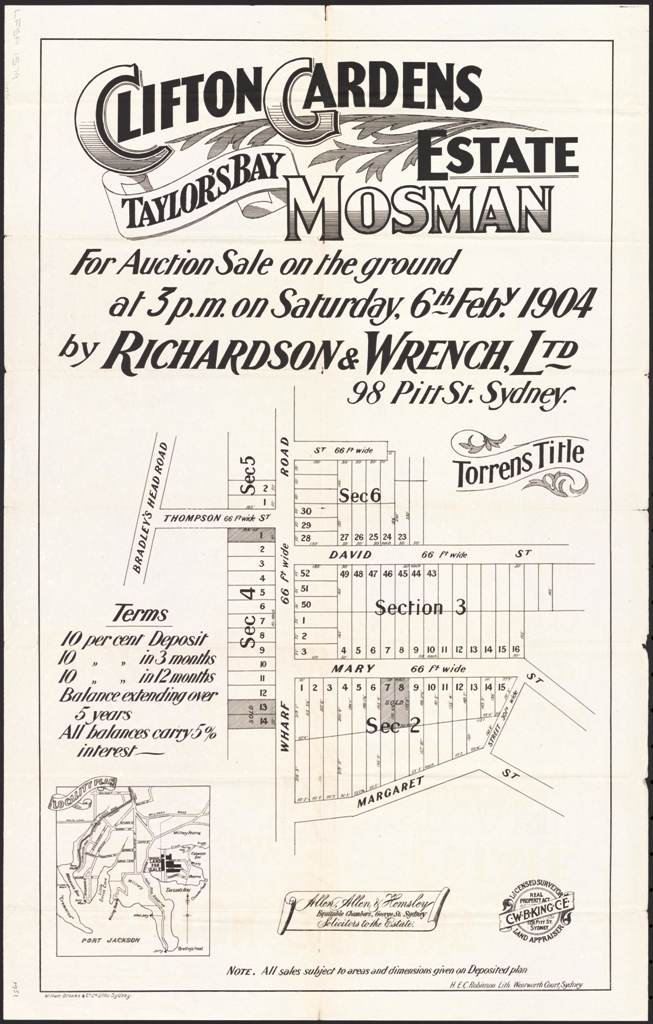
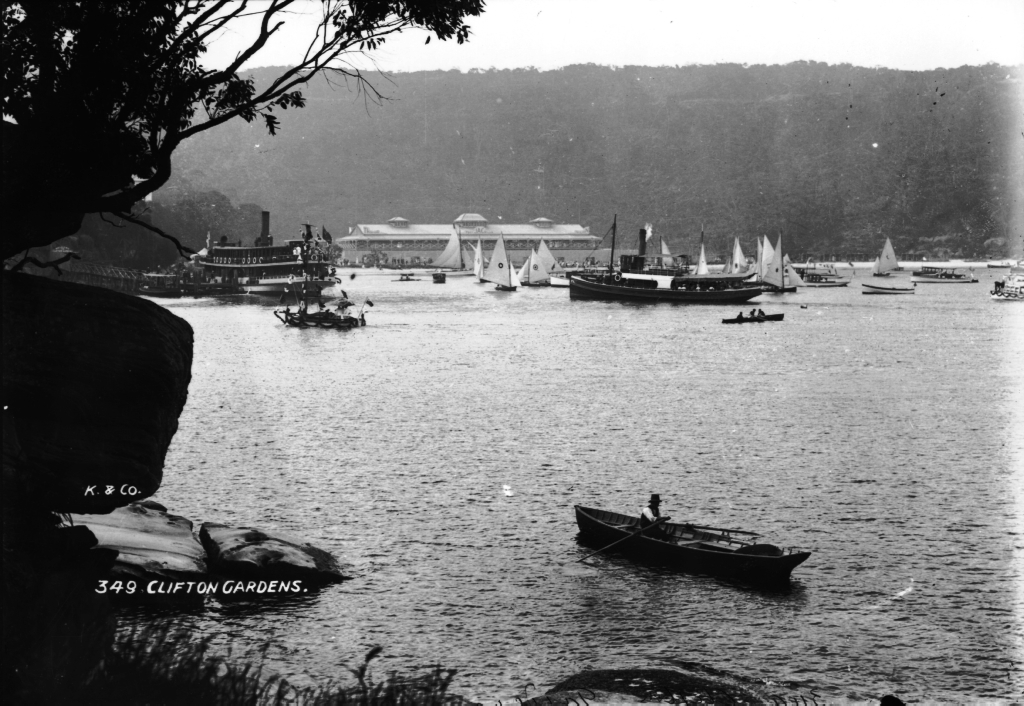
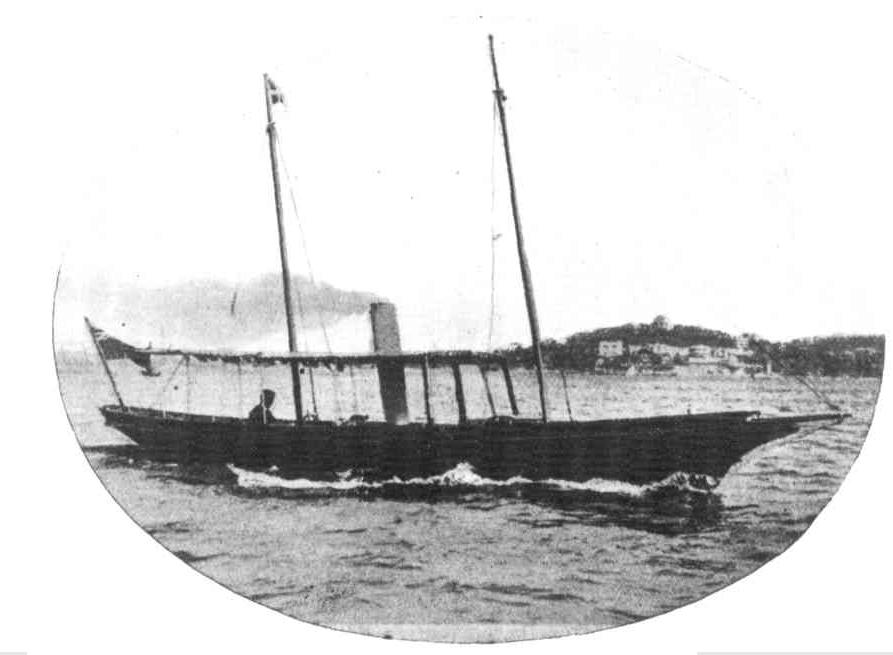
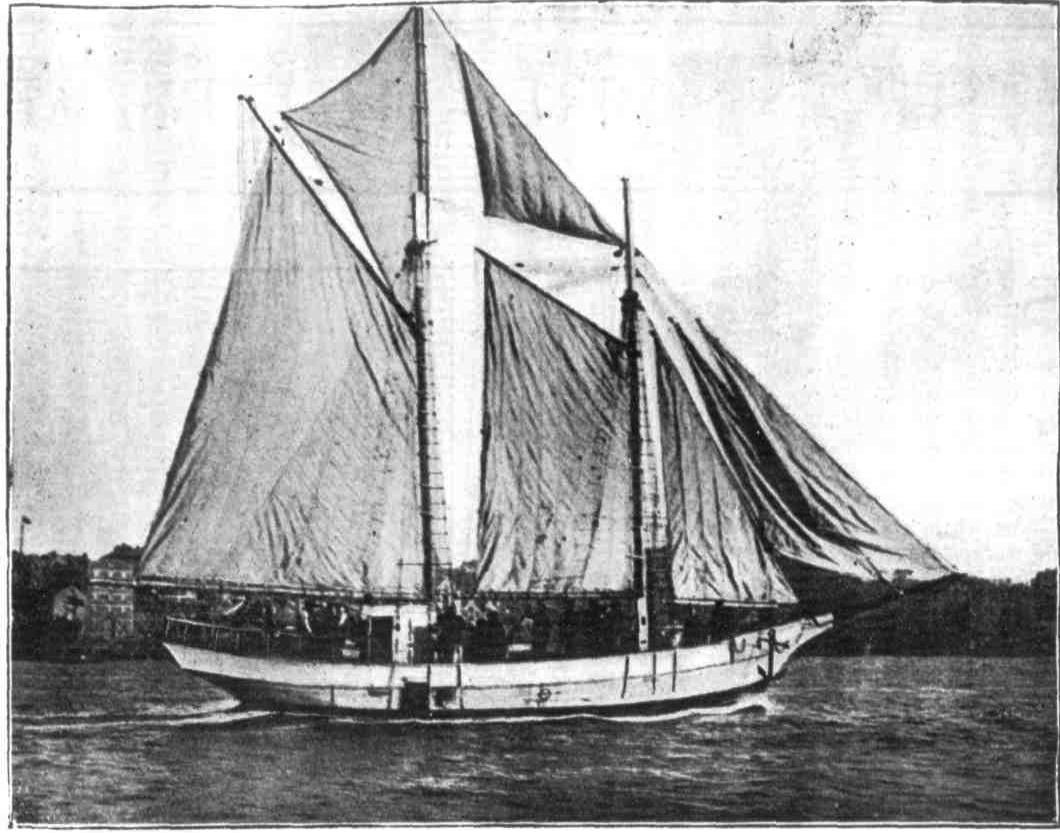
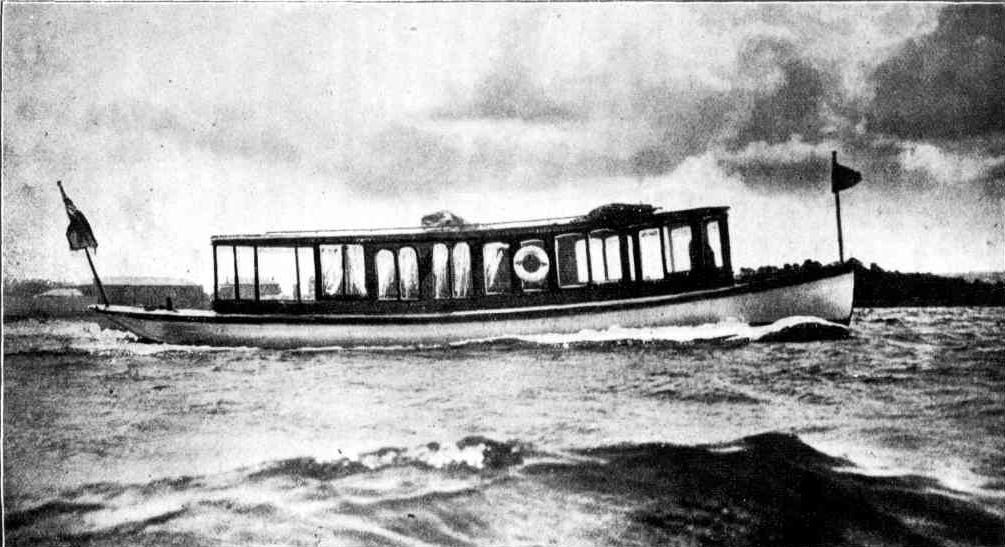
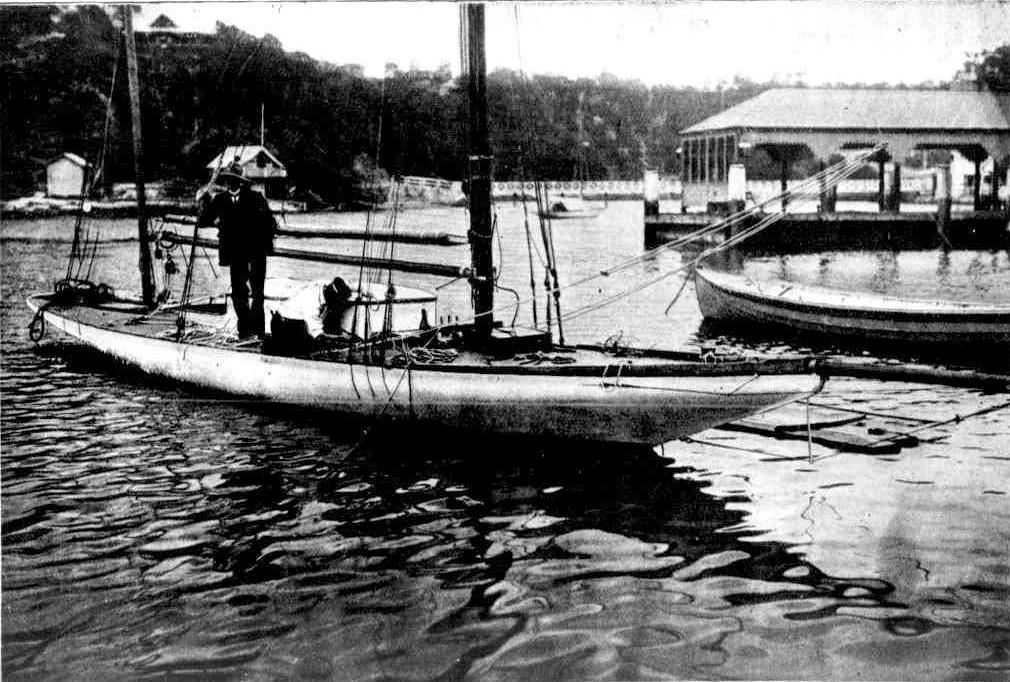
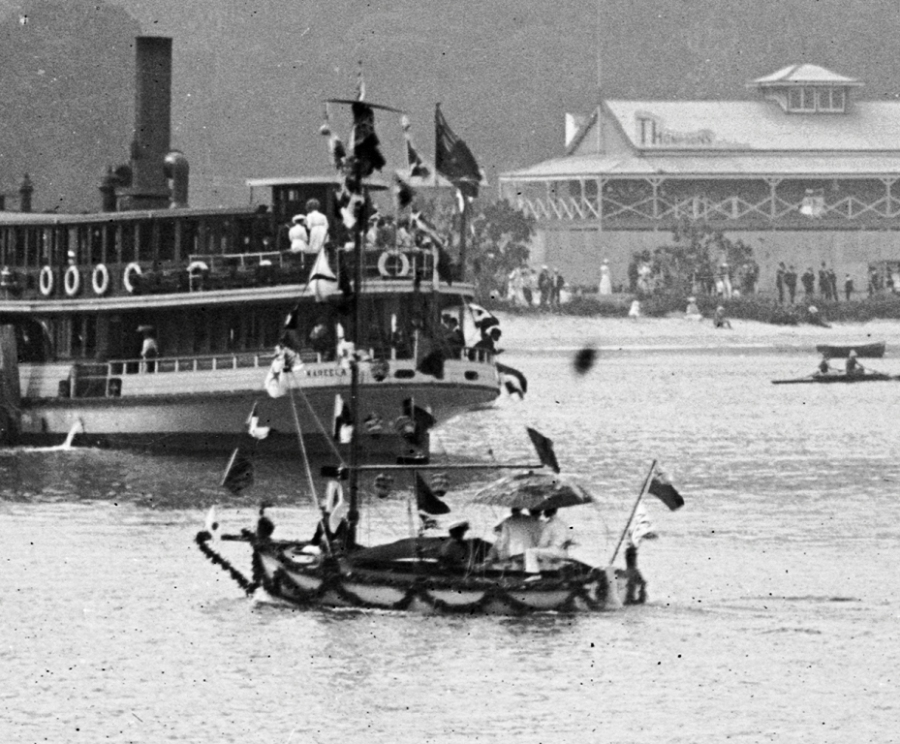
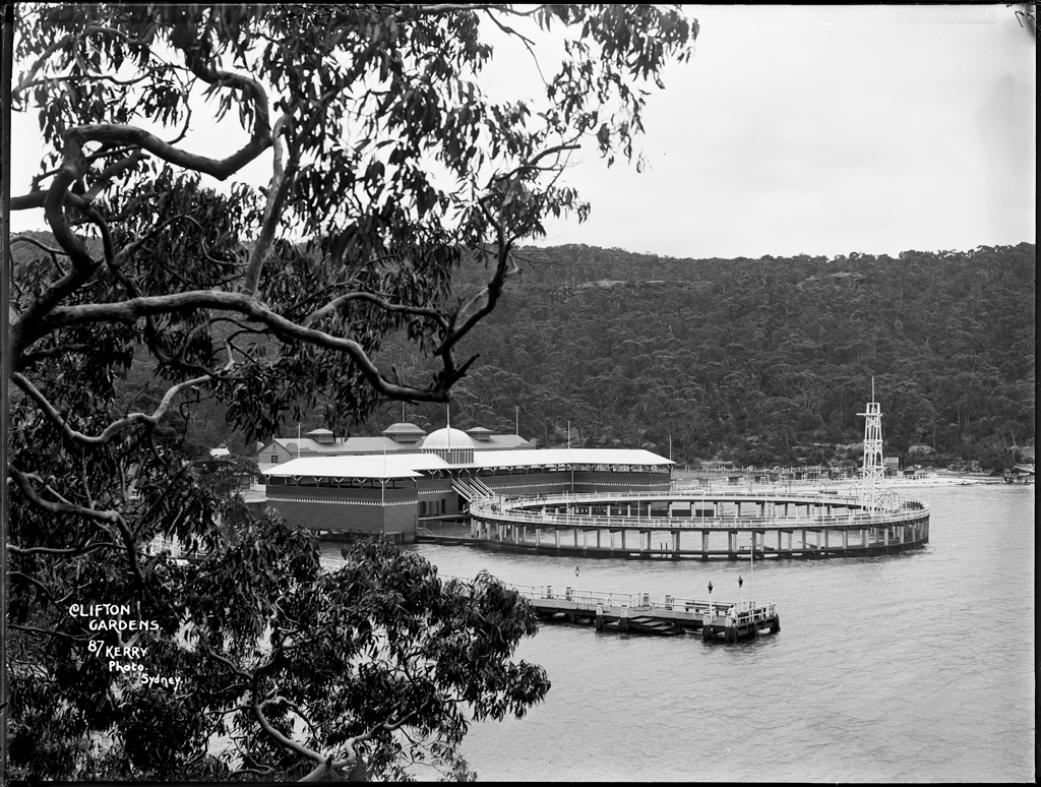
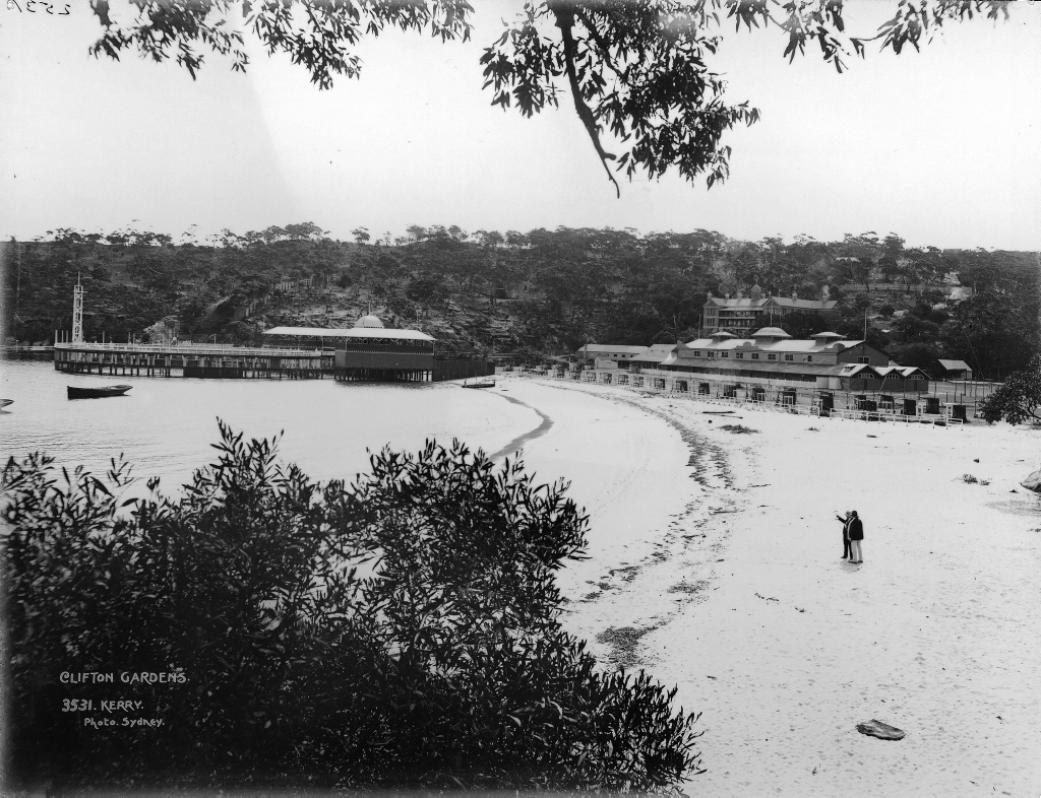
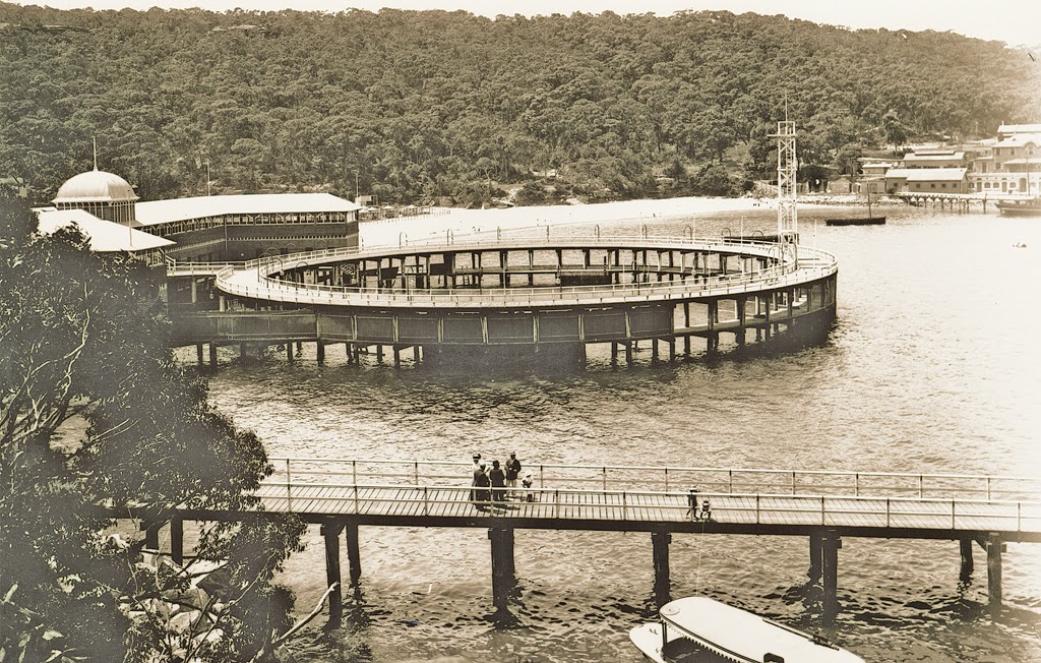
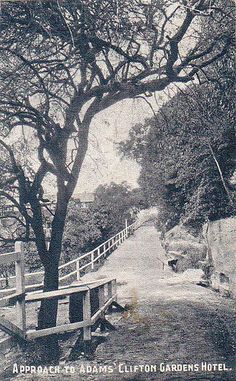 Since the date of the last half-yearly meeting the balance of the purchase money of Clifton Gardens had been paid, and arrangements were In course of completion to lease the hotel and grounds to, Messrs. H. Adams and Robert Moodie. A lease of the water frontage at the foot of the proposed new road Immediately adjoining the grounds had also been arranged with the Harbour Trust Commissioners, for the purpose of erecting a commodious jetty. Swimming baths will also be erected. The purchase of Athol Gardens had also been completed, and a contract for the construction of a jetty was being carried out.
Since the date of the last half-yearly meeting the balance of the purchase money of Clifton Gardens had been paid, and arrangements were In course of completion to lease the hotel and grounds to, Messrs. H. Adams and Robert Moodie. A lease of the water frontage at the foot of the proposed new road Immediately adjoining the grounds had also been arranged with the Harbour Trust Commissioners, for the purpose of erecting a commodious jetty. Swimming baths will also be erected. The purchase of Athol Gardens had also been completed, and a contract for the construction of a jetty was being carried out.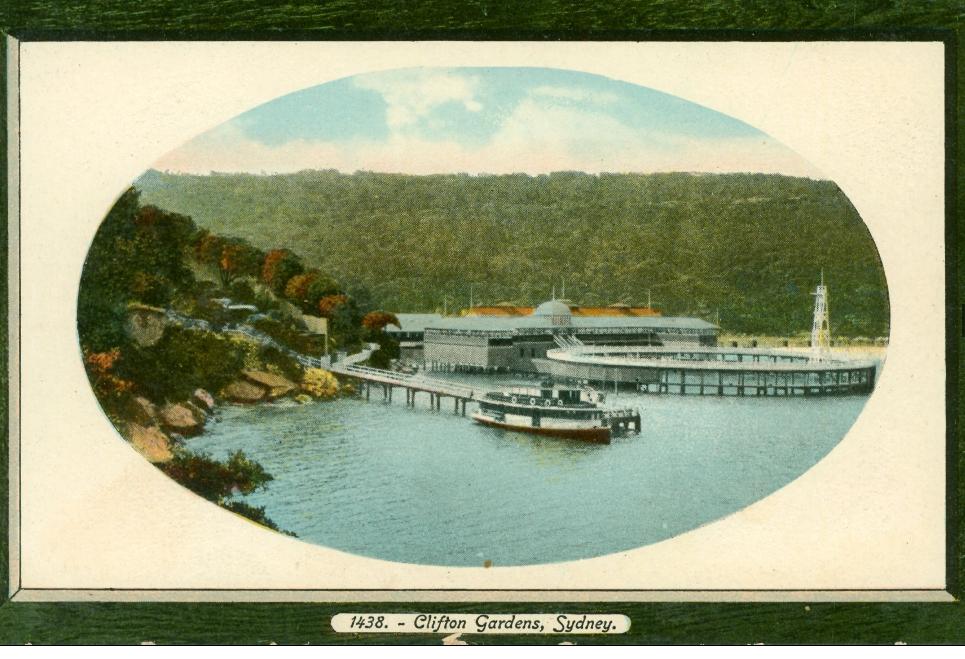
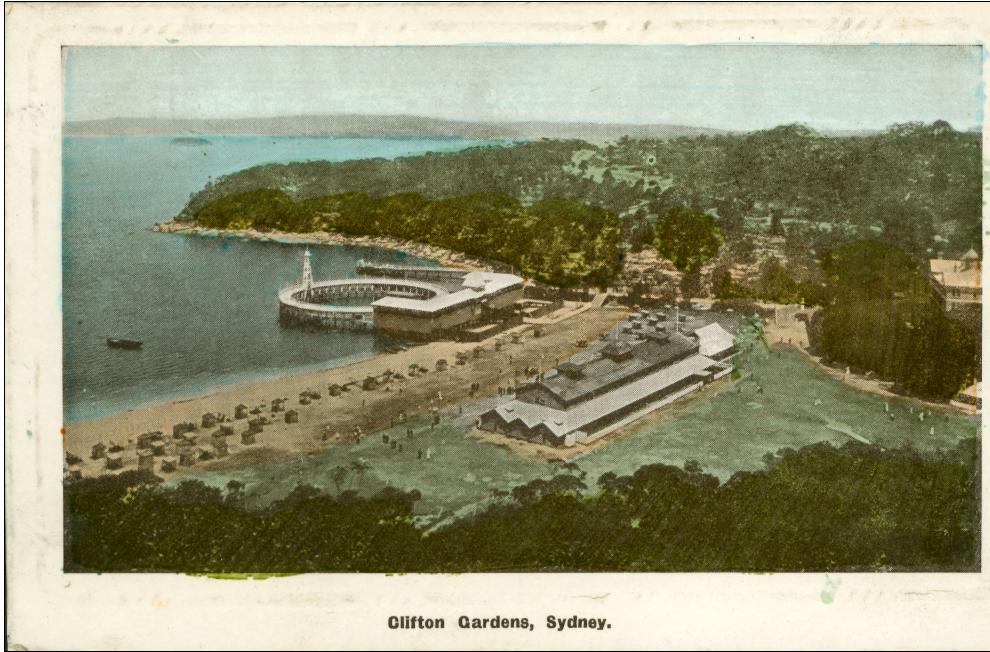
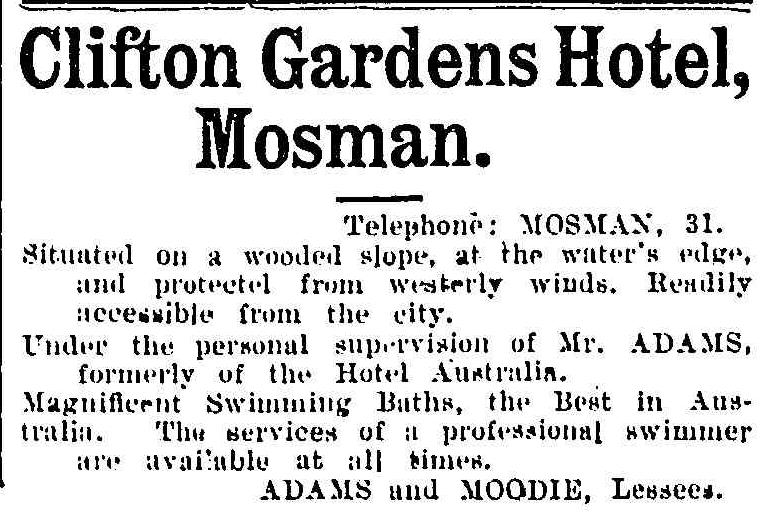
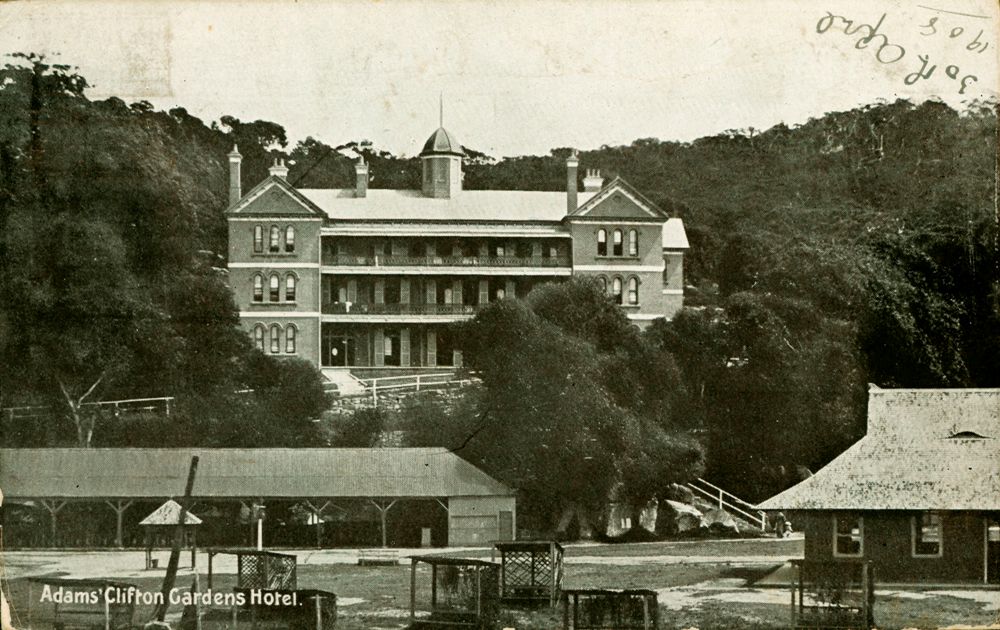
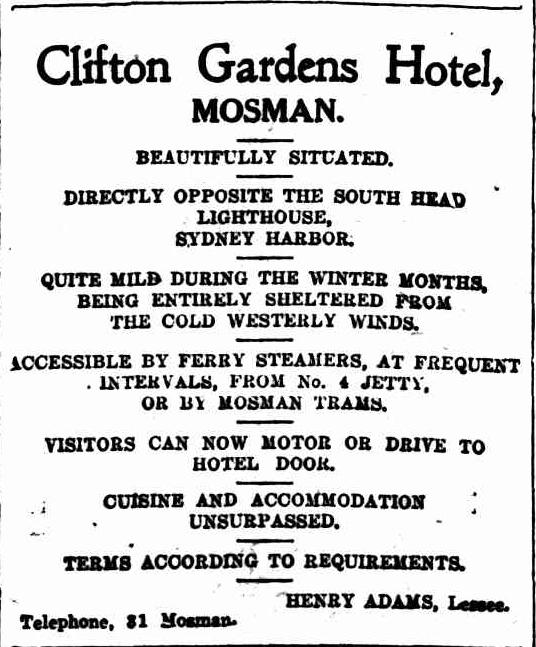
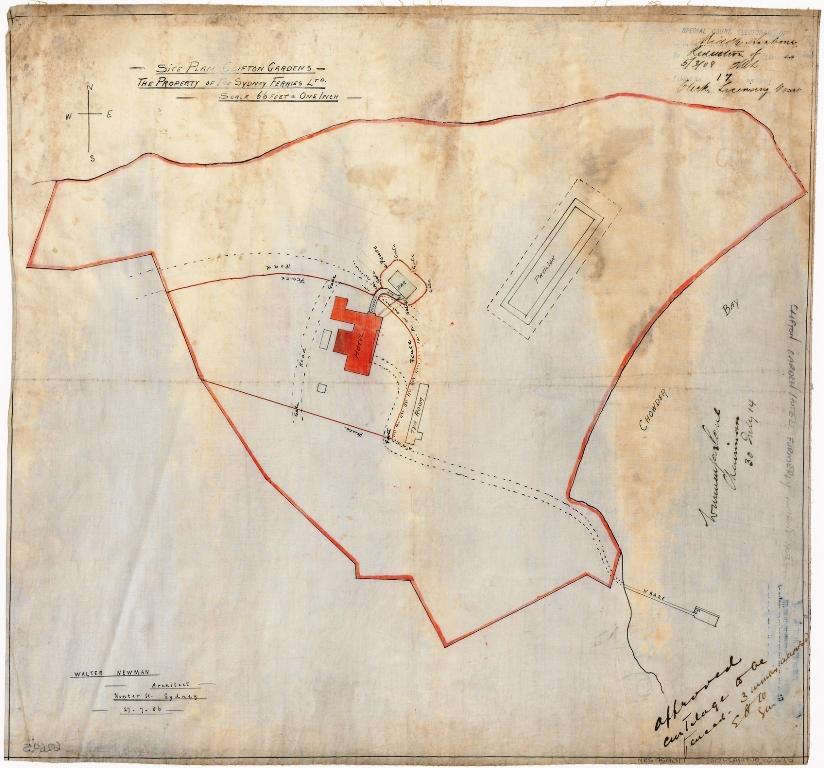
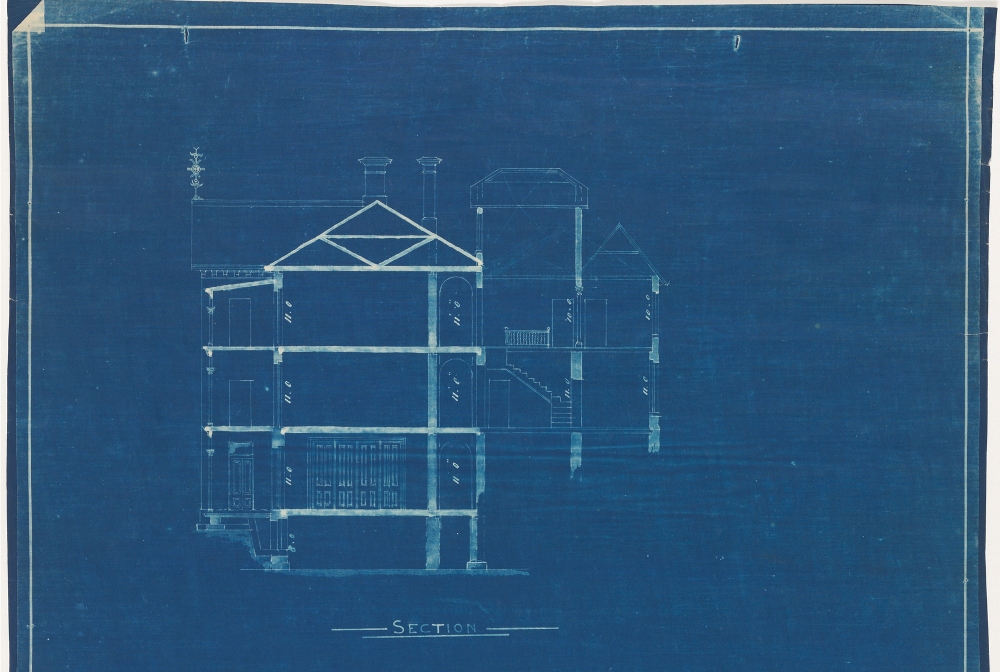
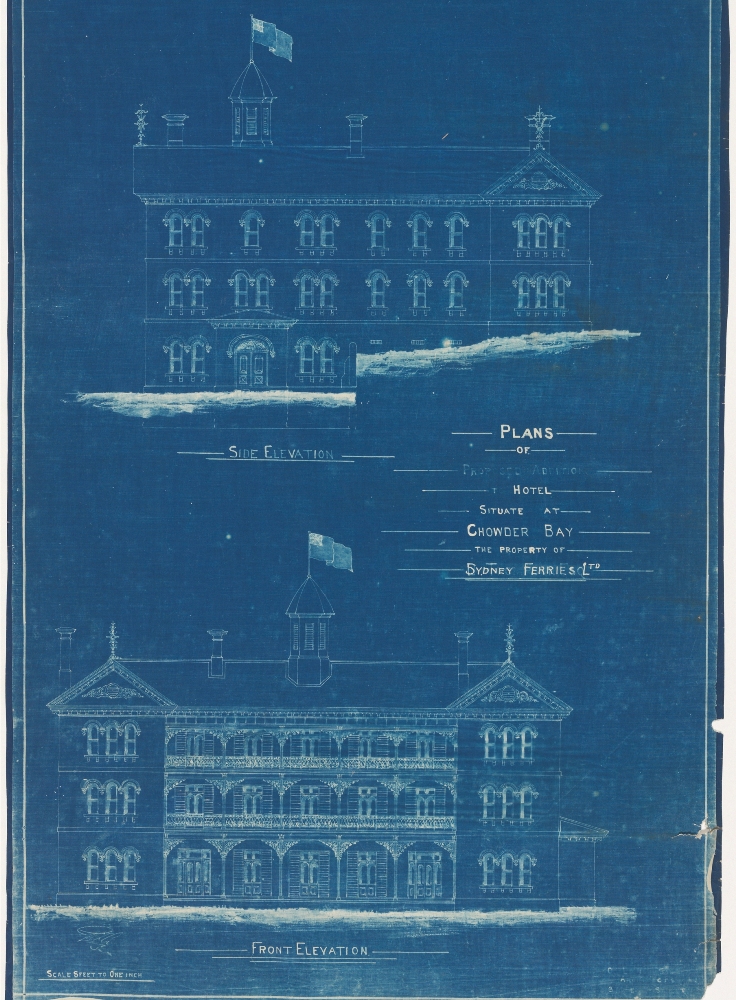
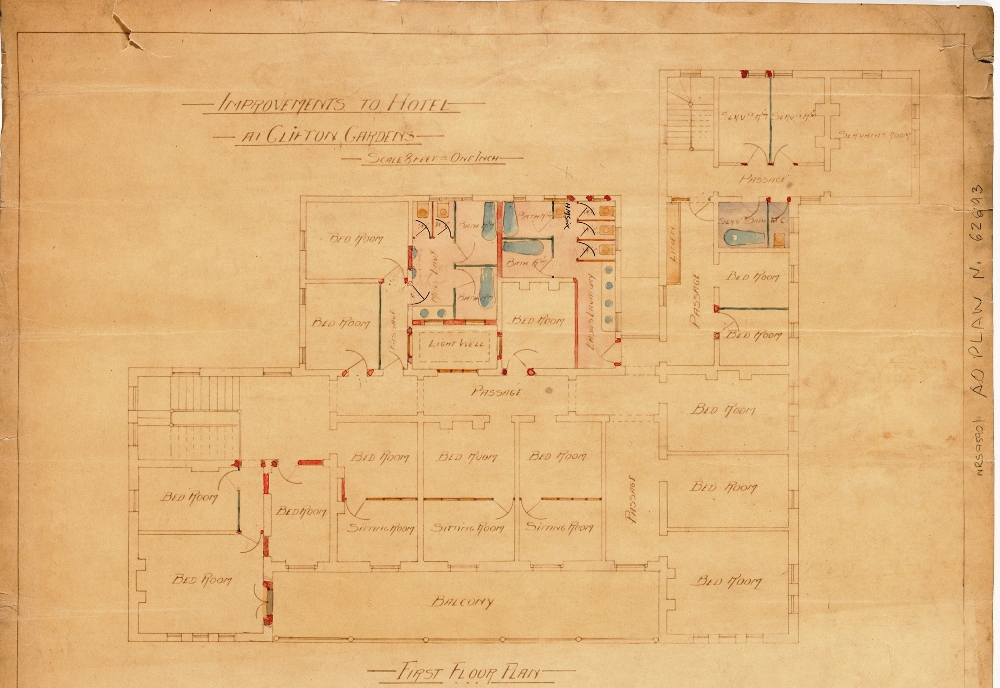
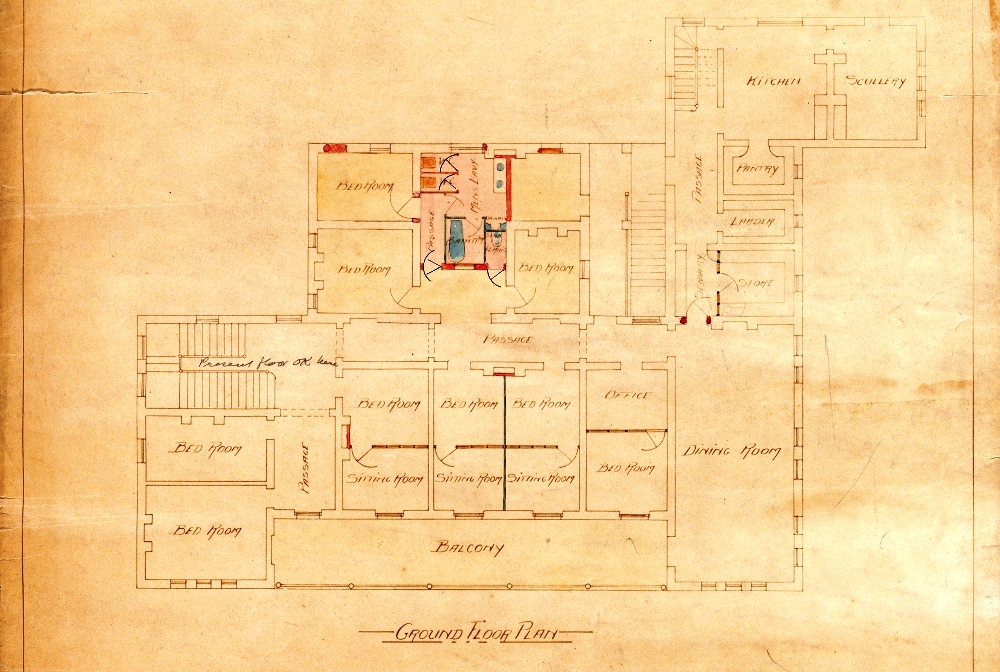
 of Sydney ferries basement plans grounds for additions 1914.jpg?timestamp=1492752090950)
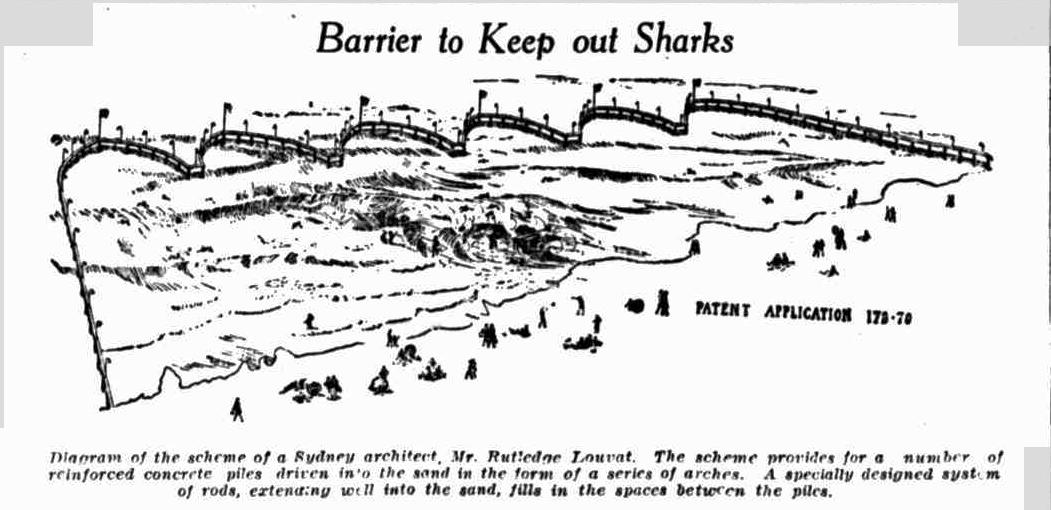
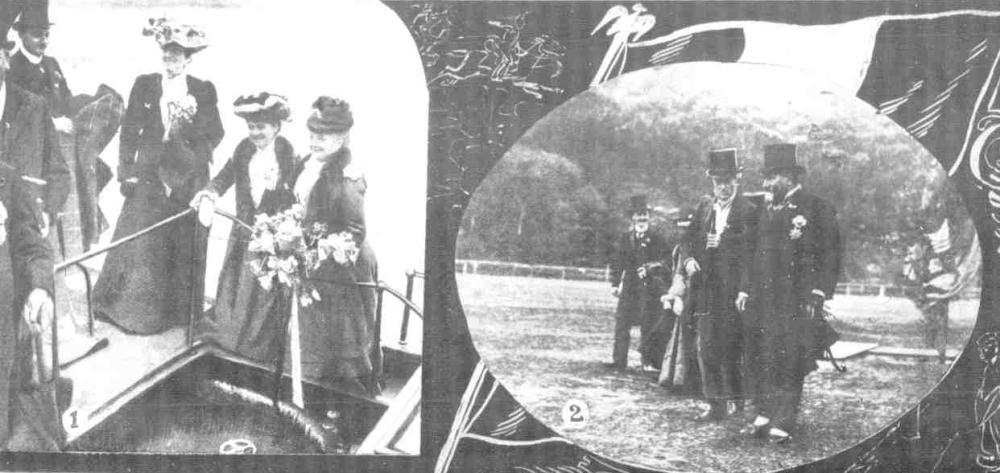
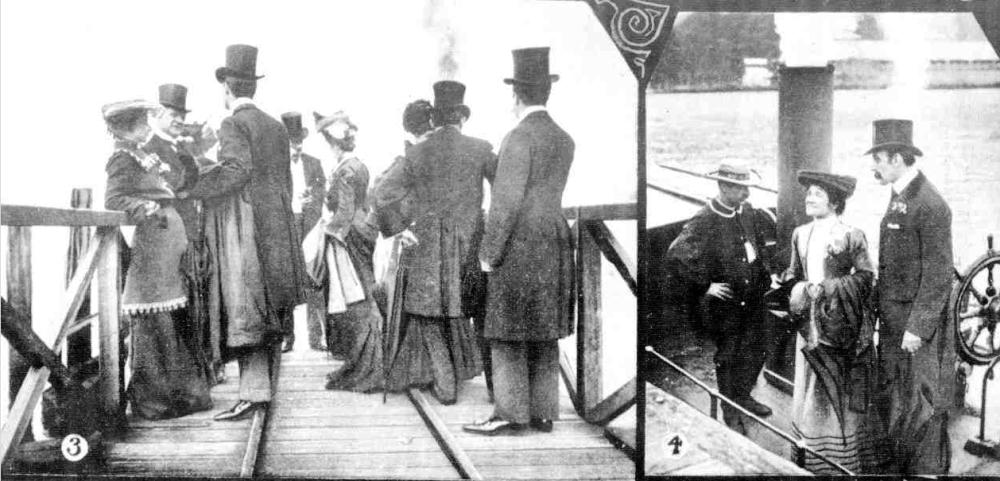
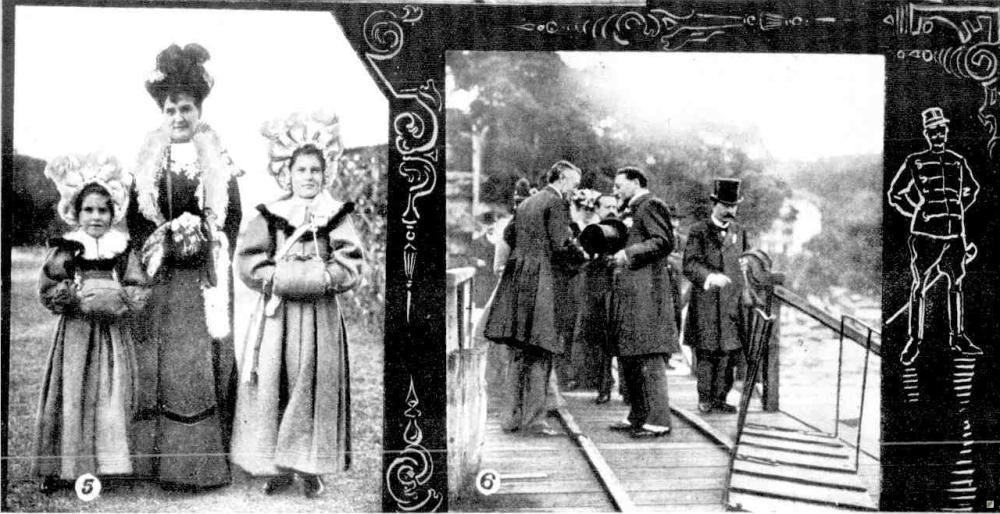
.jpg?timestamp=1492755978726)
.jpg?timestamp=1492756023940)
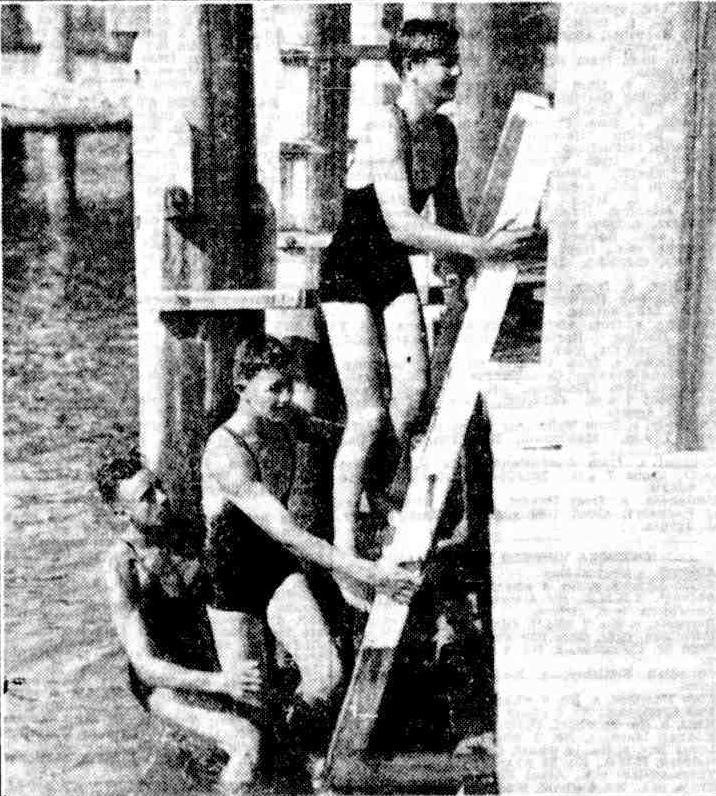
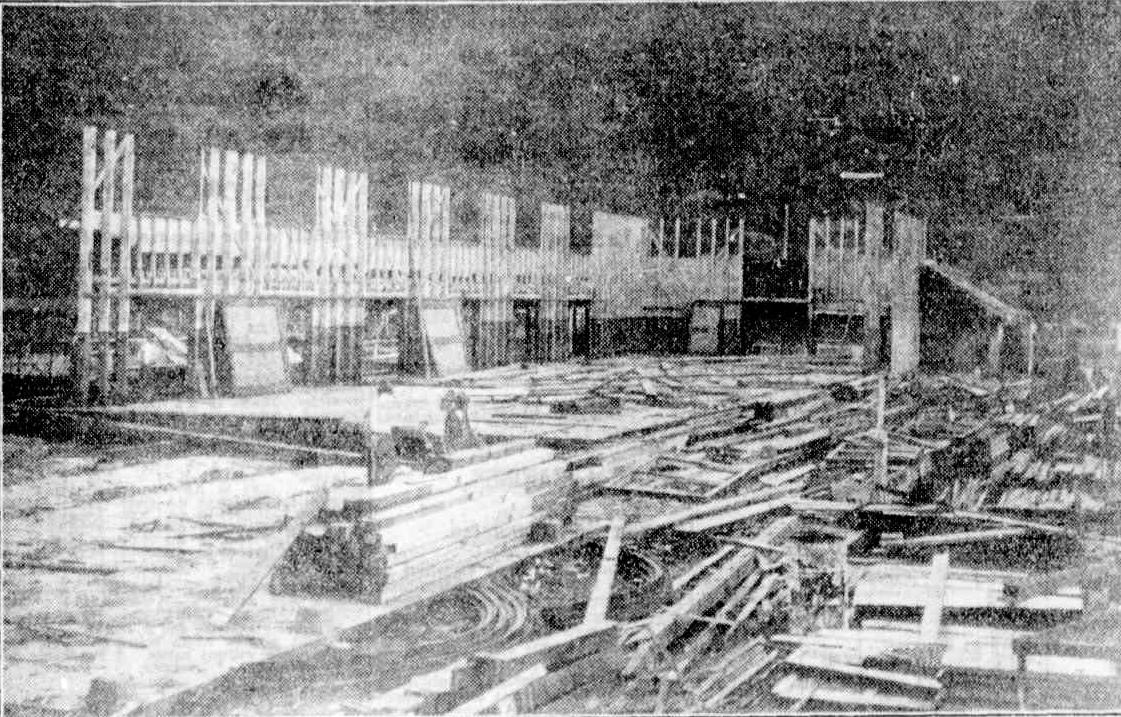
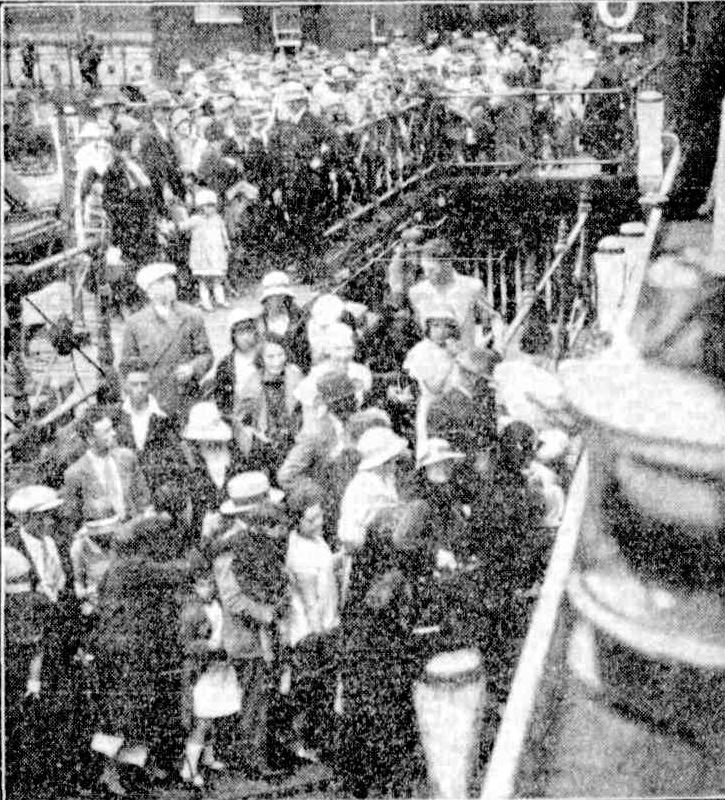
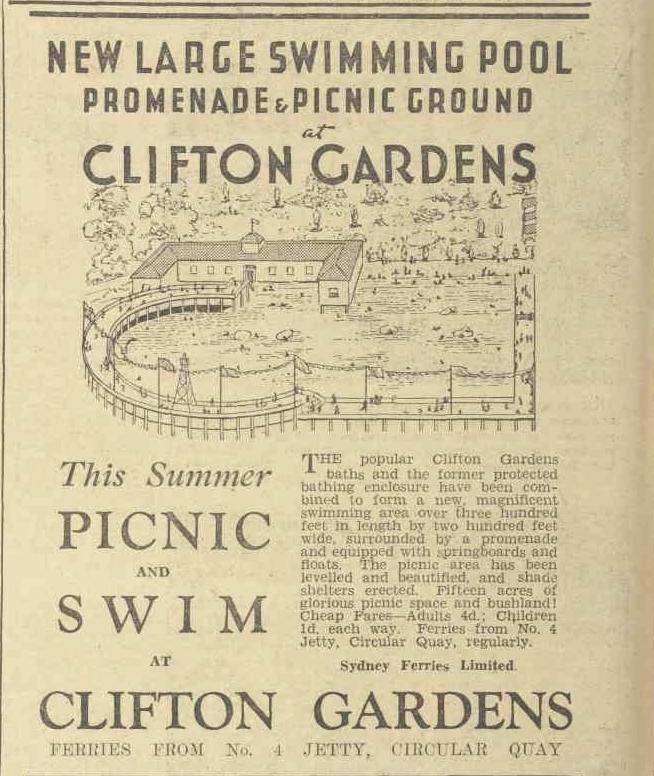
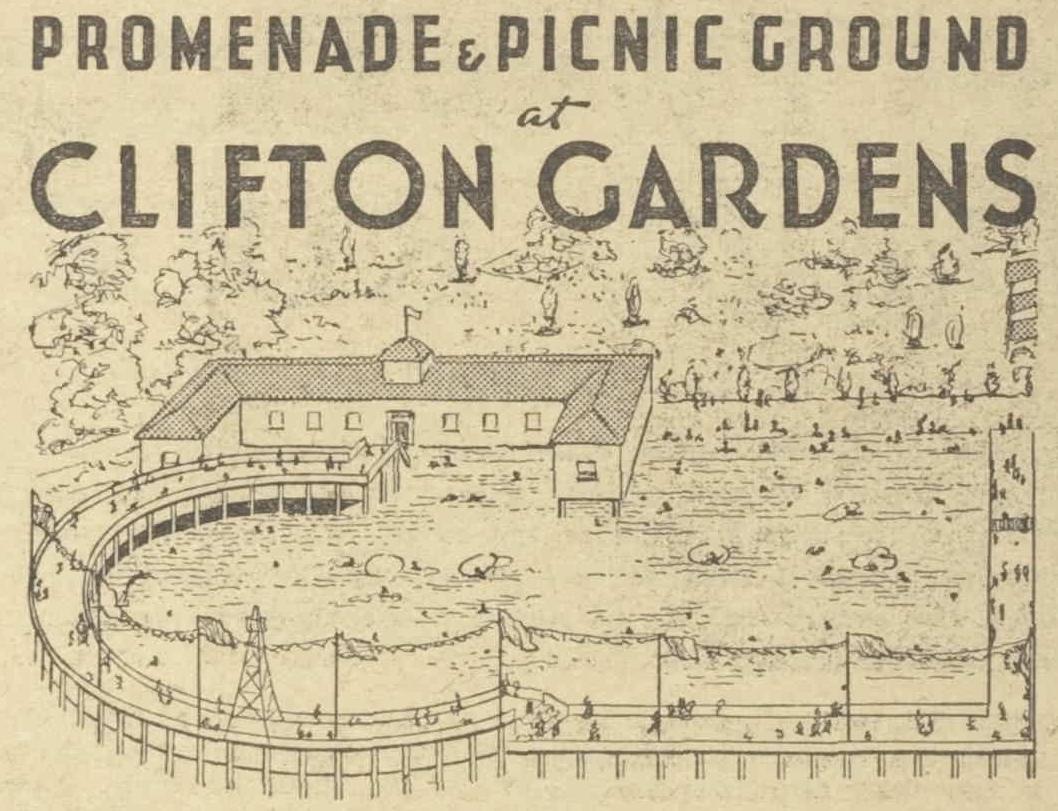
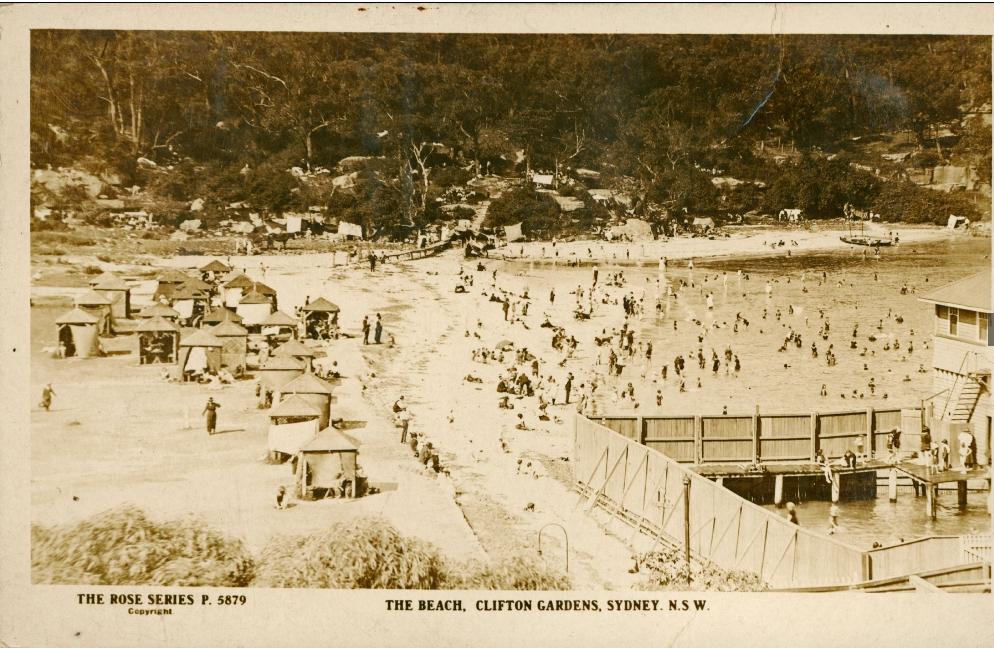
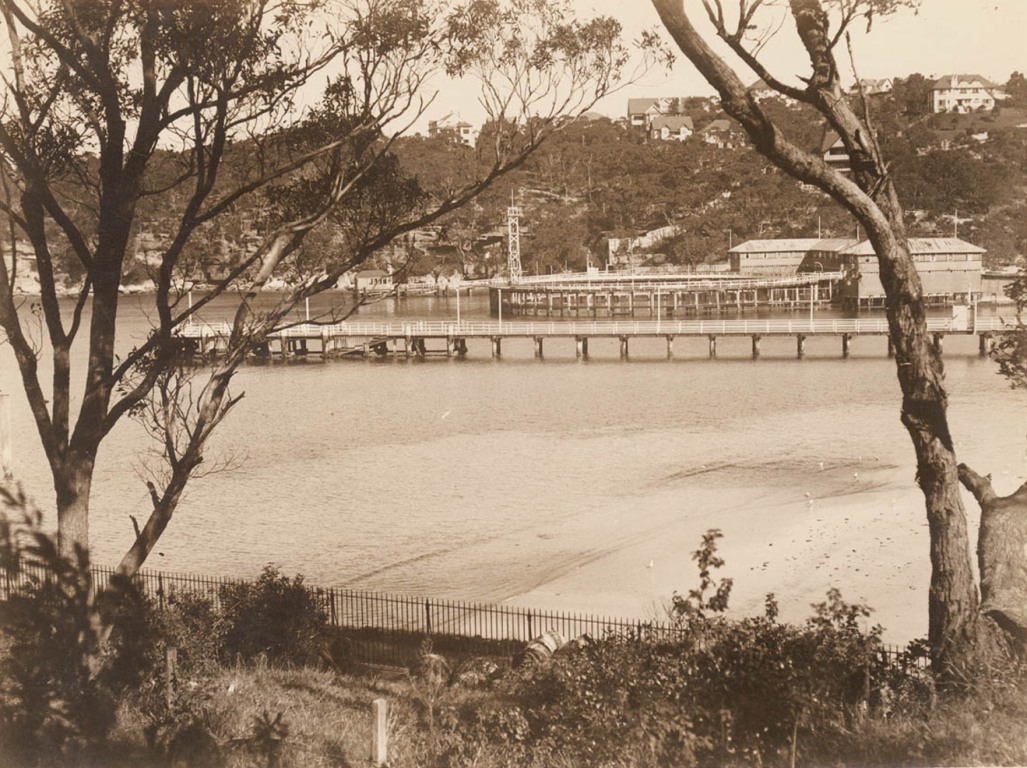

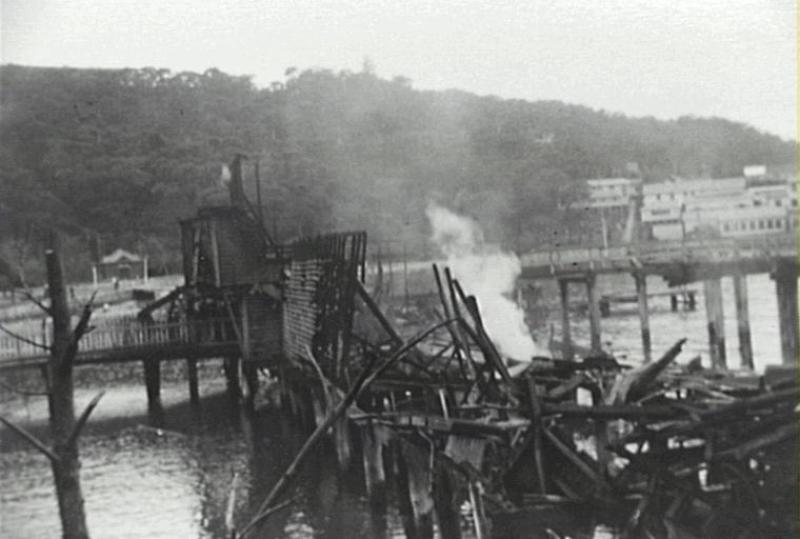
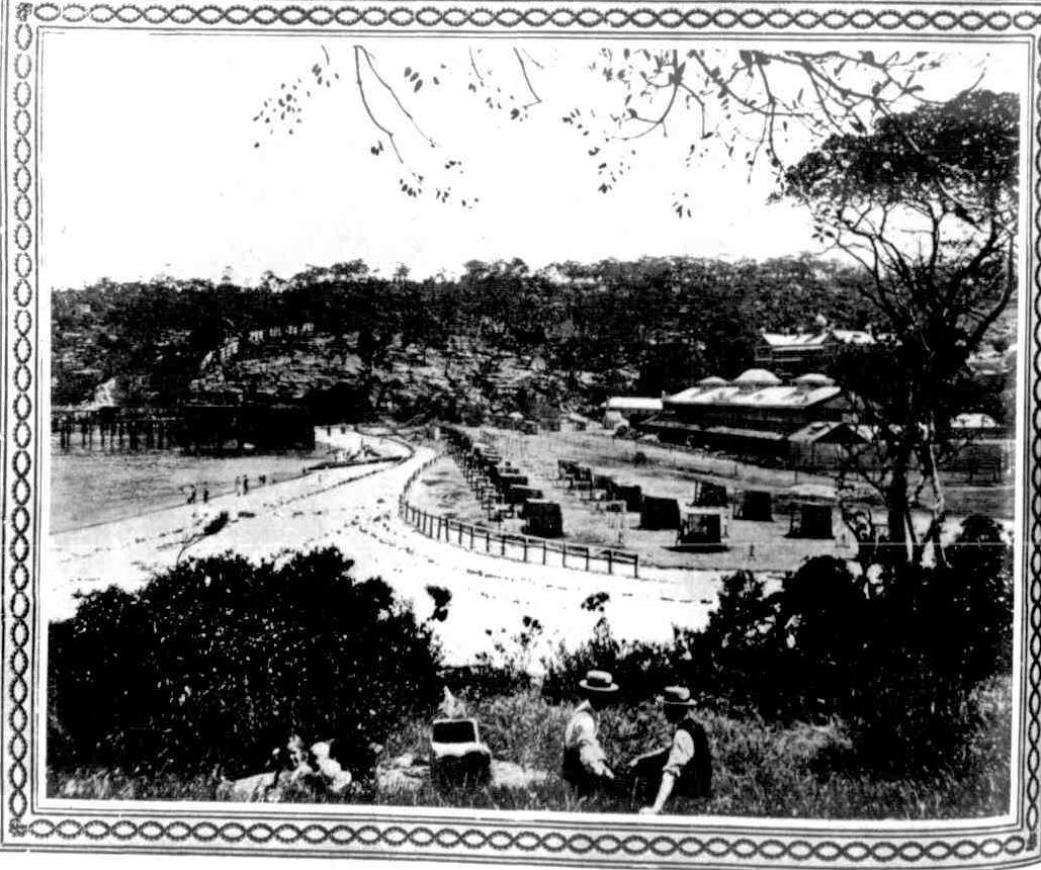
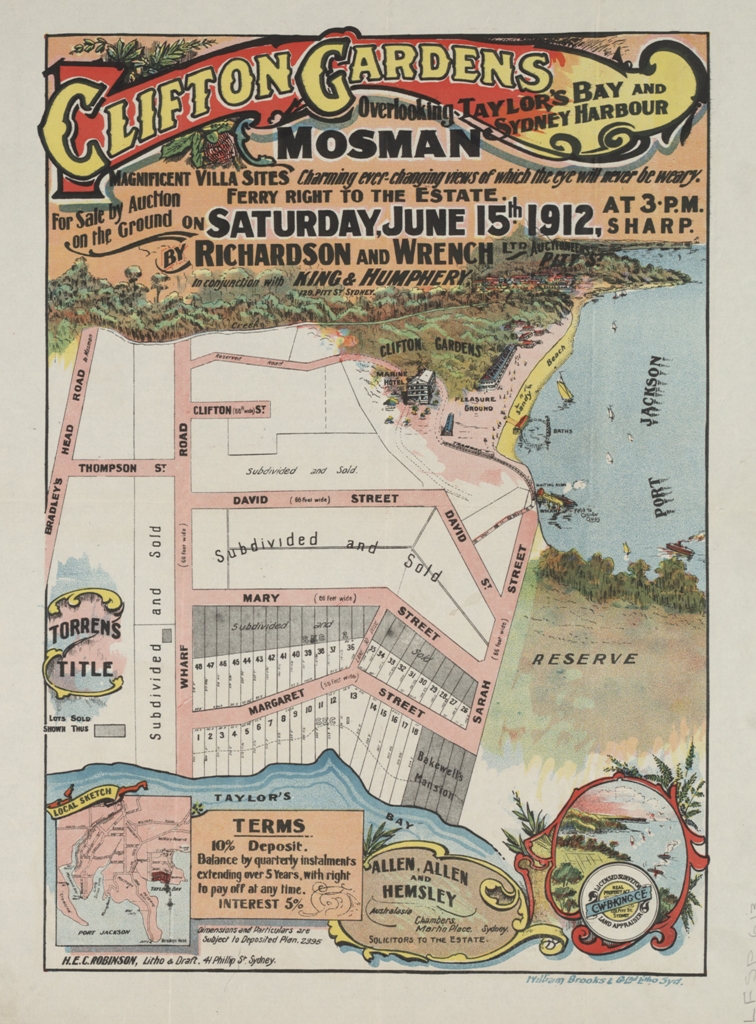
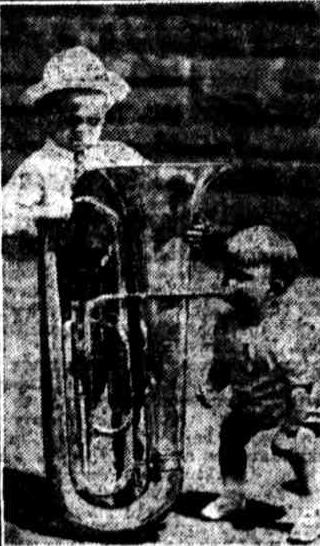
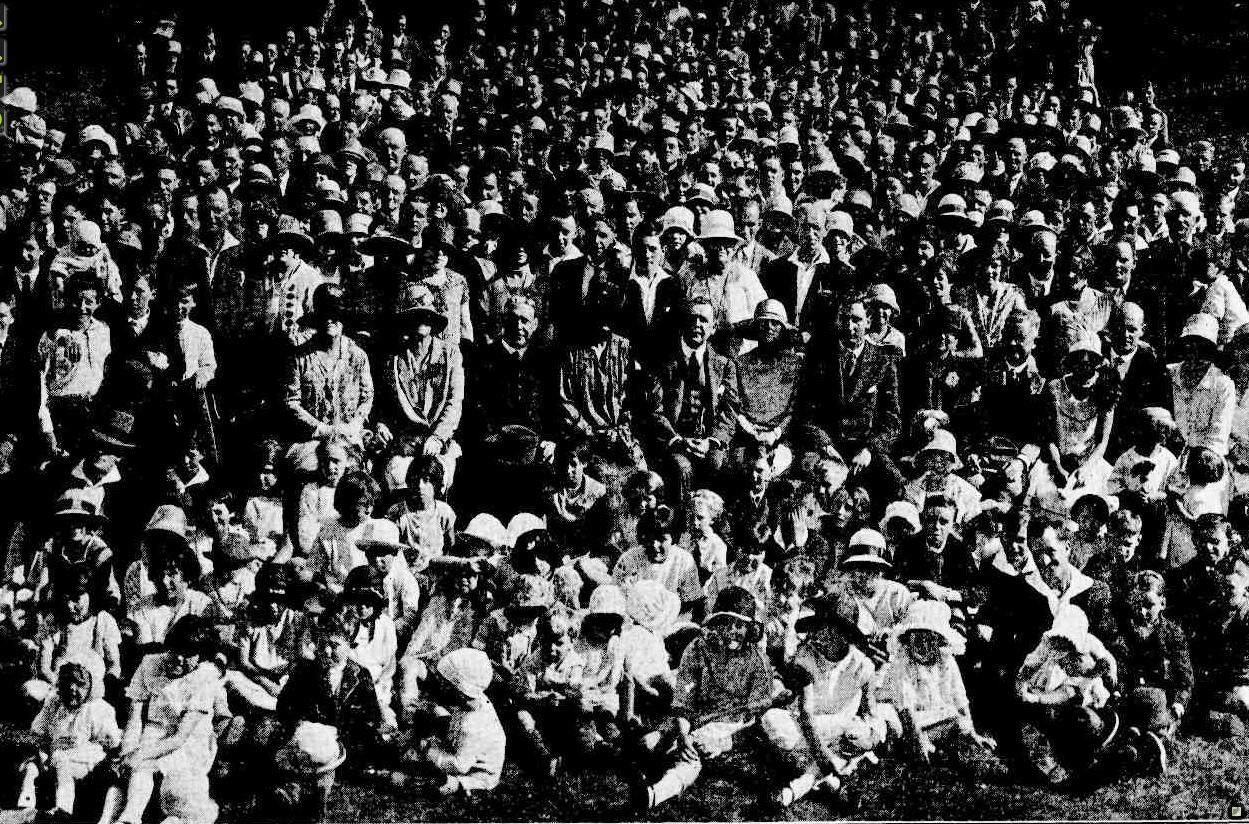

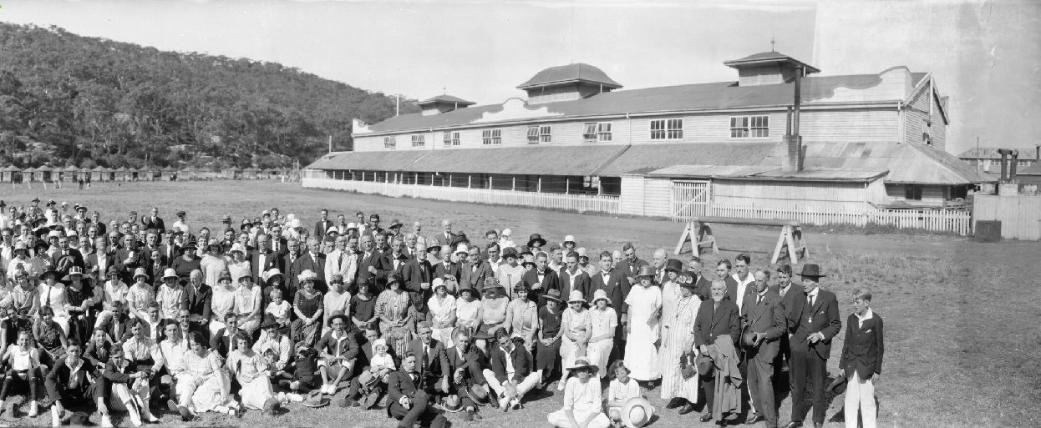
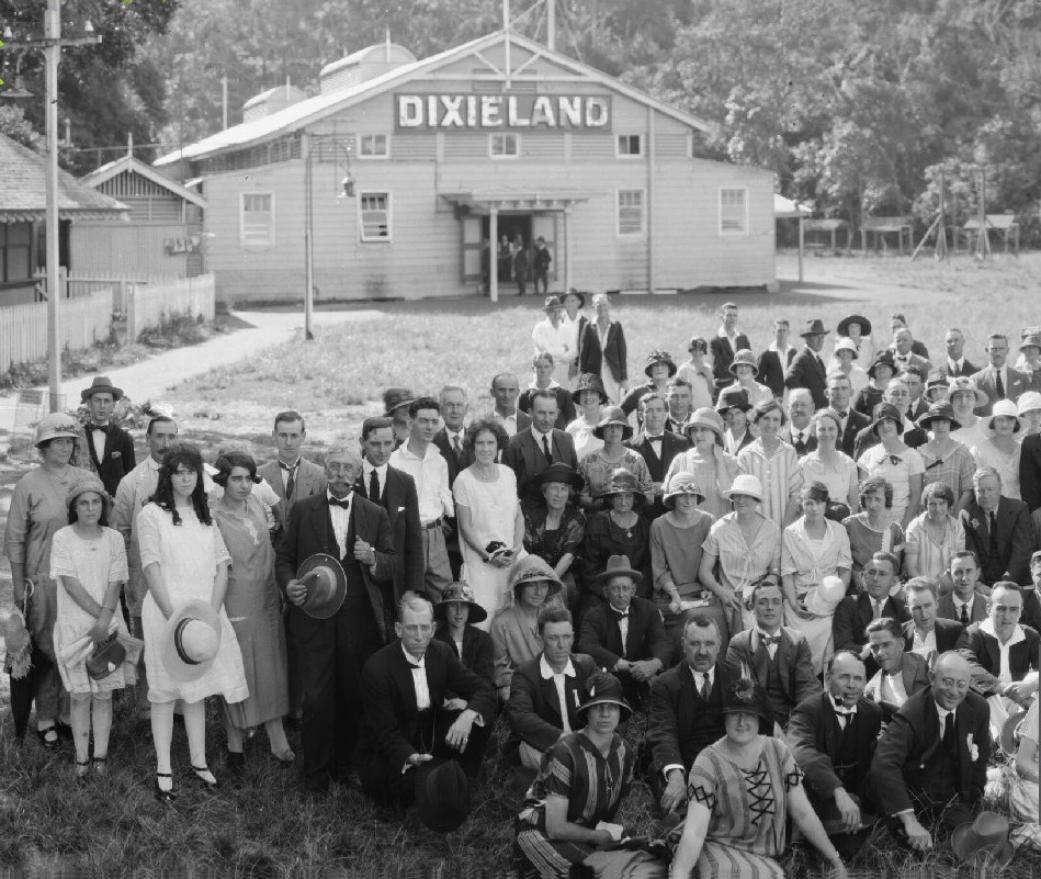
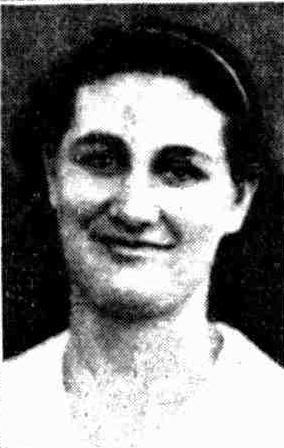
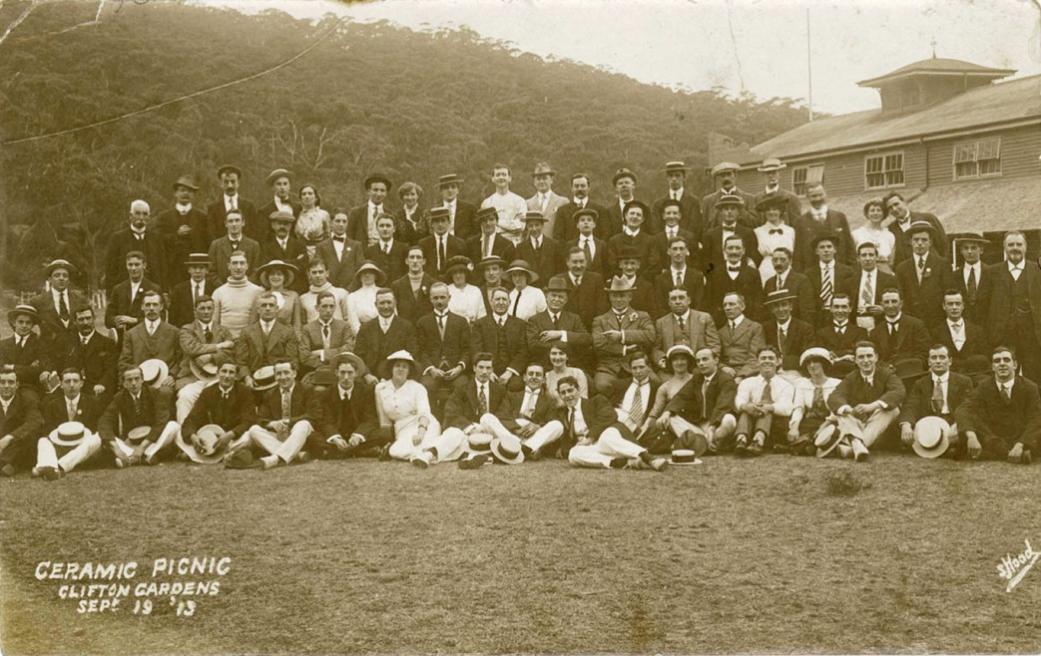
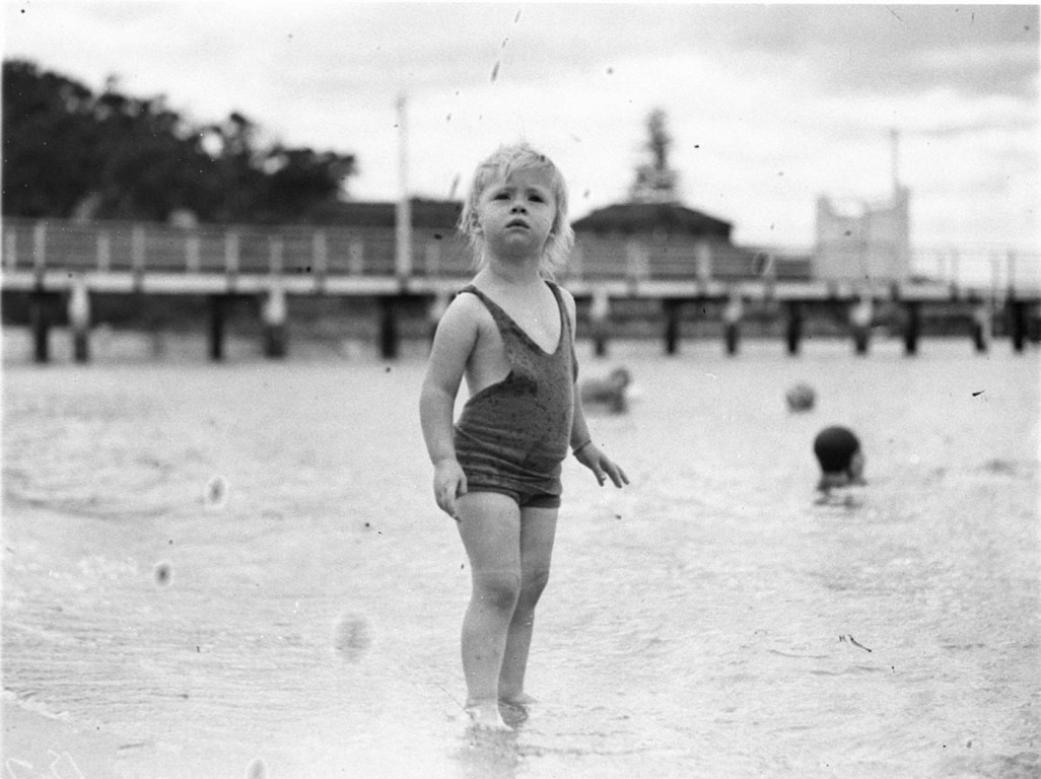
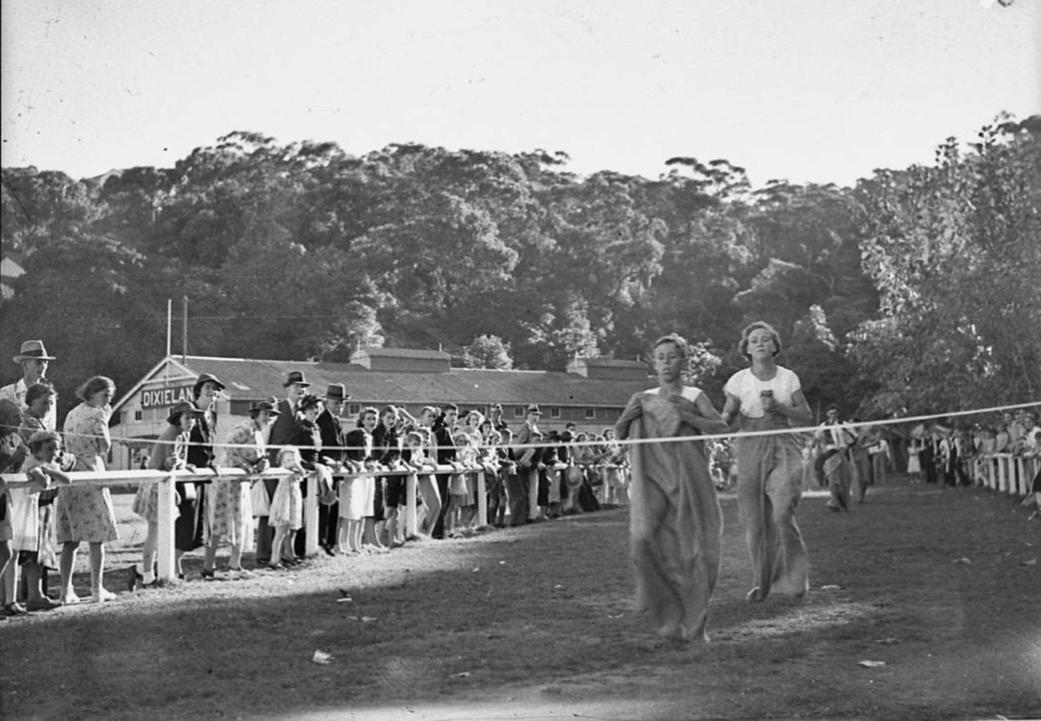


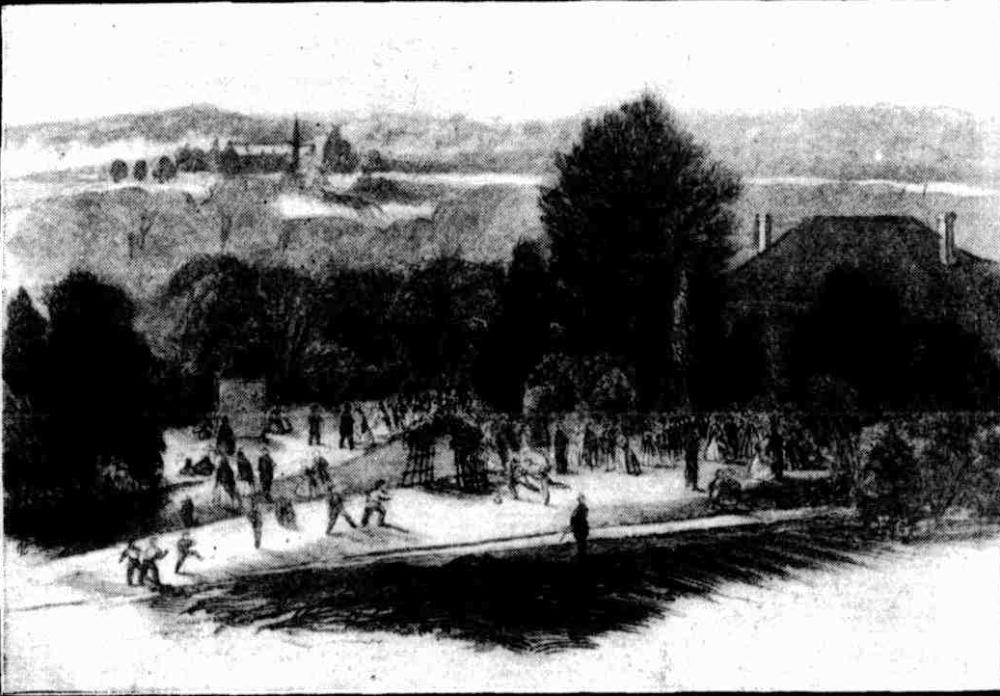
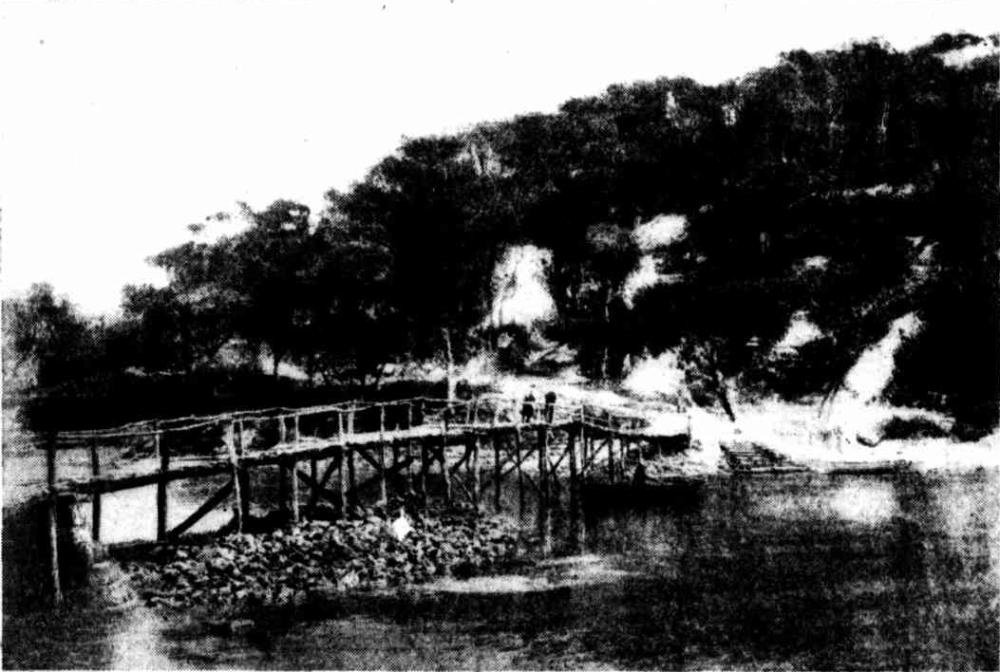
 The Dunbar, which is the property of Duncan Dunbar, Esq, of London, is the. largest ship by nearly 300 tons that has ever been built at Sunderland, where she was launched on the 30th ultimo. She was constructed at the building-yard of Mr. James Laing, by whom a large portion of Mr. Dunbar's splendid fleet, amounting now to nearly 35,000 tons, has been built. A few years ago the building of a ship of nearly 2001) tons burthen on the Wear, would have been considered a dream, and that the feat has now been accomplished is a proof of the mastery which science, capital, and perseverance have obtained over natural obstacles in these go-a head days of Free Trade and stimulating competition.
The Dunbar, which is the property of Duncan Dunbar, Esq, of London, is the. largest ship by nearly 300 tons that has ever been built at Sunderland, where she was launched on the 30th ultimo. She was constructed at the building-yard of Mr. James Laing, by whom a large portion of Mr. Dunbar's splendid fleet, amounting now to nearly 35,000 tons, has been built. A few years ago the building of a ship of nearly 2001) tons burthen on the Wear, would have been considered a dream, and that the feat has now been accomplished is a proof of the mastery which science, capital, and perseverance have obtained over natural obstacles in these go-a head days of Free Trade and stimulating competition. 
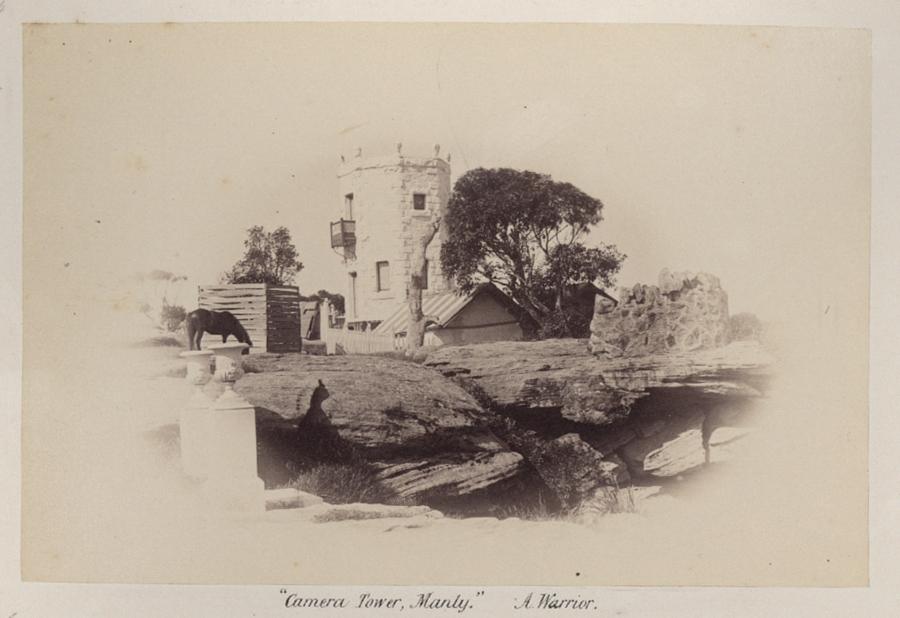
.jpg?timestamp=1492756111060)
.jpg?timestamp=1492756196391)
